Stock Photos and Images
(2,788)Stock Photos and Images
 “Lunar Animals and Other Objects” lithograph by Benjamin Henry Day (1810-1889) depicting fantastical creatures such as human-bat figures and unicorns on the Moon, inspired by the Great Moon Hoax of 1835. Photograph of an original 1935 lithograph. Stock Photohttps://www.alamy.com/image-license-details/?v=1https://www.alamy.com/lunar-animals-and-other-objects-lithograph-by-benjamin-henry-day-1810-1889-depicting-fantastical-creatures-such-as-human-bat-figures-and-unicorns-on-the-moon-inspired-by-the-great-moon-hoax-of-1835-photograph-of-an-original-1935-lithograph-image627002801.html
“Lunar Animals and Other Objects” lithograph by Benjamin Henry Day (1810-1889) depicting fantastical creatures such as human-bat figures and unicorns on the Moon, inspired by the Great Moon Hoax of 1835. Photograph of an original 1935 lithograph. Stock Photohttps://www.alamy.com/image-license-details/?v=1https://www.alamy.com/lunar-animals-and-other-objects-lithograph-by-benjamin-henry-day-1810-1889-depicting-fantastical-creatures-such-as-human-bat-figures-and-unicorns-on-the-moon-inspired-by-the-great-moon-hoax-of-1835-photograph-of-an-original-1935-lithograph-image627002801.htmlRM2YC2CD5–“Lunar Animals and Other Objects” lithograph by Benjamin Henry Day (1810-1889) depicting fantastical creatures such as human-bat figures and unicorns on the Moon, inspired by the Great Moon Hoax of 1835. Photograph of an original 1935 lithograph.
 “L’Air” (Air) illustration by George Barbier (1882-1932) depicting three figures caught in a gust of wind, surrounded by swirling leaves and a hot air balloon in an Art Deco style. Photograph from original 1925 limited edition pochoir print portfolio. Credit: Private Collection / AF Fotografie Stock Photohttps://www.alamy.com/image-license-details/?v=1https://www.alamy.com/lair-air-illustration-by-george-barbier-1882-1932-depicting-three-figures-caught-in-a-gust-of-wind-surrounded-by-swirling-leaves-and-a-hot-air-balloon-in-an-art-deco-style-photograph-from-original-1925-limited-edition-pochoir-print-portfolio-credit-private-collection-af-fotografie-image626203300.html
“L’Air” (Air) illustration by George Barbier (1882-1932) depicting three figures caught in a gust of wind, surrounded by swirling leaves and a hot air balloon in an Art Deco style. Photograph from original 1925 limited edition pochoir print portfolio. Credit: Private Collection / AF Fotografie Stock Photohttps://www.alamy.com/image-license-details/?v=1https://www.alamy.com/lair-air-illustration-by-george-barbier-1882-1932-depicting-three-figures-caught-in-a-gust-of-wind-surrounded-by-swirling-leaves-and-a-hot-air-balloon-in-an-art-deco-style-photograph-from-original-1925-limited-edition-pochoir-print-portfolio-credit-private-collection-af-fotografie-image626203300.htmlRM2YAP0KG–“L’Air” (Air) illustration by George Barbier (1882-1932) depicting three figures caught in a gust of wind, surrounded by swirling leaves and a hot air balloon in an Art Deco style. Photograph from original 1925 limited edition pochoir print portfolio. Credit: Private Collection / AF Fotografie
 “L’Eau” (Water) illustration by George Barbier (1882-1932) showing three women in bathing attire in an Art Deco style. Photographs from original 1925 limited edition pochoir print portfolio. Credit: Private Collection / AF Fotografie Stock Photohttps://www.alamy.com/image-license-details/?v=1https://www.alamy.com/leau-water-illustration-by-george-barbier-1882-1932-showing-three-women-in-bathing-attire-in-an-art-deco-style-photographs-from-original-1925-limited-edition-pochoir-print-portfolio-credit-private-collection-af-fotografie-image626203297.html
“L’Eau” (Water) illustration by George Barbier (1882-1932) showing three women in bathing attire in an Art Deco style. Photographs from original 1925 limited edition pochoir print portfolio. Credit: Private Collection / AF Fotografie Stock Photohttps://www.alamy.com/image-license-details/?v=1https://www.alamy.com/leau-water-illustration-by-george-barbier-1882-1932-showing-three-women-in-bathing-attire-in-an-art-deco-style-photographs-from-original-1925-limited-edition-pochoir-print-portfolio-credit-private-collection-af-fotografie-image626203297.htmlRM2YAP0KD–“L’Eau” (Water) illustration by George Barbier (1882-1932) showing three women in bathing attire in an Art Deco style. Photographs from original 1925 limited edition pochoir print portfolio. Credit: Private Collection / AF Fotografie
!['Les Cerises' [Cherries] Art Deco style illustration by George Barbier depicting a French couple cherry picking. Photograph from an original 1920s limited edition pochoir print portfolio. Credit: Private Collection / AF Fotografie Stock Photo 'Les Cerises' [Cherries] Art Deco style illustration by George Barbier depicting a French couple cherry picking. Photograph from an original 1920s limited edition pochoir print portfolio. Credit: Private Collection / AF Fotografie Stock Photo](https://c8.alamy.com/comp/2Y90PHB/les-cerises-cherries-art-deco-style-illustration-by-george-barbier-depicting-a-french-couple-cherry-picking-photograph-from-an-original-1920s-limited-edition-pochoir-print-portfolio-credit-private-collection-af-fotografie-2Y90PHB.jpg) 'Les Cerises' [Cherries] Art Deco style illustration by George Barbier depicting a French couple cherry picking. Photograph from an original 1920s limited edition pochoir print portfolio. Credit: Private Collection / AF Fotografie Stock Photohttps://www.alamy.com/image-license-details/?v=1https://www.alamy.com/les-cerises-cherries-art-deco-style-illustration-by-george-barbier-depicting-a-french-couple-cherry-picking-photograph-from-an-original-1920s-limited-edition-pochoir-print-portfolio-credit-private-collection-af-fotografie-image625122887.html
'Les Cerises' [Cherries] Art Deco style illustration by George Barbier depicting a French couple cherry picking. Photograph from an original 1920s limited edition pochoir print portfolio. Credit: Private Collection / AF Fotografie Stock Photohttps://www.alamy.com/image-license-details/?v=1https://www.alamy.com/les-cerises-cherries-art-deco-style-illustration-by-george-barbier-depicting-a-french-couple-cherry-picking-photograph-from-an-original-1920s-limited-edition-pochoir-print-portfolio-credit-private-collection-af-fotografie-image625122887.htmlRM2Y90PHB–'Les Cerises' [Cherries] Art Deco style illustration by George Barbier depicting a French couple cherry picking. Photograph from an original 1920s limited edition pochoir print portfolio. Credit: Private Collection / AF Fotografie
 The Cheshire Cat illustration from 'Alice's Adventures in Wonderland' by Lewis Carroll (1832-1898), artwork by Arthur Rackham (1867-1939) showing the Cheshire Cat as only a head floating in midair. Photograph from a 1907 first edition featuring Rackham’s illustrations published by William Heinemann, London and Doubleday, Page & Co, New York. Credit: AF Fotografie / Private Collection Stock Photohttps://www.alamy.com/image-license-details/?v=1https://www.alamy.com/the-cheshire-cat-illustration-from-alices-adventures-in-wonderland-by-lewis-carroll-1832-1898-artwork-by-arthur-rackham-1867-1939-showing-the-cheshire-cat-as-only-a-head-floating-in-midair-photograph-from-a-1907-first-edition-featuring-rackhams-illustrations-published-by-william-heinemann-london-and-doubleday-page-co-new-york-credit-af-fotografie-private-collection-image624943089.html
The Cheshire Cat illustration from 'Alice's Adventures in Wonderland' by Lewis Carroll (1832-1898), artwork by Arthur Rackham (1867-1939) showing the Cheshire Cat as only a head floating in midair. Photograph from a 1907 first edition featuring Rackham’s illustrations published by William Heinemann, London and Doubleday, Page & Co, New York. Credit: AF Fotografie / Private Collection Stock Photohttps://www.alamy.com/image-license-details/?v=1https://www.alamy.com/the-cheshire-cat-illustration-from-alices-adventures-in-wonderland-by-lewis-carroll-1832-1898-artwork-by-arthur-rackham-1867-1939-showing-the-cheshire-cat-as-only-a-head-floating-in-midair-photograph-from-a-1907-first-edition-featuring-rackhams-illustrations-published-by-william-heinemann-london-and-doubleday-page-co-new-york-credit-af-fotografie-private-collection-image624943089.htmlRM2Y8MH81–The Cheshire Cat illustration from 'Alice's Adventures in Wonderland' by Lewis Carroll (1832-1898), artwork by Arthur Rackham (1867-1939) showing the Cheshire Cat as only a head floating in midair. Photograph from a 1907 first edition featuring Rackham’s illustrations published by William Heinemann, London and Doubleday, Page & Co, New York. Credit: AF Fotografie / Private Collection
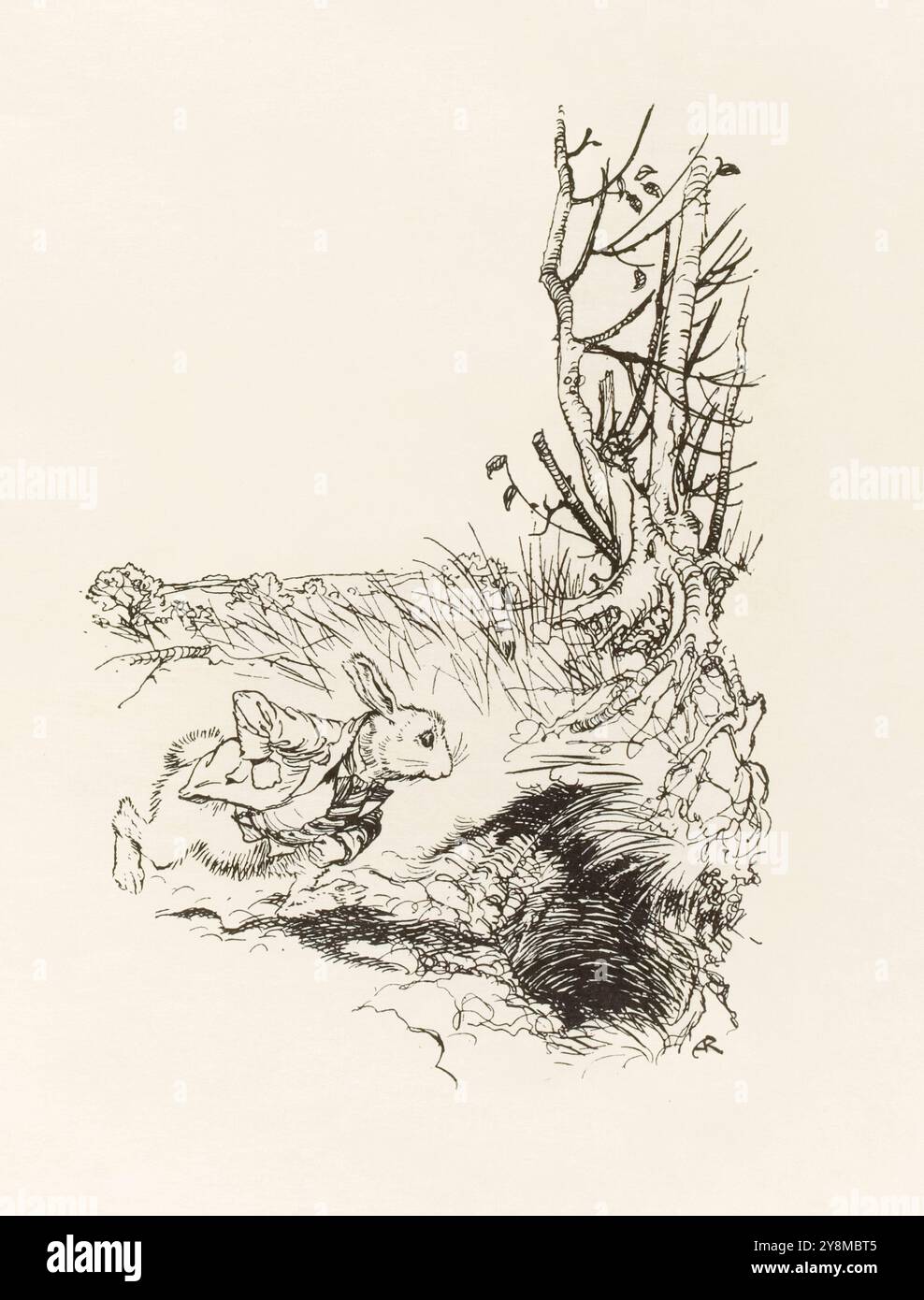 'Oh dear! Oh dear! I shall be late!' illustration from 'Alice's Adventures in Wonderland' by Lewis Carroll (1832-1898), artwork by Arthur Rackham (1867-1939) showing the White Rabbit hurrying down the rabbit-hole. Photograph from a 1907 first edition featuring Rackham’s illustrations published by William Heinemann, London and Doubleday, Page & Co, New York. Credit: AF Fotografie / Private Collection Stock Photohttps://www.alamy.com/image-license-details/?v=1https://www.alamy.com/oh-dear!-oh-dear!-i-shall-be-late!-illustration-from-alices-adventures-in-wonderland-by-lewis-carroll-1832-1898-artwork-by-arthur-rackham-1867-1939-showing-the-white-rabbit-hurrying-down-the-rabbit-hole-photograph-from-a-1907-first-edition-featuring-rackhams-illustrations-published-by-william-heinemann-london-and-doubleday-page-co-new-york-credit-af-fotografie-private-collection-image624938837.html
'Oh dear! Oh dear! I shall be late!' illustration from 'Alice's Adventures in Wonderland' by Lewis Carroll (1832-1898), artwork by Arthur Rackham (1867-1939) showing the White Rabbit hurrying down the rabbit-hole. Photograph from a 1907 first edition featuring Rackham’s illustrations published by William Heinemann, London and Doubleday, Page & Co, New York. Credit: AF Fotografie / Private Collection Stock Photohttps://www.alamy.com/image-license-details/?v=1https://www.alamy.com/oh-dear!-oh-dear!-i-shall-be-late!-illustration-from-alices-adventures-in-wonderland-by-lewis-carroll-1832-1898-artwork-by-arthur-rackham-1867-1939-showing-the-white-rabbit-hurrying-down-the-rabbit-hole-photograph-from-a-1907-first-edition-featuring-rackhams-illustrations-published-by-william-heinemann-london-and-doubleday-page-co-new-york-credit-af-fotografie-private-collection-image624938837.htmlRM2Y8MBT5–'Oh dear! Oh dear! I shall be late!' illustration from 'Alice's Adventures in Wonderland' by Lewis Carroll (1832-1898), artwork by Arthur Rackham (1867-1939) showing the White Rabbit hurrying down the rabbit-hole. Photograph from a 1907 first edition featuring Rackham’s illustrations published by William Heinemann, London and Doubleday, Page & Co, New York. Credit: AF Fotografie / Private Collection
 Poppy head (detail) symbolizing life, fertility and eternal life from a frieze running along the sides of the vestibule over the South door of the Hagia Sofia next to the 10th century Laudation of the Mother of God mosaic. Stock Photohttps://www.alamy.com/image-license-details/?v=1https://www.alamy.com/poppy-head-detail-symbolizing-life-fertility-and-eternal-life-from-a-frieze-running-along-the-sides-of-the-vestibule-over-the-south-door-of-the-hagia-sofia-next-to-the-10th-century-laudation-of-the-mother-of-god-mosaic-image623448621.html
Poppy head (detail) symbolizing life, fertility and eternal life from a frieze running along the sides of the vestibule over the South door of the Hagia Sofia next to the 10th century Laudation of the Mother of God mosaic. Stock Photohttps://www.alamy.com/image-license-details/?v=1https://www.alamy.com/poppy-head-detail-symbolizing-life-fertility-and-eternal-life-from-a-frieze-running-along-the-sides-of-the-vestibule-over-the-south-door-of-the-hagia-sofia-next-to-the-10th-century-laudation-of-the-mother-of-god-mosaic-image623448621.htmlRM2Y68F25–Poppy head (detail) symbolizing life, fertility and eternal life from a frieze running along the sides of the vestibule over the South door of the Hagia Sofia next to the 10th century Laudation of the Mother of God mosaic.
 Tab. III from Unpublished Works of the Famous Astronomers by German scientist and mathematician Tobias Mayeri (1723-1762) showing his colour triangle produced to determine how many colours could be distinguished by the human eye. Photograph from an original 1775 book published in Göttingen, Germany. Stock Photohttps://www.alamy.com/image-license-details/?v=1https://www.alamy.com/tab-iii-from-unpublished-works-of-the-famous-astronomers-by-german-scientist-and-mathematician-tobias-mayeri-1723-1762-showing-his-colour-triangle-produced-to-determine-how-many-colours-could-be-distinguished-by-the-human-eye-photograph-from-an-original-1775-book-published-in-gttingen-germany-image622248161.html
Tab. III from Unpublished Works of the Famous Astronomers by German scientist and mathematician Tobias Mayeri (1723-1762) showing his colour triangle produced to determine how many colours could be distinguished by the human eye. Photograph from an original 1775 book published in Göttingen, Germany. Stock Photohttps://www.alamy.com/image-license-details/?v=1https://www.alamy.com/tab-iii-from-unpublished-works-of-the-famous-astronomers-by-german-scientist-and-mathematician-tobias-mayeri-1723-1762-showing-his-colour-triangle-produced-to-determine-how-many-colours-could-be-distinguished-by-the-human-eye-photograph-from-an-original-1775-book-published-in-gttingen-germany-image622248161.htmlRM2Y49RTH–Tab. III from Unpublished Works of the Famous Astronomers by German scientist and mathematician Tobias Mayeri (1723-1762) showing his colour triangle produced to determine how many colours could be distinguished by the human eye. Photograph from an original 1775 book published in Göttingen, Germany.
 ‘Philalethes Veritas’ hand coloured woodcut print from Philalethes by Maffeo Vegio (1407–1458) published c.1474 showing a lover of truth in discussion with Veritas the Goddess of Truth bleeding from many wounds. Stock Photohttps://www.alamy.com/image-license-details/?v=1https://www.alamy.com/philalethes-veritas-hand-coloured-woodcut-print-from-philalethes-by-maffeo-vegio-14071458-published-c1474-showing-a-lover-of-truth-in-discussion-with-veritas-the-goddess-of-truth-bleeding-from-many-wounds-image612600696.html
‘Philalethes Veritas’ hand coloured woodcut print from Philalethes by Maffeo Vegio (1407–1458) published c.1474 showing a lover of truth in discussion with Veritas the Goddess of Truth bleeding from many wounds. Stock Photohttps://www.alamy.com/image-license-details/?v=1https://www.alamy.com/philalethes-veritas-hand-coloured-woodcut-print-from-philalethes-by-maffeo-vegio-14071458-published-c1474-showing-a-lover-of-truth-in-discussion-with-veritas-the-goddess-of-truth-bleeding-from-many-wounds-image612600696.htmlRM2XGJAC8–‘Philalethes Veritas’ hand coloured woodcut print from Philalethes by Maffeo Vegio (1407–1458) published c.1474 showing a lover of truth in discussion with Veritas the Goddess of Truth bleeding from many wounds.
 ’The Voyage to the World in the Moon’ frontispiece from ‘The strange Voyage and Adventures of Domingo Gonsales, to the World in the Moon’ by Francis Godwin (1562–1633). First published in 1638 as 'The Man in the Moone' under the pseudonym Domingo Gonsales. Engraving shows Gonsales lifting off from the island of Saint Helena; his flying machine powered by Swans and surrounded by the apparitions and Devils he met with on his journey to the moon. Photograph from a 1768 second edition published by John Lever, London. Stock Photohttps://www.alamy.com/image-license-details/?v=1https://www.alamy.com/the-voyage-to-the-world-in-the-moon-frontispiece-from-the-strange-voyage-and-adventures-of-domingo-gonsales-to-the-world-in-the-moon-by-francis-godwin-15621633-first-published-in-1638-as-the-man-in-the-moone-under-the-pseudonym-domingo-gonsales-engraving-shows-gonsales-lifting-off-from-the-island-of-saint-helena-his-flying-machine-powered-by-swans-and-surrounded-by-the-apparitions-and-devils-he-met-with-on-his-journey-to-the-moon-photograph-from-a-1768-second-edition-published-by-john-lever-london-image610850013.html
’The Voyage to the World in the Moon’ frontispiece from ‘The strange Voyage and Adventures of Domingo Gonsales, to the World in the Moon’ by Francis Godwin (1562–1633). First published in 1638 as 'The Man in the Moone' under the pseudonym Domingo Gonsales. Engraving shows Gonsales lifting off from the island of Saint Helena; his flying machine powered by Swans and surrounded by the apparitions and Devils he met with on his journey to the moon. Photograph from a 1768 second edition published by John Lever, London. Stock Photohttps://www.alamy.com/image-license-details/?v=1https://www.alamy.com/the-voyage-to-the-world-in-the-moon-frontispiece-from-the-strange-voyage-and-adventures-of-domingo-gonsales-to-the-world-in-the-moon-by-francis-godwin-15621633-first-published-in-1638-as-the-man-in-the-moone-under-the-pseudonym-domingo-gonsales-engraving-shows-gonsales-lifting-off-from-the-island-of-saint-helena-his-flying-machine-powered-by-swans-and-surrounded-by-the-apparitions-and-devils-he-met-with-on-his-journey-to-the-moon-photograph-from-a-1768-second-edition-published-by-john-lever-london-image610850013.htmlRM2XDPHBW–’The Voyage to the World in the Moon’ frontispiece from ‘The strange Voyage and Adventures of Domingo Gonsales, to the World in the Moon’ by Francis Godwin (1562–1633). First published in 1638 as 'The Man in the Moone' under the pseudonym Domingo Gonsales. Engraving shows Gonsales lifting off from the island of Saint Helena; his flying machine powered by Swans and surrounded by the apparitions and Devils he met with on his journey to the moon. Photograph from a 1768 second edition published by John Lever, London.
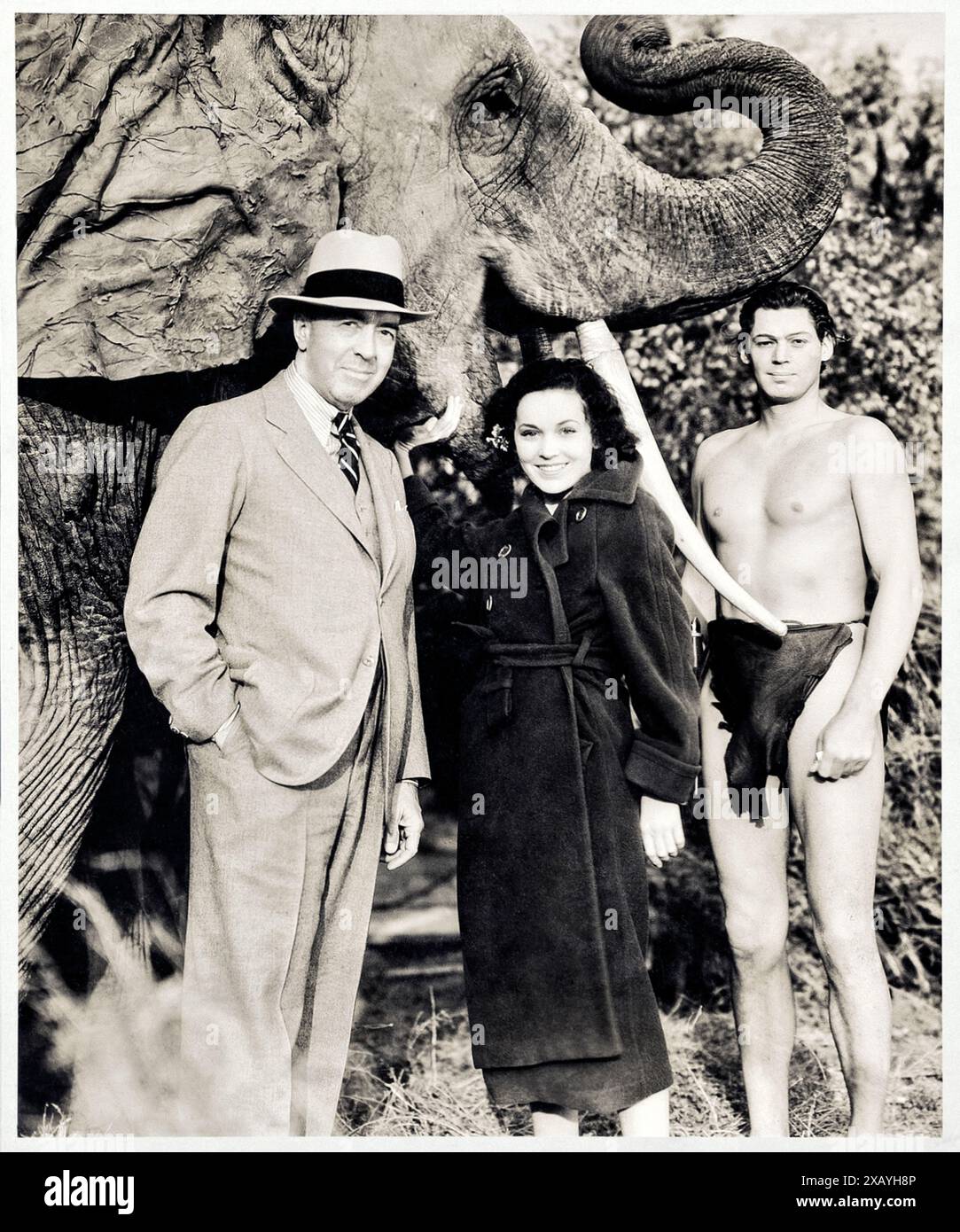 Edgar Rice Burroughs (1875-1950) with Maureen O'Sullivan (1909-1960) and Johnny Weissmuller (1904-1984) who portrayed Jane Parker and Tarzan in MGM’s adaptation of his 1912 novel Tarzan of the Apes. Photograph taken on the set of Tarzan the Ape Man (1932). Note the false tusk and ear added to the Indian elephant used in the production to make them resemble African elephants. Credit: Private Collection / AF Fotografie Stock Photohttps://www.alamy.com/image-license-details/?v=1https://www.alamy.com/edgar-rice-burroughs-1875-1950-with-maureen-osullivan-1909-1960-and-johnny-weissmuller-1904-1984-who-portrayed-jane-parker-and-tarzan-in-mgms-adaptation-of-his-1912-novel-tarzan-of-the-apes-photograph-taken-on-the-set-of-tarzan-the-ape-man-1932-note-the-false-tusk-and-ear-added-to-the-indian-elephant-used-in-the-production-to-make-them-resemble-african-elephants-credit-private-collection-af-fotografie-image609115718.html
Edgar Rice Burroughs (1875-1950) with Maureen O'Sullivan (1909-1960) and Johnny Weissmuller (1904-1984) who portrayed Jane Parker and Tarzan in MGM’s adaptation of his 1912 novel Tarzan of the Apes. Photograph taken on the set of Tarzan the Ape Man (1932). Note the false tusk and ear added to the Indian elephant used in the production to make them resemble African elephants. Credit: Private Collection / AF Fotografie Stock Photohttps://www.alamy.com/image-license-details/?v=1https://www.alamy.com/edgar-rice-burroughs-1875-1950-with-maureen-osullivan-1909-1960-and-johnny-weissmuller-1904-1984-who-portrayed-jane-parker-and-tarzan-in-mgms-adaptation-of-his-1912-novel-tarzan-of-the-apes-photograph-taken-on-the-set-of-tarzan-the-ape-man-1932-note-the-false-tusk-and-ear-added-to-the-indian-elephant-used-in-the-production-to-make-them-resemble-african-elephants-credit-private-collection-af-fotografie-image609115718.htmlRM2XAYH8P–Edgar Rice Burroughs (1875-1950) with Maureen O'Sullivan (1909-1960) and Johnny Weissmuller (1904-1984) who portrayed Jane Parker and Tarzan in MGM’s adaptation of his 1912 novel Tarzan of the Apes. Photograph taken on the set of Tarzan the Ape Man (1932). Note the false tusk and ear added to the Indian elephant used in the production to make them resemble African elephants. Credit: Private Collection / AF Fotografie
 Deesis mosaic of Jesus Christ Pantocrator completed circa 1261-1300 and situated in the upper gallery of the Hagia Sophia, Istanbul, Turkey. Stock Photohttps://www.alamy.com/image-license-details/?v=1https://www.alamy.com/deesis-mosaic-of-jesus-christ-pantocrator-completed-circa-1261-1300-and-situated-in-the-upper-gallery-of-the-hagia-sophia-istanbul-turkey-image623450254.html
Deesis mosaic of Jesus Christ Pantocrator completed circa 1261-1300 and situated in the upper gallery of the Hagia Sophia, Istanbul, Turkey. Stock Photohttps://www.alamy.com/image-license-details/?v=1https://www.alamy.com/deesis-mosaic-of-jesus-christ-pantocrator-completed-circa-1261-1300-and-situated-in-the-upper-gallery-of-the-hagia-sophia-istanbul-turkey-image623450254.htmlRM2Y68H4E–Deesis mosaic of Jesus Christ Pantocrator completed circa 1261-1300 and situated in the upper gallery of the Hagia Sophia, Istanbul, Turkey.
 Deesis mosaic (detail) Jesus Christ Pantocrator completed circa 1261-1300 and situated in the upper gallery of the Hagia Sophia, Istanbul, Turkey. Stock Photohttps://www.alamy.com/image-license-details/?v=1https://www.alamy.com/deesis-mosaic-detail-jesus-christ-pantocrator-completed-circa-1261-1300-and-situated-in-the-upper-gallery-of-the-hagia-sophia-istanbul-turkey-image600549813.html
Deesis mosaic (detail) Jesus Christ Pantocrator completed circa 1261-1300 and situated in the upper gallery of the Hagia Sophia, Istanbul, Turkey. Stock Photohttps://www.alamy.com/image-license-details/?v=1https://www.alamy.com/deesis-mosaic-detail-jesus-christ-pantocrator-completed-circa-1261-1300-and-situated-in-the-upper-gallery-of-the-hagia-sophia-istanbul-turkey-image600549813.htmlRM2WW1BBH–Deesis mosaic (detail) Jesus Christ Pantocrator completed circa 1261-1300 and situated in the upper gallery of the Hagia Sophia, Istanbul, Turkey.
 ‘Serpent-Auréole’1890 lithograph by Odilon Redon (1840-1916) showing a large snake coiled around a naked pregnant woman on a pedestal. Photograph of an original 1890 print. Credit: Private Collection / AF Fotografie Stock Photohttps://www.alamy.com/image-license-details/?v=1https://www.alamy.com/serpent-aurole1890-lithograph-by-odilon-redon-1840-1916-showing-a-large-snake-coiled-around-a-naked-pregnant-woman-on-a-pedestal-photograph-of-an-original-1890-print-credit-private-collection-af-fotografie-image596360077.html
‘Serpent-Auréole’1890 lithograph by Odilon Redon (1840-1916) showing a large snake coiled around a naked pregnant woman on a pedestal. Photograph of an original 1890 print. Credit: Private Collection / AF Fotografie Stock Photohttps://www.alamy.com/image-license-details/?v=1https://www.alamy.com/serpent-aurole1890-lithograph-by-odilon-redon-1840-1916-showing-a-large-snake-coiled-around-a-naked-pregnant-woman-on-a-pedestal-photograph-of-an-original-1890-print-credit-private-collection-af-fotografie-image596360077.htmlRM2WJ6FA5–‘Serpent-Auréole’1890 lithograph by Odilon Redon (1840-1916) showing a large snake coiled around a naked pregnant woman on a pedestal. Photograph of an original 1890 print. Credit: Private Collection / AF Fotografie
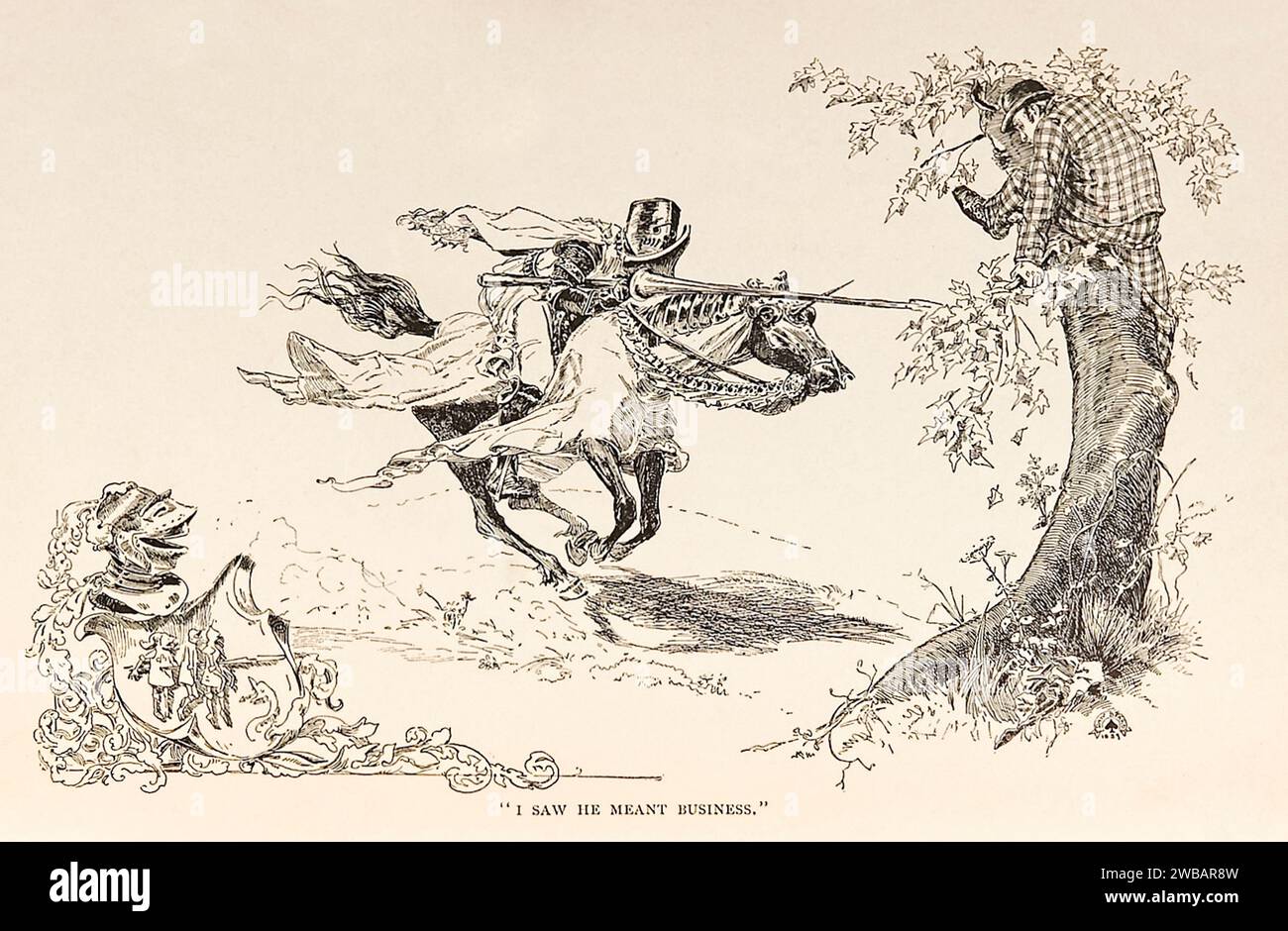 'I saw he meant business’ frontispiece illustration from ‘A Connecticut Yankee in King Arthur's Court’ by Mark Twain (1835-1910), artwork by Daniel Carter Beard (1850-1941). Photograph from an 1889 first edition. Credit: Private Collection / AF Fotografie Stock Photohttps://www.alamy.com/image-license-details/?v=1https://www.alamy.com/i-saw-he-meant-business-frontispiece-illustration-from-a-connecticut-yankee-in-king-arthurs-court-by-mark-twain-1835-1910-artwork-by-daniel-carter-beard-1850-1941-photograph-from-an-1889-first-edition-credit-private-collection-af-fotografie-image592151529.html
'I saw he meant business’ frontispiece illustration from ‘A Connecticut Yankee in King Arthur's Court’ by Mark Twain (1835-1910), artwork by Daniel Carter Beard (1850-1941). Photograph from an 1889 first edition. Credit: Private Collection / AF Fotografie Stock Photohttps://www.alamy.com/image-license-details/?v=1https://www.alamy.com/i-saw-he-meant-business-frontispiece-illustration-from-a-connecticut-yankee-in-king-arthurs-court-by-mark-twain-1835-1910-artwork-by-daniel-carter-beard-1850-1941-photograph-from-an-1889-first-edition-credit-private-collection-af-fotografie-image592151529.htmlRM2WBAR8W–'I saw he meant business’ frontispiece illustration from ‘A Connecticut Yankee in King Arthur's Court’ by Mark Twain (1835-1910), artwork by Daniel Carter Beard (1850-1941). Photograph from an 1889 first edition. Credit: Private Collection / AF Fotografie
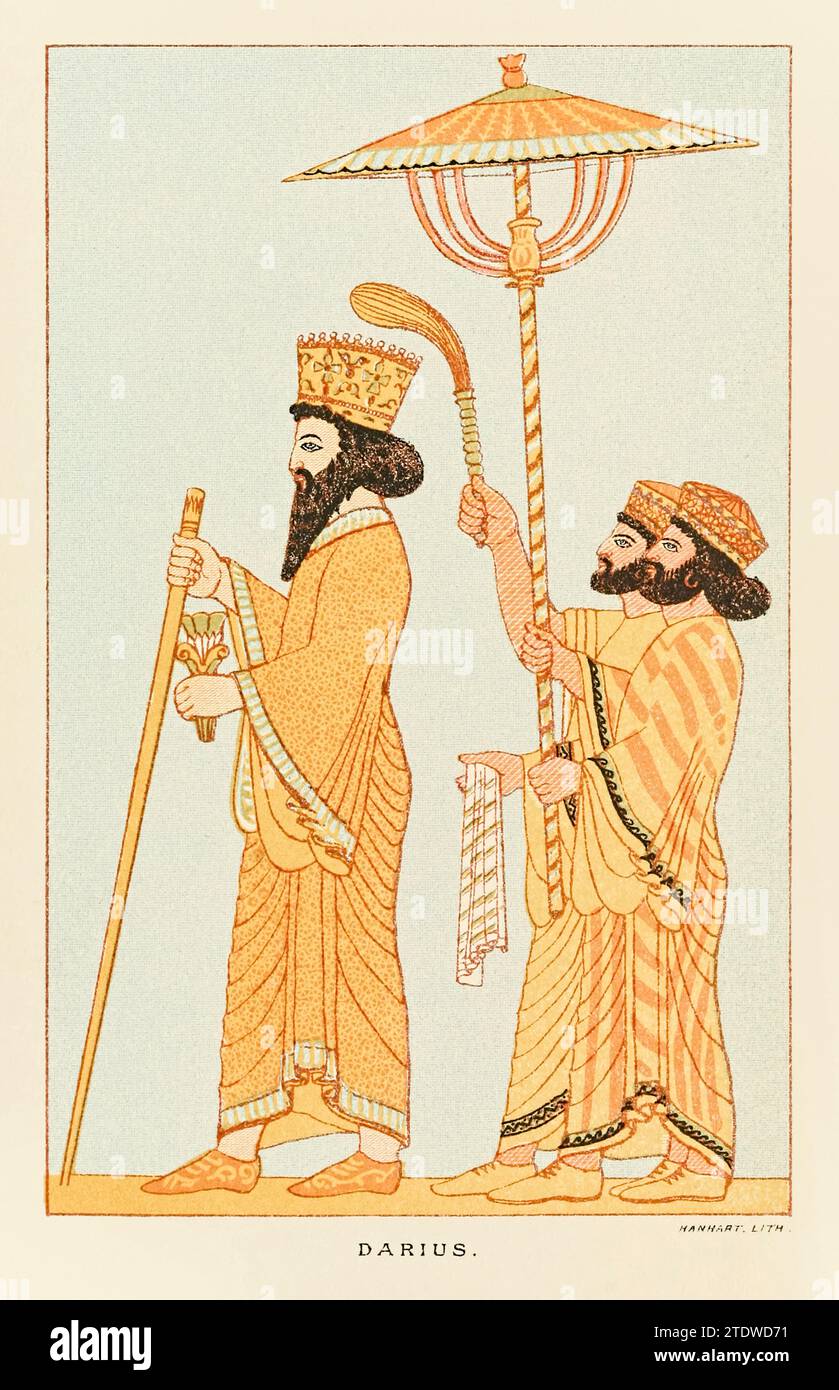 Darius the Great (522BC – 486BC) (Darius I) Persian king of the Achaemenid Empire with attendants. Photogrpah of a lithograph by M. & N. Hanhart based on an ancient frieze at the Palace of Darius I in Shush (ancient Susa), Iran. Stock Photohttps://www.alamy.com/image-license-details/?v=1https://www.alamy.com/darius-the-great-522bc-486bc-darius-i-persian-king-of-the-achaemenid-empire-with-attendants-photogrpah-of-a-lithograph-by-m-n-hanhart-based-on-an-ancient-frieze-at-the-palace-of-darius-i-in-shush-ancient-susa-iran-image576491861.html
Darius the Great (522BC – 486BC) (Darius I) Persian king of the Achaemenid Empire with attendants. Photogrpah of a lithograph by M. & N. Hanhart based on an ancient frieze at the Palace of Darius I in Shush (ancient Susa), Iran. Stock Photohttps://www.alamy.com/image-license-details/?v=1https://www.alamy.com/darius-the-great-522bc-486bc-darius-i-persian-king-of-the-achaemenid-empire-with-attendants-photogrpah-of-a-lithograph-by-m-n-hanhart-based-on-an-ancient-frieze-at-the-palace-of-darius-i-in-shush-ancient-susa-iran-image576491861.htmlRM2TDWD71–Darius the Great (522BC – 486BC) (Darius I) Persian king of the Achaemenid Empire with attendants. Photogrpah of a lithograph by M. & N. Hanhart based on an ancient frieze at the Palace of Darius I in Shush (ancient Susa), Iran.
 'The Woman of the Apocalypse and the Dragon” from the Bamberg Apocalypse medieval illuminated manuscript completed circa 1010 showing the great red dragon, with seven heads and ten horns before the woman who was about to bear a child, so that he might devour her child as soon as it was born from Revelation 12:1-6. Stock Photohttps://www.alamy.com/image-license-details/?v=1https://www.alamy.com/the-woman-of-the-apocalypse-and-the-dragon-from-the-bamberg-apocalypse-medieval-illuminated-manuscript-completed-circa-1010-showing-the-great-red-dragon-with-seven-heads-and-ten-horns-before-the-woman-who-was-about-to-bear-a-child-so-that-he-might-devour-her-child-as-soon-as-it-was-born-from-revelation-121-6-image626294109.html
'The Woman of the Apocalypse and the Dragon” from the Bamberg Apocalypse medieval illuminated manuscript completed circa 1010 showing the great red dragon, with seven heads and ten horns before the woman who was about to bear a child, so that he might devour her child as soon as it was born from Revelation 12:1-6. Stock Photohttps://www.alamy.com/image-license-details/?v=1https://www.alamy.com/the-woman-of-the-apocalypse-and-the-dragon-from-the-bamberg-apocalypse-medieval-illuminated-manuscript-completed-circa-1010-showing-the-great-red-dragon-with-seven-heads-and-ten-horns-before-the-woman-who-was-about-to-bear-a-child-so-that-he-might-devour-her-child-as-soon-as-it-was-born-from-revelation-121-6-image626294109.htmlRM2YAX4EN–'The Woman of the Apocalypse and the Dragon” from the Bamberg Apocalypse medieval illuminated manuscript completed circa 1010 showing the great red dragon, with seven heads and ten horns before the woman who was about to bear a child, so that he might devour her child as soon as it was born from Revelation 12:1-6.
 ‘The Spirit of America - Join’ 1919 recruitment poster for the American Red Cross designed by Howard Chandler Christy (1873-1952) featuring a Red Cross nurse holding the American flag. Photograph of an original restored 1919 poster. Credit: Private Collection / AF Fotografie Stock Photohttps://www.alamy.com/image-license-details/?v=1https://www.alamy.com/the-spirit-of-america-join-1919-recruitment-poster-for-the-american-red-cross-designed-by-howard-chandler-christy-1873-1952-featuring-a-red-cross-nurse-holding-the-american-flag-photograph-of-an-original-restored-1919-poster-credit-private-collection-af-fotografie-image602407103.html
‘The Spirit of America - Join’ 1919 recruitment poster for the American Red Cross designed by Howard Chandler Christy (1873-1952) featuring a Red Cross nurse holding the American flag. Photograph of an original restored 1919 poster. Credit: Private Collection / AF Fotografie Stock Photohttps://www.alamy.com/image-license-details/?v=1https://www.alamy.com/the-spirit-of-america-join-1919-recruitment-poster-for-the-american-red-cross-designed-by-howard-chandler-christy-1873-1952-featuring-a-red-cross-nurse-holding-the-american-flag-photograph-of-an-original-restored-1919-poster-credit-private-collection-af-fotografie-image602407103.htmlRM2X020BB–‘The Spirit of America - Join’ 1919 recruitment poster for the American Red Cross designed by Howard Chandler Christy (1873-1952) featuring a Red Cross nurse holding the American flag. Photograph of an original restored 1919 poster. Credit: Private Collection / AF Fotografie
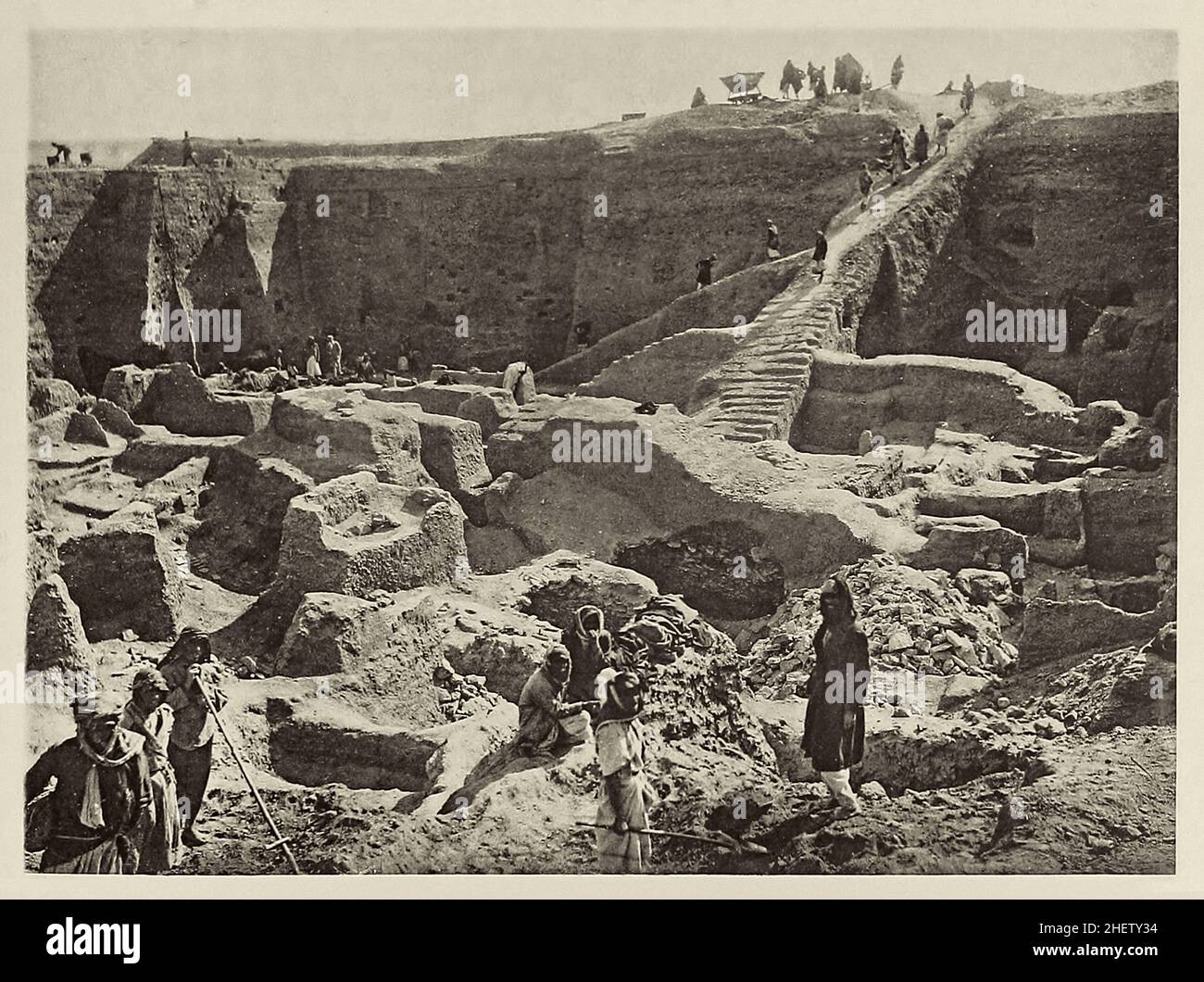 General view of the Ur Royal Cemetery excavations looking South-East showing the grave of Meskalamdug the royal tomb and the great death pit. Photograph taken in 1928 during the Joint Expedition to Mesopotamia by the British Museum and the Museum of the University of Pennsylvania. Stock Photohttps://www.alamy.com/image-license-details/?v=1https://www.alamy.com/general-view-of-the-ur-royal-cemetery-excavations-looking-south-east-showing-the-grave-of-meskalamdug-the-royal-tomb-and-the-great-death-pit-photograph-taken-in-1928-during-the-joint-expedition-to-mesopotamia-by-the-british-museum-and-the-museum-of-the-university-of-pennsylvania-image456622856.html
General view of the Ur Royal Cemetery excavations looking South-East showing the grave of Meskalamdug the royal tomb and the great death pit. Photograph taken in 1928 during the Joint Expedition to Mesopotamia by the British Museum and the Museum of the University of Pennsylvania. Stock Photohttps://www.alamy.com/image-license-details/?v=1https://www.alamy.com/general-view-of-the-ur-royal-cemetery-excavations-looking-south-east-showing-the-grave-of-meskalamdug-the-royal-tomb-and-the-great-death-pit-photograph-taken-in-1928-during-the-joint-expedition-to-mesopotamia-by-the-british-museum-and-the-museum-of-the-university-of-pennsylvania-image456622856.htmlRM2HETY34–General view of the Ur Royal Cemetery excavations looking South-East showing the grave of Meskalamdug the royal tomb and the great death pit. Photograph taken in 1928 during the Joint Expedition to Mesopotamia by the British Museum and the Museum of the University of Pennsylvania.
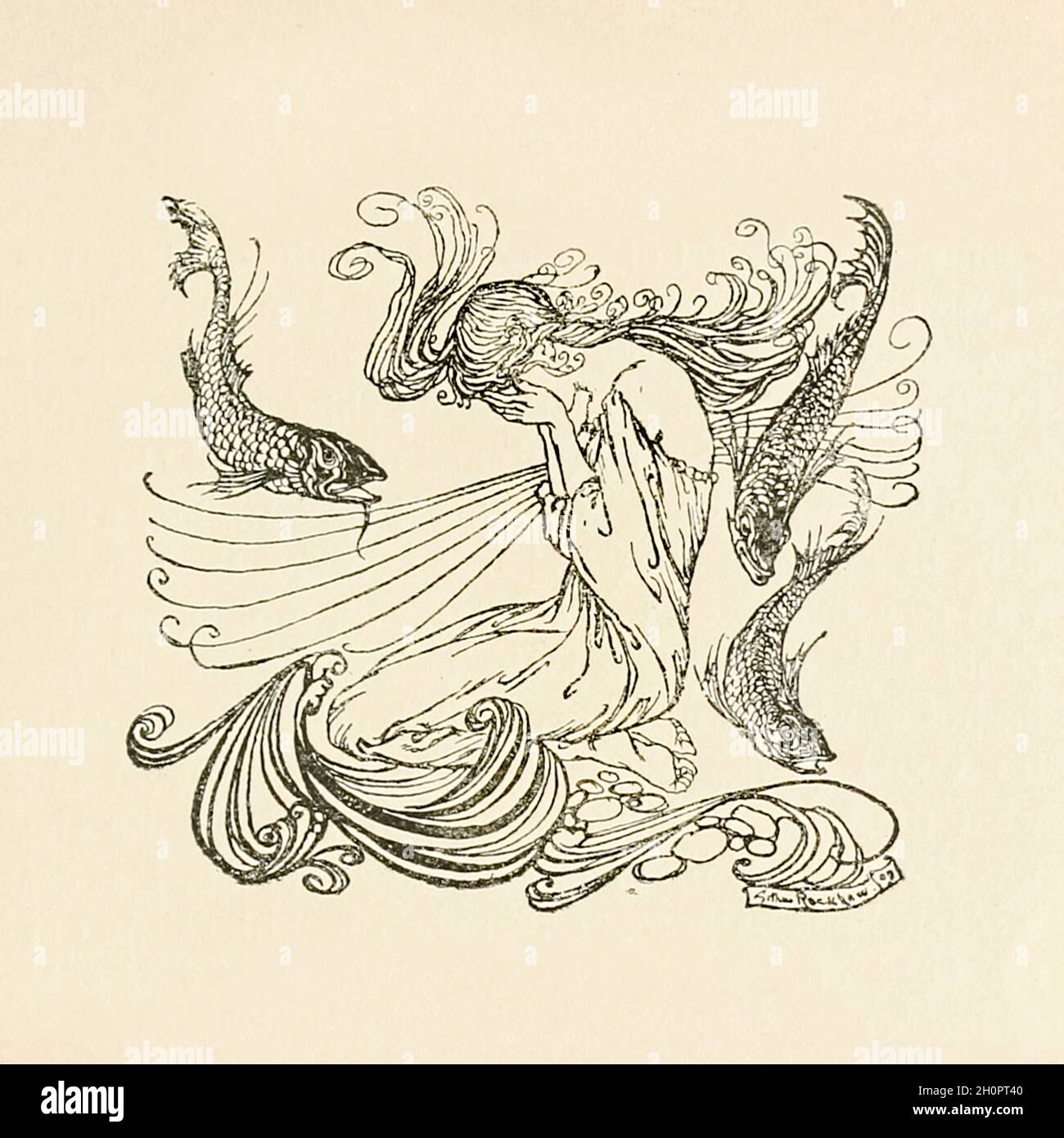 Undine rises from the fountain weeping from ‘Undine’ illustrated by Arthur Rackham (1867-1939). Photograph of an original illustration from a 1909 first edition. Stock Photohttps://www.alamy.com/image-license-details/?v=1https://www.alamy.com/undine-rises-from-the-fountain-weeping-from-undine-illustrated-by-arthur-rackham-1867-1939-photograph-of-an-original-illustration-from-a-1909-first-edition-image447971440.html
Undine rises from the fountain weeping from ‘Undine’ illustrated by Arthur Rackham (1867-1939). Photograph of an original illustration from a 1909 first edition. Stock Photohttps://www.alamy.com/image-license-details/?v=1https://www.alamy.com/undine-rises-from-the-fountain-weeping-from-undine-illustrated-by-arthur-rackham-1867-1939-photograph-of-an-original-illustration-from-a-1909-first-edition-image447971440.htmlRM2H0PT40–Undine rises from the fountain weeping from ‘Undine’ illustrated by Arthur Rackham (1867-1939). Photograph of an original illustration from a 1909 first edition.
 ‘Instead of sweetmeats about a score of demons’ from ‘Folk-tales of Bengal’ by Lal Behari Day (1824-1882), illustration by Warwick Goble (1862-1972). Photograph from a 1912 edition. Credit: Private Collection / AF Fotografie Stock Photohttps://www.alamy.com/image-license-details/?v=1https://www.alamy.com/instead-of-sweetmeats-about-a-score-of-demons-from-folk-tales-of-bengal-by-lal-behari-day-1824-1882-illustration-by-warwick-goble-1862-1972-photograph-from-a-1912-edition-credit-private-collection-af-fotografie-image575787730.html
‘Instead of sweetmeats about a score of demons’ from ‘Folk-tales of Bengal’ by Lal Behari Day (1824-1882), illustration by Warwick Goble (1862-1972). Photograph from a 1912 edition. Credit: Private Collection / AF Fotografie Stock Photohttps://www.alamy.com/image-license-details/?v=1https://www.alamy.com/instead-of-sweetmeats-about-a-score-of-demons-from-folk-tales-of-bengal-by-lal-behari-day-1824-1882-illustration-by-warwick-goble-1862-1972-photograph-from-a-1912-edition-credit-private-collection-af-fotografie-image575787730.htmlRM2TCNB3E–‘Instead of sweetmeats about a score of demons’ from ‘Folk-tales of Bengal’ by Lal Behari Day (1824-1882), illustration by Warwick Goble (1862-1972). Photograph from a 1912 edition. Credit: Private Collection / AF Fotografie
 ‘They approached a magnificent pile of buildings’ from ‘Folk-tales of Bengal’ by Lal Behari Day (1824-1882), illustration by Warwick Goble (1862-1972). Photograph from a 1912 edition. Credit: Private Collection / AF Fotografie Stock Photohttps://www.alamy.com/image-license-details/?v=1https://www.alamy.com/they-approached-a-magnificent-pile-of-buildings-from-folk-tales-of-bengal-by-lal-behari-day-1824-1882-illustration-by-warwick-goble-1862-1972-photograph-from-a-1912-edition-credit-private-collection-af-fotografie-image575788390.html
‘They approached a magnificent pile of buildings’ from ‘Folk-tales of Bengal’ by Lal Behari Day (1824-1882), illustration by Warwick Goble (1862-1972). Photograph from a 1912 edition. Credit: Private Collection / AF Fotografie Stock Photohttps://www.alamy.com/image-license-details/?v=1https://www.alamy.com/they-approached-a-magnificent-pile-of-buildings-from-folk-tales-of-bengal-by-lal-behari-day-1824-1882-illustration-by-warwick-goble-1862-1972-photograph-from-a-1912-edition-credit-private-collection-af-fotografie-image575788390.htmlRM2TCNBY2–‘They approached a magnificent pile of buildings’ from ‘Folk-tales of Bengal’ by Lal Behari Day (1824-1882), illustration by Warwick Goble (1862-1972). Photograph from a 1912 edition. Credit: Private Collection / AF Fotografie
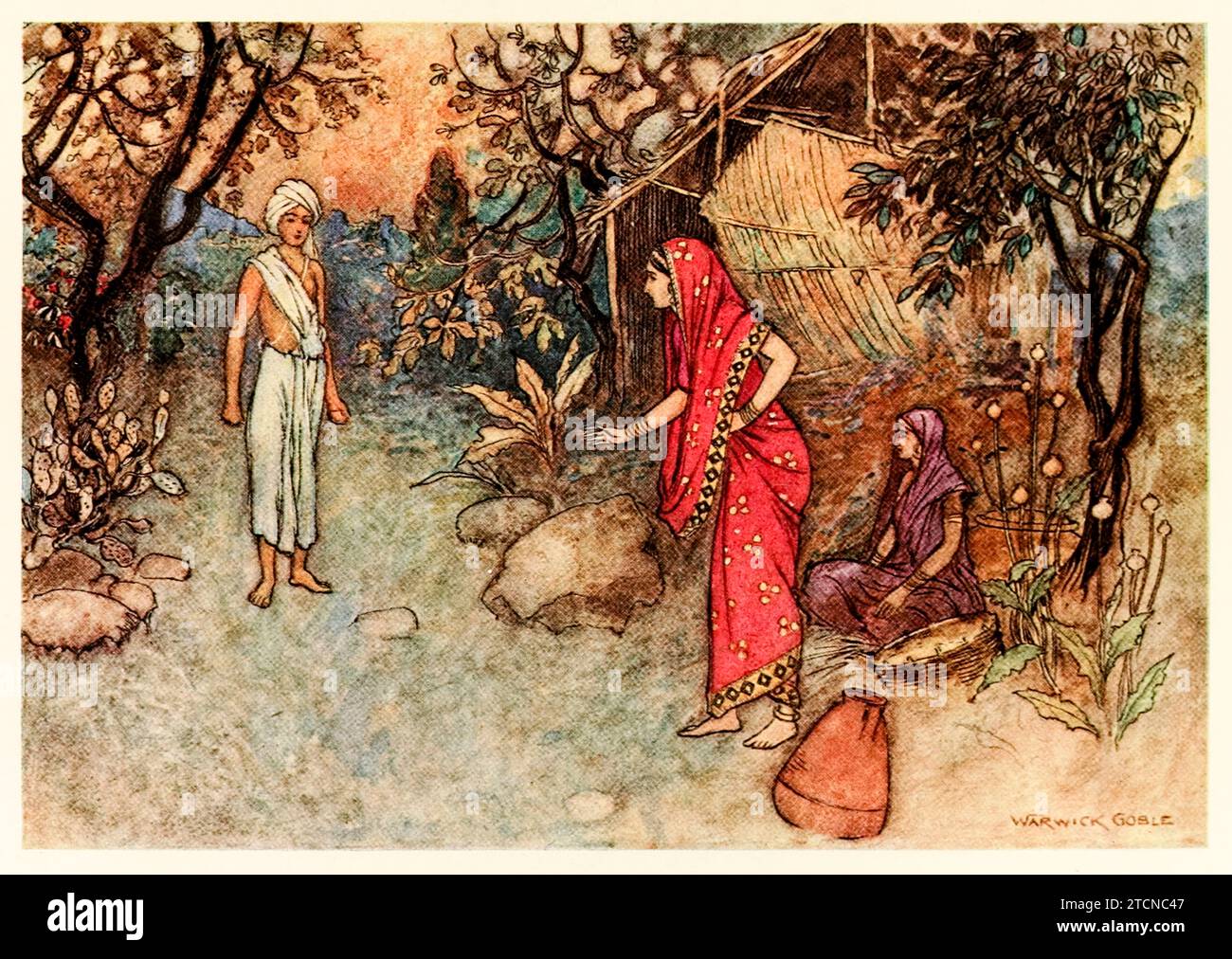 ‘How is it that you have returned so soon’ from ‘Folk-tales of Bengal’ by Lal Behari Day (1824-1882), illustration by Warwick Goble (1862-1972). Photograph from a 1912 edition. Credit: Private Collection / AF Fotografie Stock Photohttps://www.alamy.com/image-license-details/?v=1https://www.alamy.com/how-is-it-that-you-have-returned-so-soon-from-folk-tales-of-bengal-by-lal-behari-day-1824-1882-illustration-by-warwick-goble-1862-1972-photograph-from-a-1912-edition-credit-private-collection-af-fotografie-image575788535.html
‘How is it that you have returned so soon’ from ‘Folk-tales of Bengal’ by Lal Behari Day (1824-1882), illustration by Warwick Goble (1862-1972). Photograph from a 1912 edition. Credit: Private Collection / AF Fotografie Stock Photohttps://www.alamy.com/image-license-details/?v=1https://www.alamy.com/how-is-it-that-you-have-returned-so-soon-from-folk-tales-of-bengal-by-lal-behari-day-1824-1882-illustration-by-warwick-goble-1862-1972-photograph-from-a-1912-edition-credit-private-collection-af-fotografie-image575788535.htmlRM2TCNC47–‘How is it that you have returned so soon’ from ‘Folk-tales of Bengal’ by Lal Behari Day (1824-1882), illustration by Warwick Goble (1862-1972). Photograph from a 1912 edition. Credit: Private Collection / AF Fotografie
 ‘She rushed out of the palace… and came to the upper world’ Frontispiece from ‘Folk-tales of Bengal’ by Lal Behari Day (1824-1882), illustration by Warwick Goble (1862-1972). Photograph from a 1912 edition. Credit: Private Collection / AF Fotografie Stock Photohttps://www.alamy.com/image-license-details/?v=1https://www.alamy.com/she-rushed-out-of-the-palace-and-came-to-the-upper-world-frontispiece-from-folk-tales-of-bengal-by-lal-behari-day-1824-1882-illustration-by-warwick-goble-1862-1972-photograph-from-a-1912-edition-credit-private-collection-af-fotografie-image575787901.html
‘She rushed out of the palace… and came to the upper world’ Frontispiece from ‘Folk-tales of Bengal’ by Lal Behari Day (1824-1882), illustration by Warwick Goble (1862-1972). Photograph from a 1912 edition. Credit: Private Collection / AF Fotografie Stock Photohttps://www.alamy.com/image-license-details/?v=1https://www.alamy.com/she-rushed-out-of-the-palace-and-came-to-the-upper-world-frontispiece-from-folk-tales-of-bengal-by-lal-behari-day-1824-1882-illustration-by-warwick-goble-1862-1972-photograph-from-a-1912-edition-credit-private-collection-af-fotografie-image575787901.htmlRM2TCNB9H–‘She rushed out of the palace… and came to the upper world’ Frontispiece from ‘Folk-tales of Bengal’ by Lal Behari Day (1824-1882), illustration by Warwick Goble (1862-1972). Photograph from a 1912 edition. Credit: Private Collection / AF Fotografie
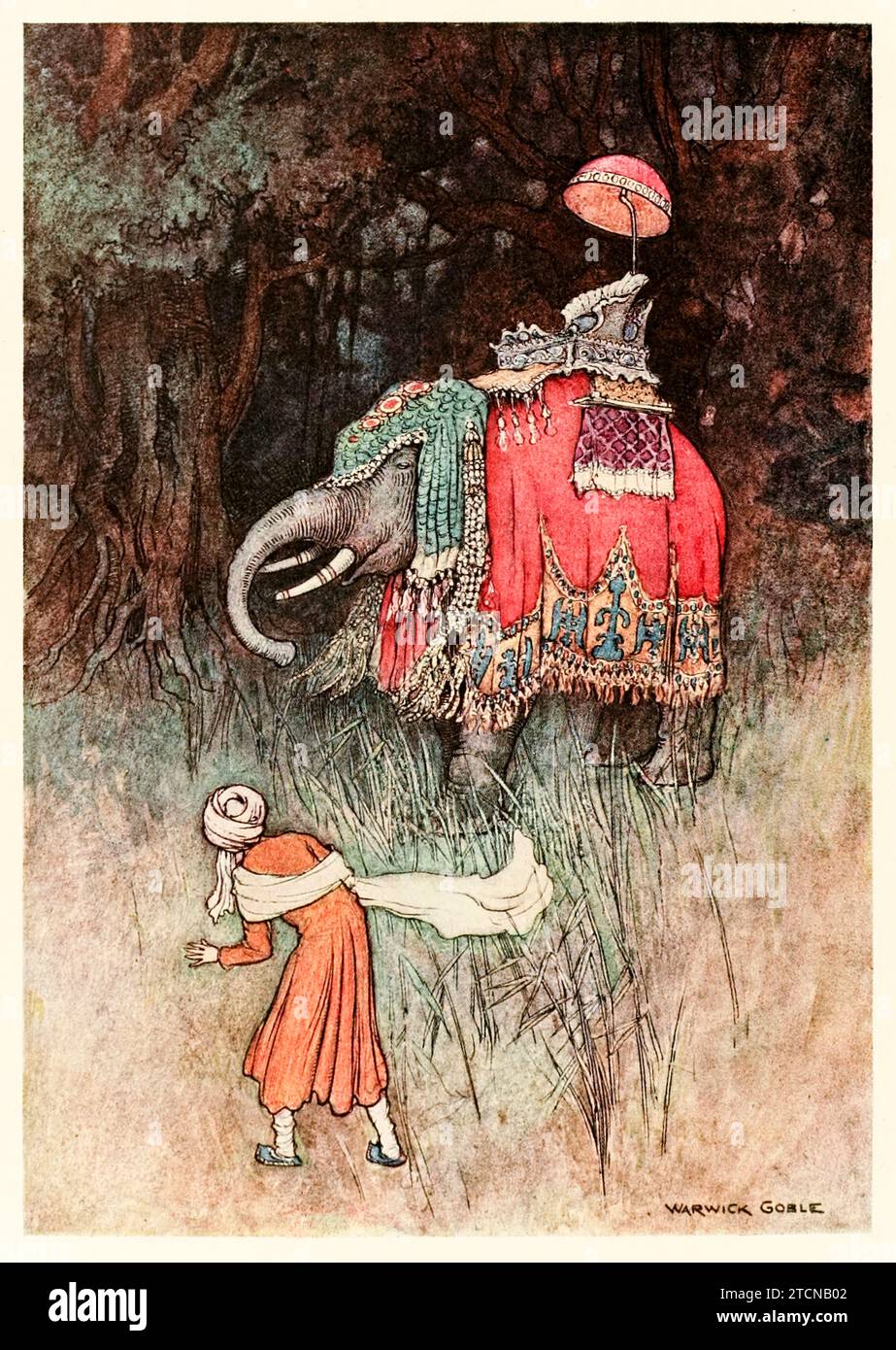 ‘On a sudden an elephant gorgeously caparisoned shot across his path’ from ‘Folk-tales of Bengal’ by Lal Behari Day (1824-1882), illustration by Warwick Goble (1862-1972). Photograph from a 1912 edition. Credit: Private Collection / AF Fotografie Stock Photohttps://www.alamy.com/image-license-details/?v=1https://www.alamy.com/on-a-sudden-an-elephant-gorgeously-caparisoned-shot-across-his-path-from-folk-tales-of-bengal-by-lal-behari-day-1824-1882-illustration-by-warwick-goble-1862-1972-photograph-from-a-1912-edition-credit-private-collection-af-fotografie-image575787634.html
‘On a sudden an elephant gorgeously caparisoned shot across his path’ from ‘Folk-tales of Bengal’ by Lal Behari Day (1824-1882), illustration by Warwick Goble (1862-1972). Photograph from a 1912 edition. Credit: Private Collection / AF Fotografie Stock Photohttps://www.alamy.com/image-license-details/?v=1https://www.alamy.com/on-a-sudden-an-elephant-gorgeously-caparisoned-shot-across-his-path-from-folk-tales-of-bengal-by-lal-behari-day-1824-1882-illustration-by-warwick-goble-1862-1972-photograph-from-a-1912-edition-credit-private-collection-af-fotografie-image575787634.htmlRM2TCNB02–‘On a sudden an elephant gorgeously caparisoned shot across his path’ from ‘Folk-tales of Bengal’ by Lal Behari Day (1824-1882), illustration by Warwick Goble (1862-1972). Photograph from a 1912 edition. Credit: Private Collection / AF Fotografie
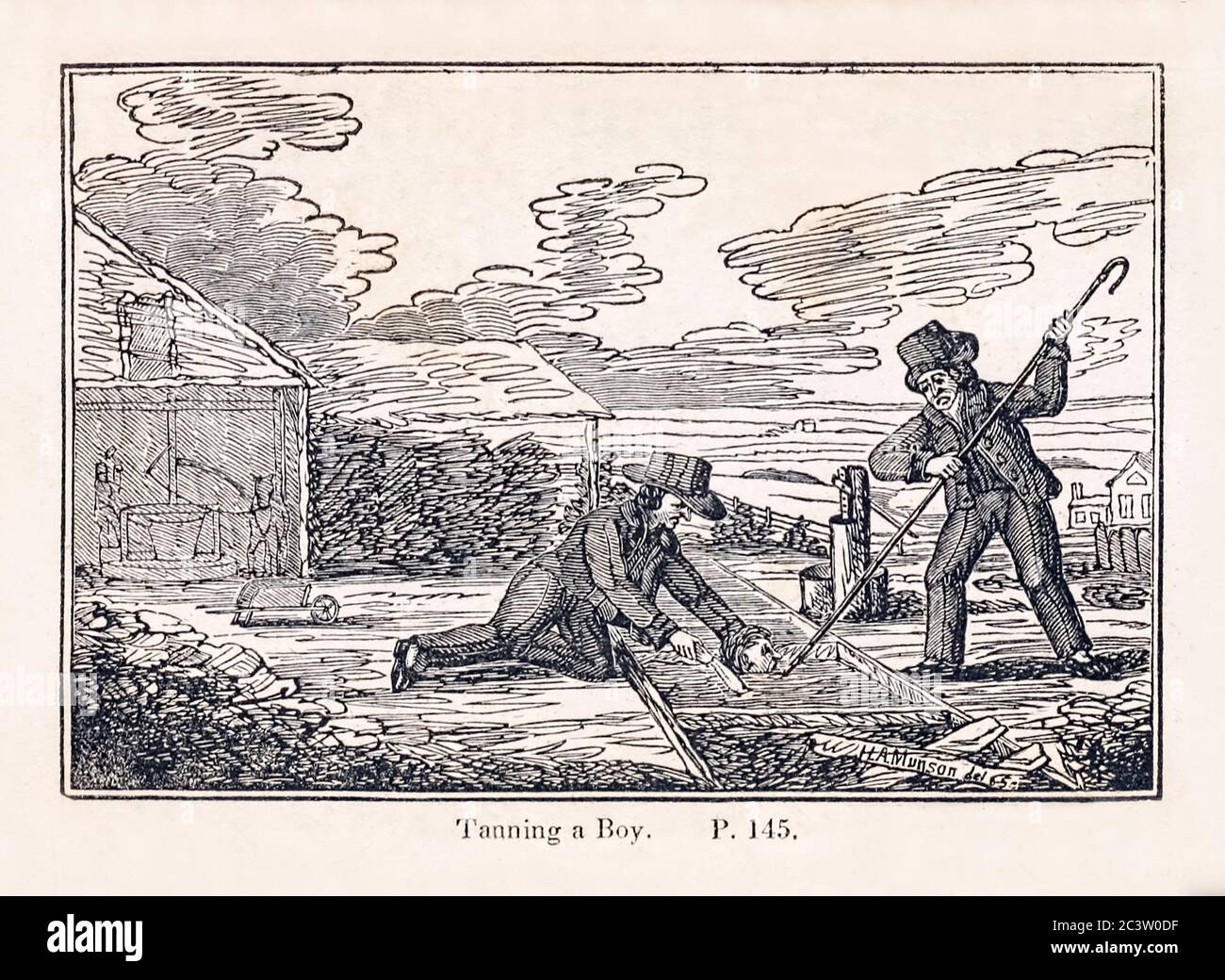 “Tanning a boy” illustration from ‘Picture of slavery in the United States of America’ by George Bourne (1780-1845) a founder of the American Anti-Slavery Society, showing a kidnapped white boy being darkened so that he could be sold as a slave. Published in 1834 the book detailed the trade, abuse and corrupt lifestyles of those involved in slavery to further the abolitionist cause. Stock Photohttps://www.alamy.com/image-license-details/?v=1https://www.alamy.com/tanning-a-boy-illustration-from-picture-of-slavery-in-the-united-states-of-america-by-george-bourne-1780-1845-a-founder-of-the-american-anti-slavery-society-showing-a-kidnapped-white-boy-being-darkened-so-that-he-could-be-sold-as-a-slave-published-in-1834-the-book-detailed-the-trade-abuse-and-corrupt-lifestyles-of-those-involved-in-slavery-to-further-the-abolitionist-cause-image363810875.html
“Tanning a boy” illustration from ‘Picture of slavery in the United States of America’ by George Bourne (1780-1845) a founder of the American Anti-Slavery Society, showing a kidnapped white boy being darkened so that he could be sold as a slave. Published in 1834 the book detailed the trade, abuse and corrupt lifestyles of those involved in slavery to further the abolitionist cause. Stock Photohttps://www.alamy.com/image-license-details/?v=1https://www.alamy.com/tanning-a-boy-illustration-from-picture-of-slavery-in-the-united-states-of-america-by-george-bourne-1780-1845-a-founder-of-the-american-anti-slavery-society-showing-a-kidnapped-white-boy-being-darkened-so-that-he-could-be-sold-as-a-slave-published-in-1834-the-book-detailed-the-trade-abuse-and-corrupt-lifestyles-of-those-involved-in-slavery-to-further-the-abolitionist-cause-image363810875.htmlRM2C3W0DF–“Tanning a boy” illustration from ‘Picture of slavery in the United States of America’ by George Bourne (1780-1845) a founder of the American Anti-Slavery Society, showing a kidnapped white boy being darkened so that he could be sold as a slave. Published in 1834 the book detailed the trade, abuse and corrupt lifestyles of those involved in slavery to further the abolitionist cause.
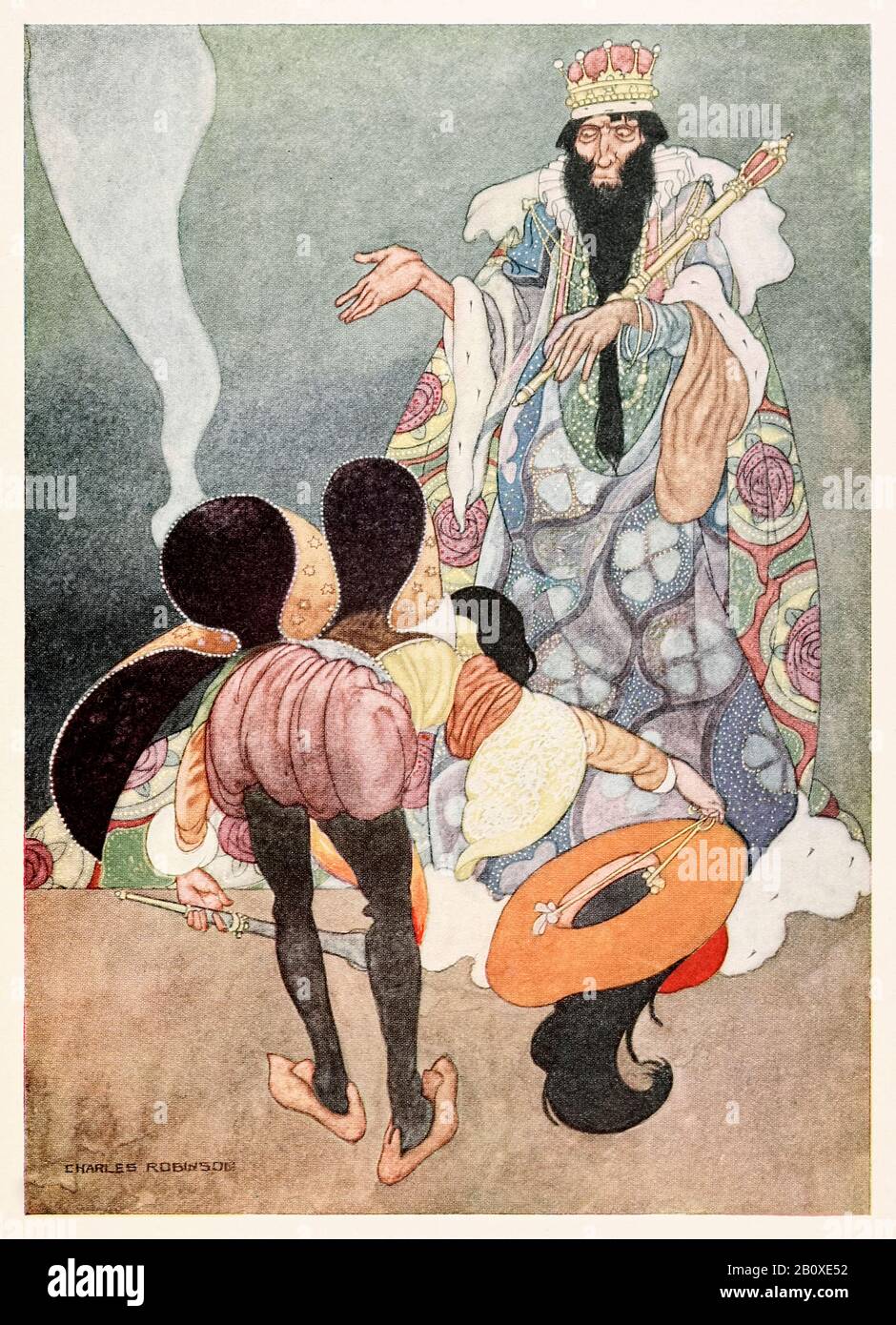 “Let the fireworks being said the King” from ‘The Remarkable Rocket’ in The Happy Prince and Other Tales by Oscar Wilde (1854-1900) illustrated by Charles Robinson (1870-1937). See more information below. Stock Photohttps://www.alamy.com/image-license-details/?v=1https://www.alamy.com/let-the-fireworks-being-said-the-king-from-the-remarkable-rocket-in-the-happy-prince-and-other-tales-by-oscar-wilde-1854-1900-illustrated-by-charles-robinson-1870-1937-see-more-information-below-image344789230.html
“Let the fireworks being said the King” from ‘The Remarkable Rocket’ in The Happy Prince and Other Tales by Oscar Wilde (1854-1900) illustrated by Charles Robinson (1870-1937). See more information below. Stock Photohttps://www.alamy.com/image-license-details/?v=1https://www.alamy.com/let-the-fireworks-being-said-the-king-from-the-remarkable-rocket-in-the-happy-prince-and-other-tales-by-oscar-wilde-1854-1900-illustrated-by-charles-robinson-1870-1937-see-more-information-below-image344789230.htmlRM2B0XE52–“Let the fireworks being said the King” from ‘The Remarkable Rocket’ in The Happy Prince and Other Tales by Oscar Wilde (1854-1900) illustrated by Charles Robinson (1870-1937). See more information below.
![Quarto de Despejo: Diário de uma favelada [Child of the Dark: The Diary of Carolina Maria de Jesús ] by Carolina Maria de Jesus (1914- 1977) [ ( Carolina Maria De Jesus ). Photograph of 1960 first edition published by Francisco Alves. Credit: Private Collection / AF Fotografie Stock Photo Quarto de Despejo: Diário de uma favelada [Child of the Dark: The Diary of Carolina Maria de Jesús ] by Carolina Maria de Jesus (1914- 1977) [ ( Carolina Maria De Jesus ). Photograph of 1960 first edition published by Francisco Alves. Credit: Private Collection / AF Fotografie Stock Photo](https://c8.alamy.com/comp/2HKYRTF/quarto-de-despejo-dirio-de-uma-favelada-child-of-the-dark-the-diary-of-carolina-maria-de-jess-by-carolina-maria-de-jesus-1914-1977-carolina-maria-de-jesus-photograph-of-1960-first-edition-published-by-francisco-alves-credit-private-collection-af-fotografie-2HKYRTF.jpg) Quarto de Despejo: Diário de uma favelada [Child of the Dark: The Diary of Carolina Maria de Jesús ] by Carolina Maria de Jesus (1914- 1977) [ ( Carolina Maria De Jesus ). Photograph of 1960 first edition published by Francisco Alves. Credit: Private Collection / AF Fotografie Stock Photohttps://www.alamy.com/image-license-details/?v=1https://www.alamy.com/quarto-de-despejo-dirio-de-uma-favelada-child-of-the-dark-the-diary-of-carolina-maria-de-jess-by-carolina-maria-de-jesus-1914-1977-carolina-maria-de-jesus-photograph-of-1960-first-edition-published-by-francisco-alves-credit-private-collection-af-fotografie-image459759455.html
Quarto de Despejo: Diário de uma favelada [Child of the Dark: The Diary of Carolina Maria de Jesús ] by Carolina Maria de Jesus (1914- 1977) [ ( Carolina Maria De Jesus ). Photograph of 1960 first edition published by Francisco Alves. Credit: Private Collection / AF Fotografie Stock Photohttps://www.alamy.com/image-license-details/?v=1https://www.alamy.com/quarto-de-despejo-dirio-de-uma-favelada-child-of-the-dark-the-diary-of-carolina-maria-de-jess-by-carolina-maria-de-jesus-1914-1977-carolina-maria-de-jesus-photograph-of-1960-first-edition-published-by-francisco-alves-credit-private-collection-af-fotografie-image459759455.htmlRM2HKYRTF–Quarto de Despejo: Diário de uma favelada [Child of the Dark: The Diary of Carolina Maria de Jesús ] by Carolina Maria de Jesus (1914- 1977) [ ( Carolina Maria De Jesus ). Photograph of 1960 first edition published by Francisco Alves. Credit: Private Collection / AF Fotografie
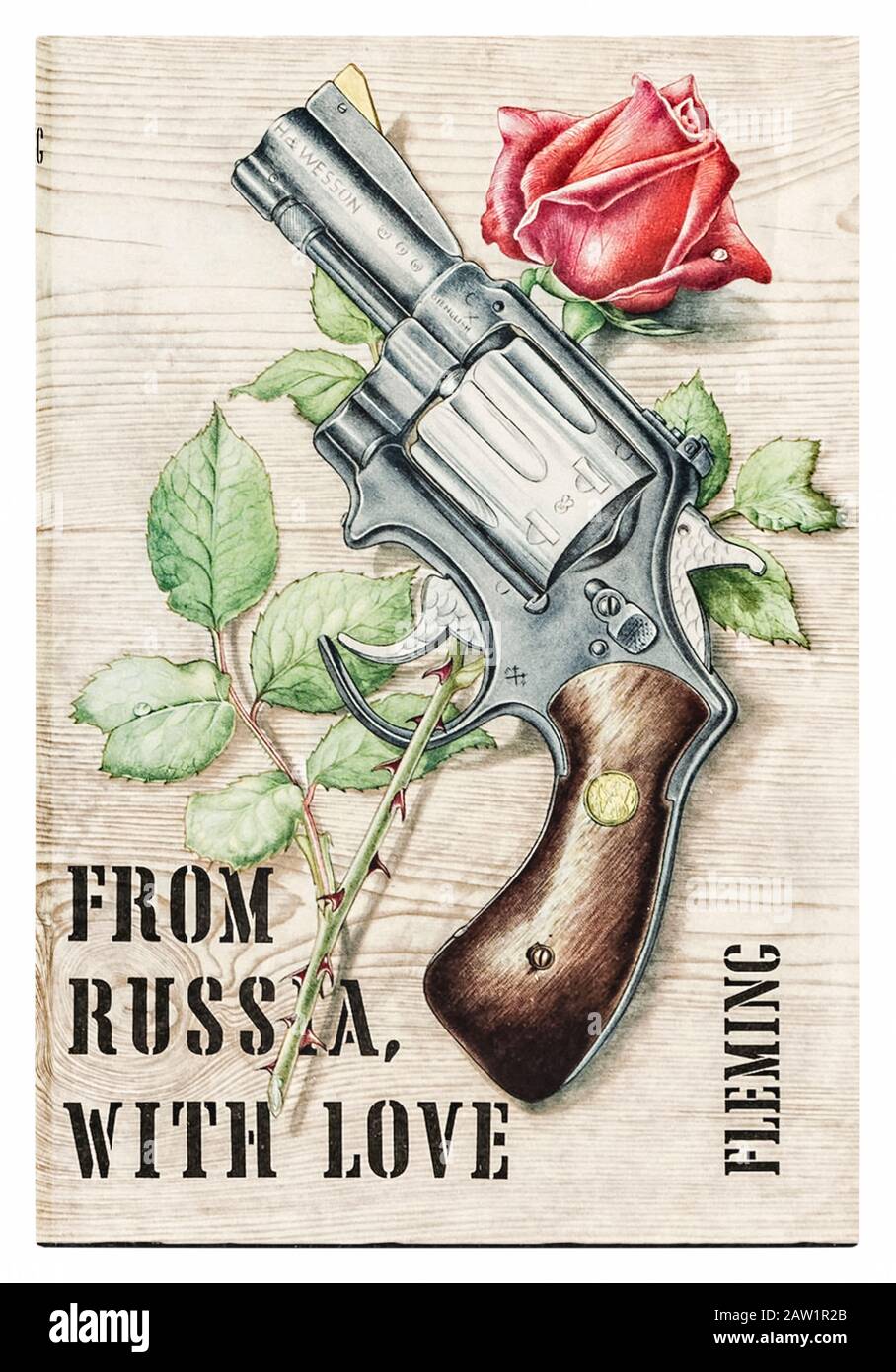 From Russia, with Love by Ian Fleming (1908-1964) the fifth novel to feature British Secret Service agent James Bond. SMERSH attempts to assassinate Bond luring him with the attractive Corporal Tatiana Romanova and the Specktor decoding machine. Photograph of 1957 first edition front cover featuring artwork by Richard Chopping (1917-2008). Stock Photohttps://www.alamy.com/image-license-details/?v=1https://www.alamy.com/from-russia-with-love-by-ian-fleming-1908-1964-the-fifth-novel-to-feature-british-secret-service-agent-james-bond-smersh-attempts-to-assassinate-bond-luring-him-with-the-attractive-corporal-tatiana-romanova-and-the-specktor-decoding-machine-photograph-of-1957-first-edition-front-cover-featuring-artwork-by-richard-chopping-1917-2008-image342403443.html
From Russia, with Love by Ian Fleming (1908-1964) the fifth novel to feature British Secret Service agent James Bond. SMERSH attempts to assassinate Bond luring him with the attractive Corporal Tatiana Romanova and the Specktor decoding machine. Photograph of 1957 first edition front cover featuring artwork by Richard Chopping (1917-2008). Stock Photohttps://www.alamy.com/image-license-details/?v=1https://www.alamy.com/from-russia-with-love-by-ian-fleming-1908-1964-the-fifth-novel-to-feature-british-secret-service-agent-james-bond-smersh-attempts-to-assassinate-bond-luring-him-with-the-attractive-corporal-tatiana-romanova-and-the-specktor-decoding-machine-photograph-of-1957-first-edition-front-cover-featuring-artwork-by-richard-chopping-1917-2008-image342403443.htmlRM2AW1R2B–From Russia, with Love by Ian Fleming (1908-1964) the fifth novel to feature British Secret Service agent James Bond. SMERSH attempts to assassinate Bond luring him with the attractive Corporal Tatiana Romanova and the Specktor decoding machine. Photograph of 1957 first edition front cover featuring artwork by Richard Chopping (1917-2008).
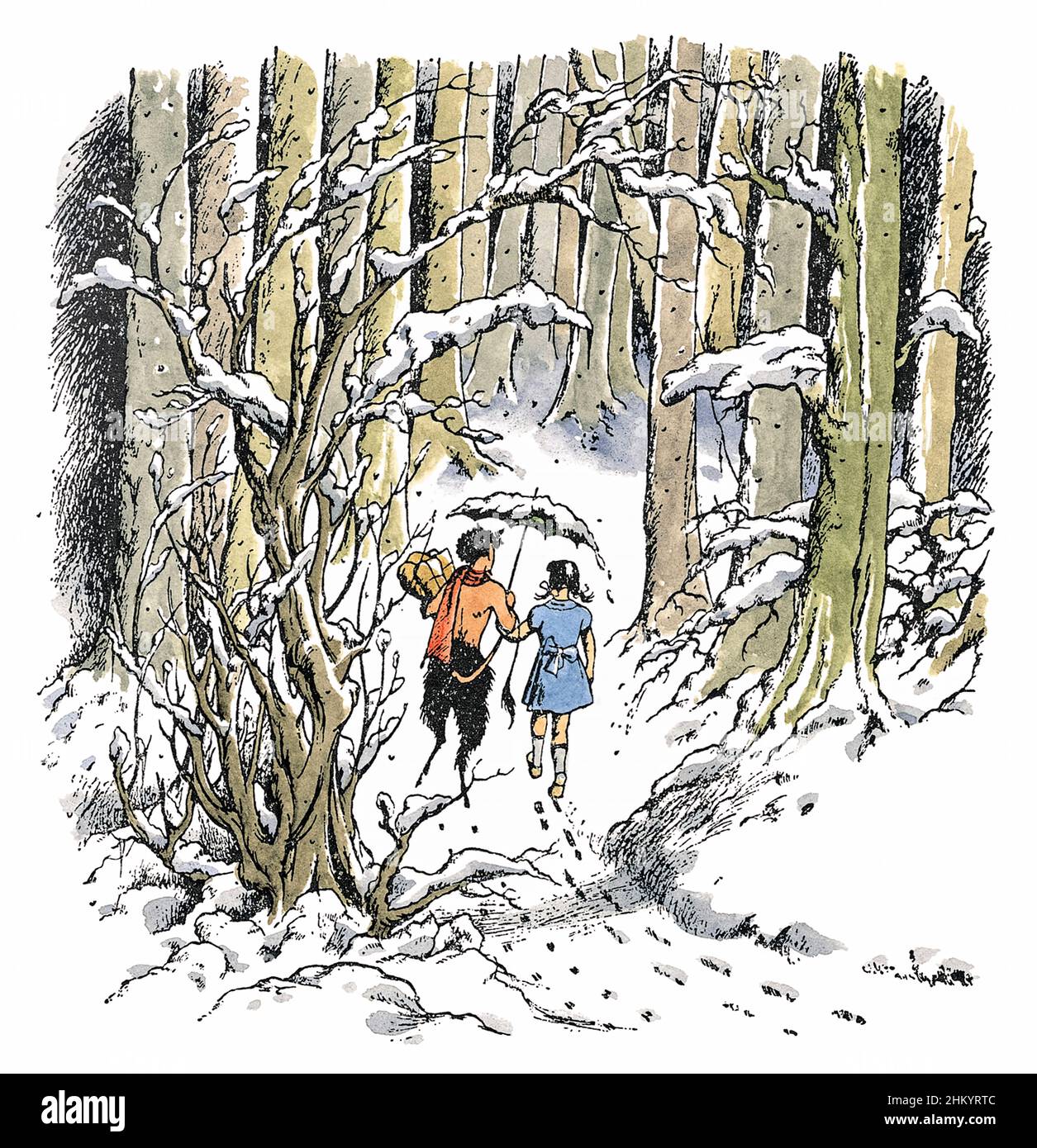 Mr. Tumnus the faun with Lucy Pevensie from The Lion, the Witch and the Wardrobe by C. S. Lewis (1898-1963). Photograph of coloured illustration by Pauline Baynes (1922-2008) from a 2014 edition published by HarperCollins. Credit: Pauline Baynes / HarperCollins Publishers Stock Photohttps://www.alamy.com/image-license-details/?v=1https://www.alamy.com/mr-tumnus-the-faun-with-lucy-pevensie-from-the-lion-the-witch-and-the-wardrobe-by-c-s-lewis-1898-1963-photograph-of-coloured-illustration-by-pauline-baynes-1922-2008-from-a-2014-edition-published-by-harpercollins-credit-pauline-baynes-harpercollins-publishers-image459759452.html
Mr. Tumnus the faun with Lucy Pevensie from The Lion, the Witch and the Wardrobe by C. S. Lewis (1898-1963). Photograph of coloured illustration by Pauline Baynes (1922-2008) from a 2014 edition published by HarperCollins. Credit: Pauline Baynes / HarperCollins Publishers Stock Photohttps://www.alamy.com/image-license-details/?v=1https://www.alamy.com/mr-tumnus-the-faun-with-lucy-pevensie-from-the-lion-the-witch-and-the-wardrobe-by-c-s-lewis-1898-1963-photograph-of-coloured-illustration-by-pauline-baynes-1922-2008-from-a-2014-edition-published-by-harpercollins-credit-pauline-baynes-harpercollins-publishers-image459759452.htmlRM2HKYRTC–Mr. Tumnus the faun with Lucy Pevensie from The Lion, the Witch and the Wardrobe by C. S. Lewis (1898-1963). Photograph of coloured illustration by Pauline Baynes (1922-2008) from a 2014 edition published by HarperCollins. Credit: Pauline Baynes / HarperCollins Publishers
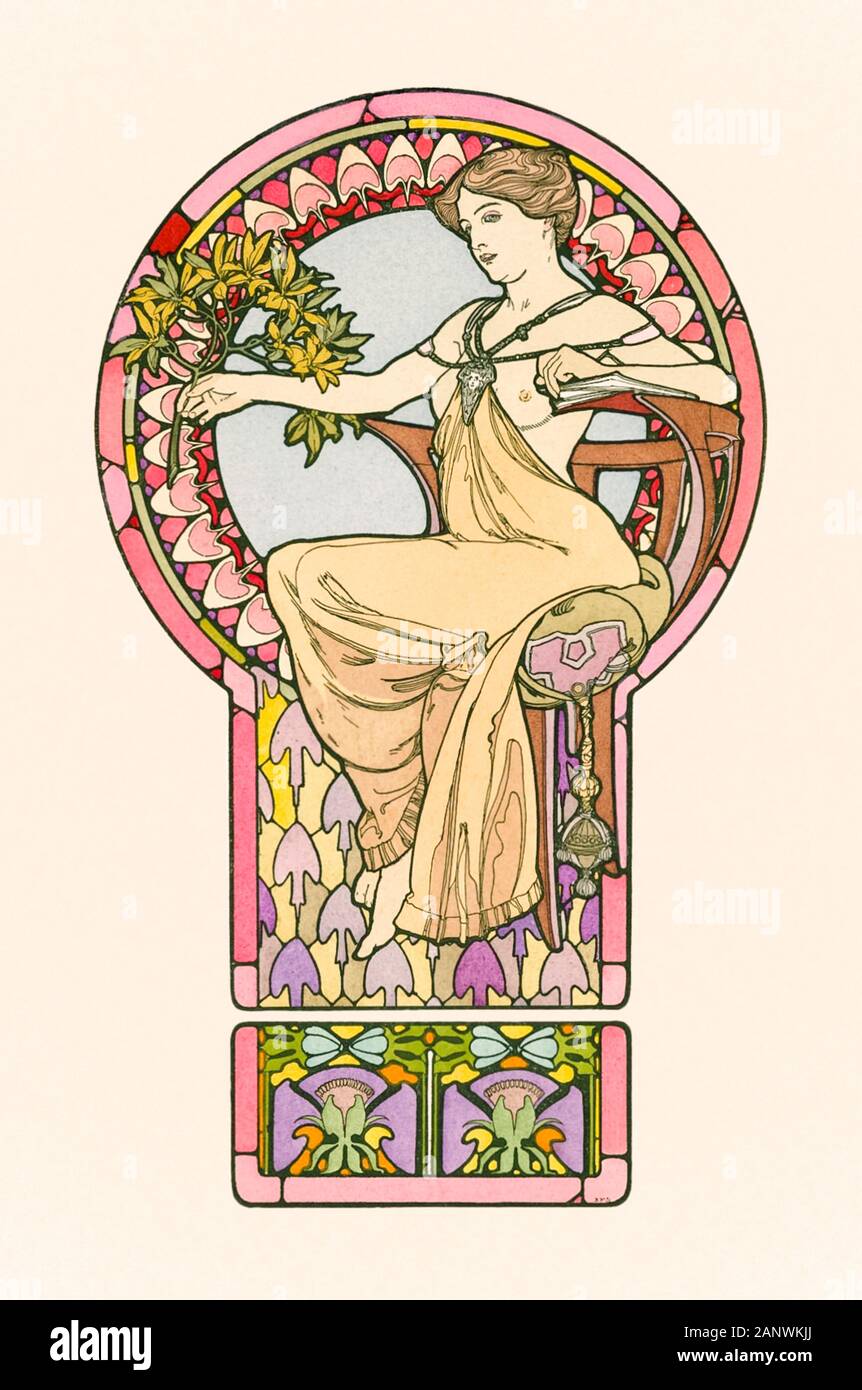 Untitled from Documents Décoratifs 1902 by Alphonse Mucha (1860-1939), Czech graphic designer and artist. This decorative print shows a seated topless female holding lily flowers in art nouveau style. Stock Photohttps://www.alamy.com/image-license-details/?v=1https://www.alamy.com/untitled-from-documents-dcoratifs-1902-by-alphonse-mucha-1860-1939-czech-graphic-designer-and-artist-this-decorative-print-shows-a-seated-topless-female-holding-lily-flowers-in-art-nouveau-style-image340468986.html
Untitled from Documents Décoratifs 1902 by Alphonse Mucha (1860-1939), Czech graphic designer and artist. This decorative print shows a seated topless female holding lily flowers in art nouveau style. Stock Photohttps://www.alamy.com/image-license-details/?v=1https://www.alamy.com/untitled-from-documents-dcoratifs-1902-by-alphonse-mucha-1860-1939-czech-graphic-designer-and-artist-this-decorative-print-shows-a-seated-topless-female-holding-lily-flowers-in-art-nouveau-style-image340468986.htmlRM2ANWKJJ–Untitled from Documents Décoratifs 1902 by Alphonse Mucha (1860-1939), Czech graphic designer and artist. This decorative print shows a seated topless female holding lily flowers in art nouveau style.
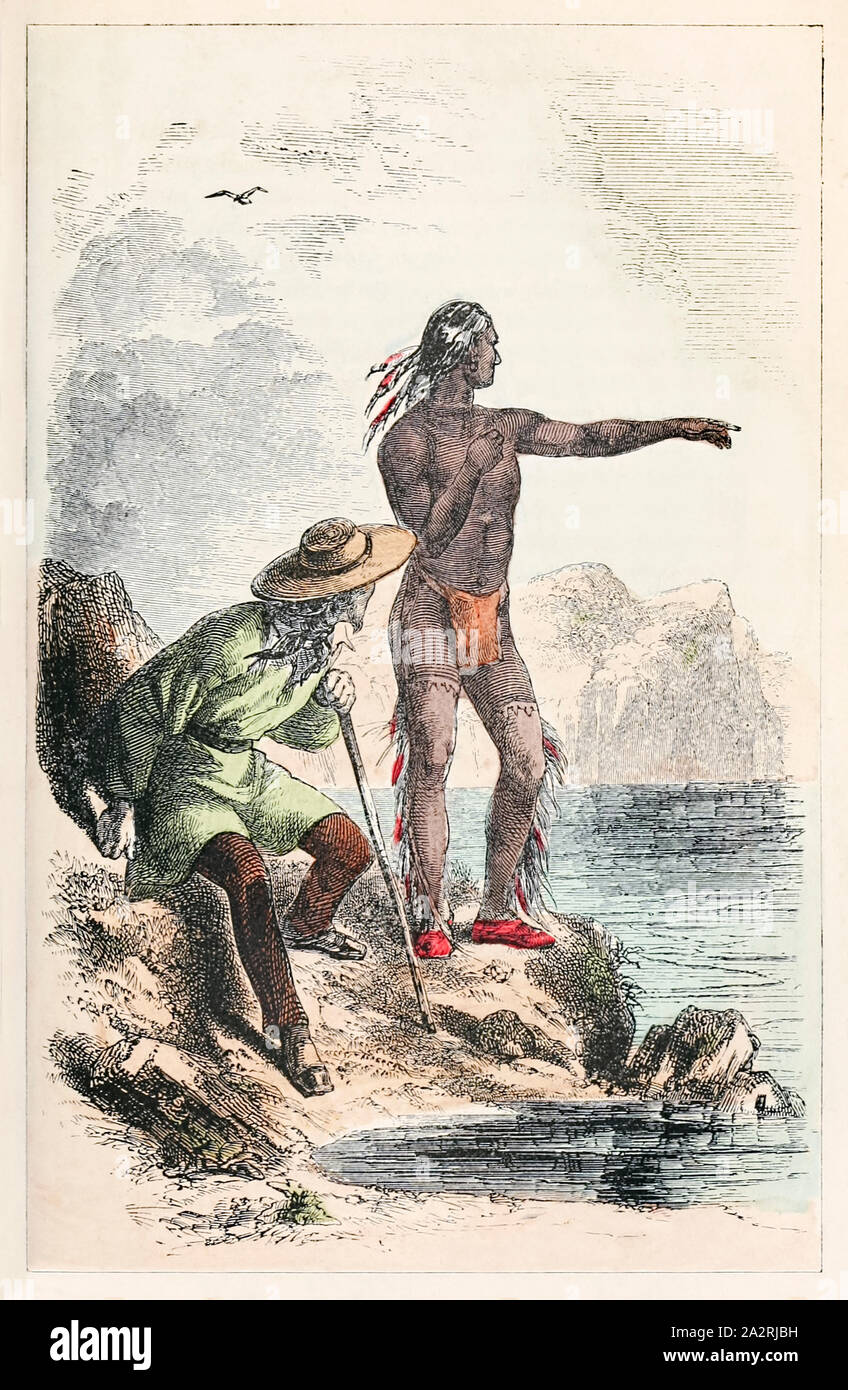 Tisquantum or Squanto (1585-1622) shows a member of the Patuxet tribe who guided and acted as interpreter for the Mayflower pilgrims on their arrival in New England in 1620 and assisted Governor William Bradford (1590-1657) who thought highly of him. See more information below for further details. Stock Photohttps://www.alamy.com/image-license-details/?v=1https://www.alamy.com/tisquantum-or-squanto-1585-1622-shows-a-member-of-the-patuxet-tribe-who-guided-and-acted-as-interpreter-for-the-mayflower-pilgrims-on-their-arrival-in-new-england-in-1620-and-assisted-governor-william-bradford-1590-1657-who-thought-highly-of-him-see-more-information-below-for-further-details-image328745637.html
Tisquantum or Squanto (1585-1622) shows a member of the Patuxet tribe who guided and acted as interpreter for the Mayflower pilgrims on their arrival in New England in 1620 and assisted Governor William Bradford (1590-1657) who thought highly of him. See more information below for further details. Stock Photohttps://www.alamy.com/image-license-details/?v=1https://www.alamy.com/tisquantum-or-squanto-1585-1622-shows-a-member-of-the-patuxet-tribe-who-guided-and-acted-as-interpreter-for-the-mayflower-pilgrims-on-their-arrival-in-new-england-in-1620-and-assisted-governor-william-bradford-1590-1657-who-thought-highly-of-him-see-more-information-below-for-further-details-image328745637.htmlRM2A2RJBH–Tisquantum or Squanto (1585-1622) shows a member of the Patuxet tribe who guided and acted as interpreter for the Mayflower pilgrims on their arrival in New England in 1620 and assisted Governor William Bradford (1590-1657) who thought highly of him. See more information below for further details.
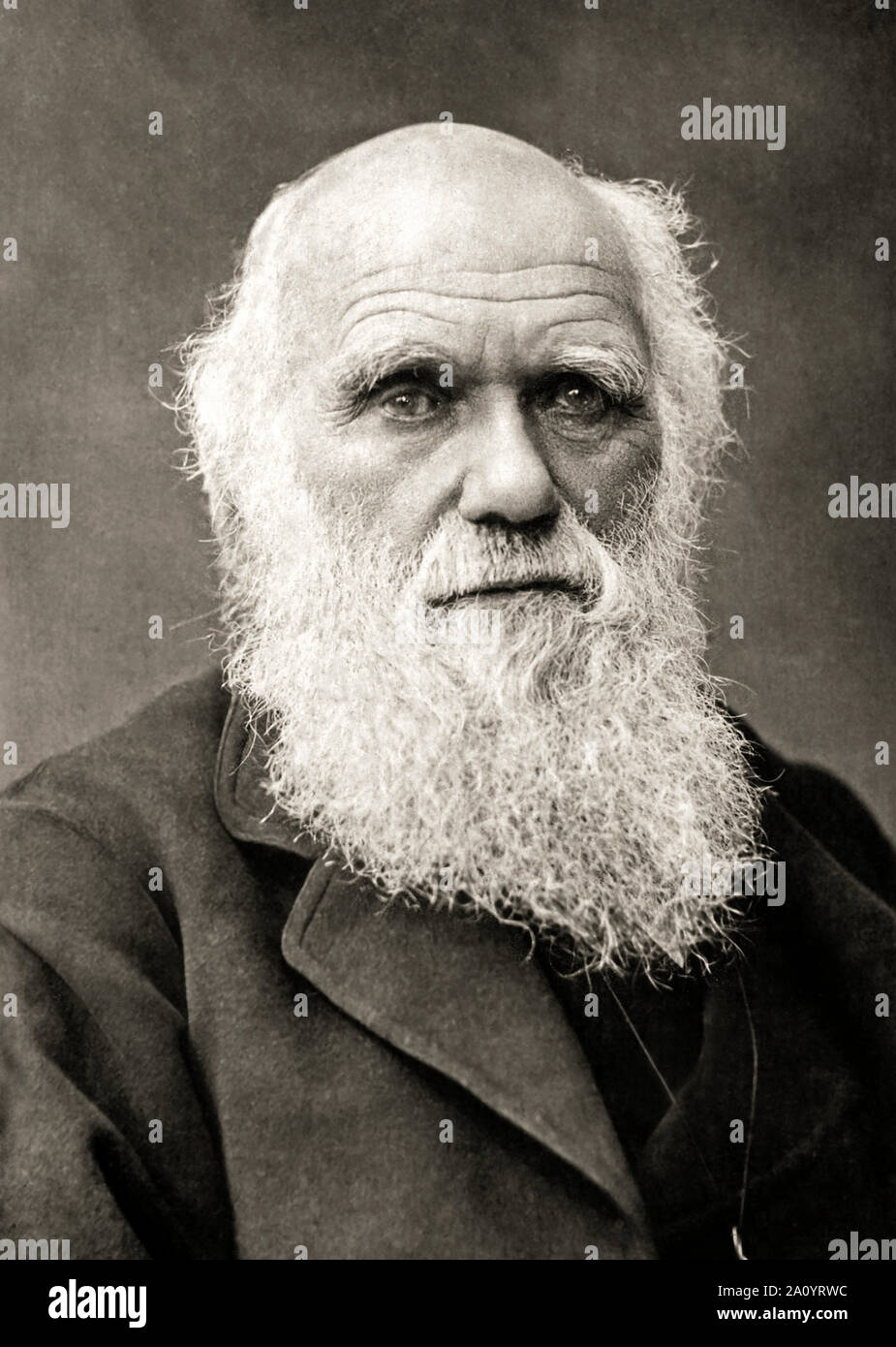 Charles Darwin (1809-1882) English naturalist who first set out his theory of evolution and natural selection in his book 'On the Origin of Species' published in 1859. See more information below. Stock Photohttps://www.alamy.com/image-license-details/?v=1https://www.alamy.com/charles-darwin-1809-1882-english-naturalist-who-first-set-out-his-theory-of-evolution-and-natural-selection-in-his-book-on-the-origin-of-species-published-in-1859-see-more-information-below-image327608440.html
Charles Darwin (1809-1882) English naturalist who first set out his theory of evolution and natural selection in his book 'On the Origin of Species' published in 1859. See more information below. Stock Photohttps://www.alamy.com/image-license-details/?v=1https://www.alamy.com/charles-darwin-1809-1882-english-naturalist-who-first-set-out-his-theory-of-evolution-and-natural-selection-in-his-book-on-the-origin-of-species-published-in-1859-see-more-information-below-image327608440.htmlRM2A0YRWC–Charles Darwin (1809-1882) English naturalist who first set out his theory of evolution and natural selection in his book 'On the Origin of Species' published in 1859. See more information below.
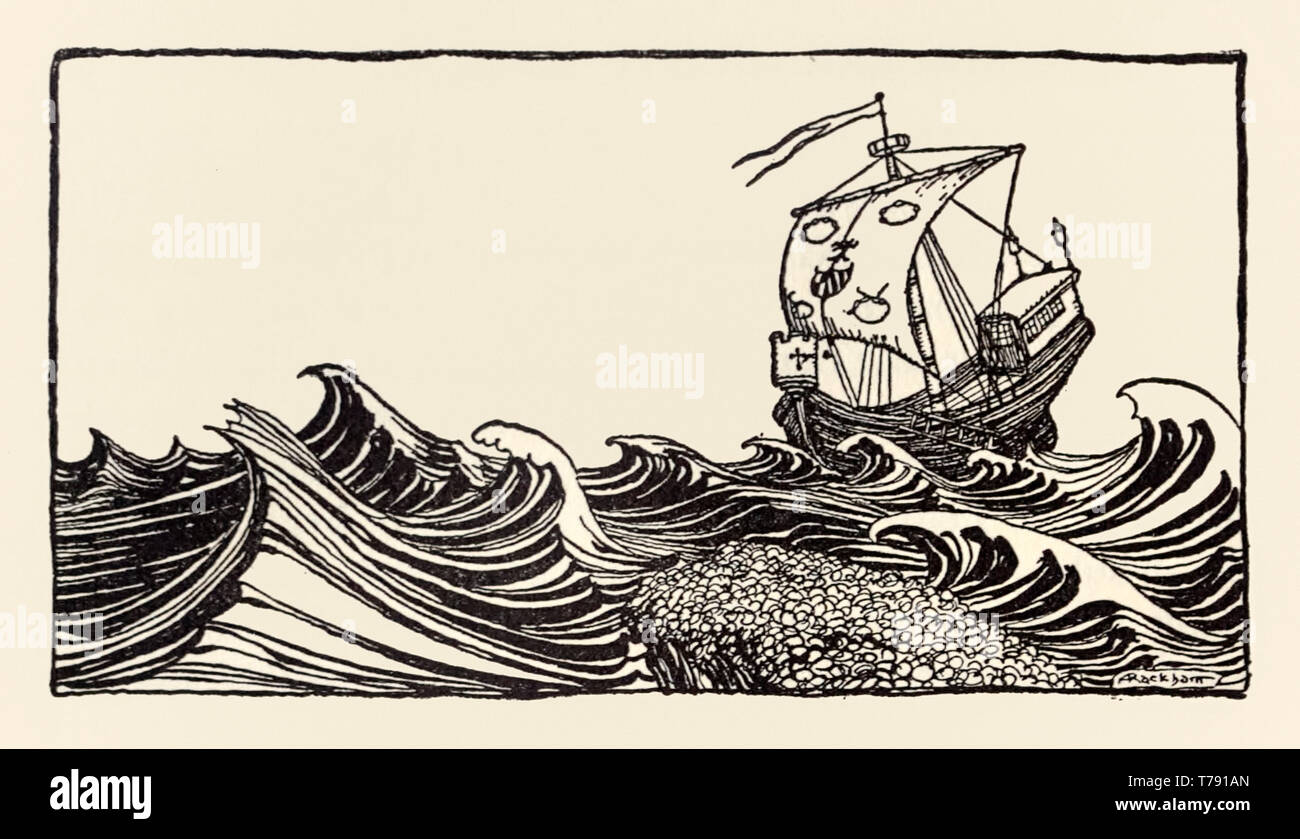 Sir Galahad on his quest for the Holy Grail, illustration by Arthur Rackham (1867-1939) showing the Knights on horseback with jousts in battle. See description below for more information. Stock Photohttps://www.alamy.com/image-license-details/?v=1https://www.alamy.com/sir-galahad-on-his-quest-for-the-holy-grail-illustration-by-arthur-rackham-1867-1939-showing-the-knights-on-horseback-with-jousts-in-battle-see-description-below-for-more-information-image245446397.html
Sir Galahad on his quest for the Holy Grail, illustration by Arthur Rackham (1867-1939) showing the Knights on horseback with jousts in battle. See description below for more information. Stock Photohttps://www.alamy.com/image-license-details/?v=1https://www.alamy.com/sir-galahad-on-his-quest-for-the-holy-grail-illustration-by-arthur-rackham-1867-1939-showing-the-knights-on-horseback-with-jousts-in-battle-see-description-below-for-more-information-image245446397.htmlRMT791AN–Sir Galahad on his quest for the Holy Grail, illustration by Arthur Rackham (1867-1939) showing the Knights on horseback with jousts in battle. See description below for more information.
 Keep Calm and Carry On (1939) poster designed by the Ministry of Information a United Kingdom central government department responsible for publicity and propaganda. See more information below. Stock Photohttps://www.alamy.com/image-license-details/?v=1https://www.alamy.com/keep-calm-and-carry-on-1939-poster-designed-by-the-ministry-of-information-a-united-kingdom-central-government-department-responsible-for-publicity-and-propaganda-see-more-information-below-image237766936.html
Keep Calm and Carry On (1939) poster designed by the Ministry of Information a United Kingdom central government department responsible for publicity and propaganda. See more information below. Stock Photohttps://www.alamy.com/image-license-details/?v=1https://www.alamy.com/keep-calm-and-carry-on-1939-poster-designed-by-the-ministry-of-information-a-united-kingdom-central-government-department-responsible-for-publicity-and-propaganda-see-more-information-below-image237766936.htmlRMRPR648–Keep Calm and Carry On (1939) poster designed by the Ministry of Information a United Kingdom central government department responsible for publicity and propaganda. See more information below.
 Preparing metal type for use in letterpress printing. Here molten metal is being prepared to be poured into a mold to cast a glymph for use in hand set metal moveable type printing. Woodcut by Karl Mahr (1890-1945). Stock Photohttps://www.alamy.com/image-license-details/?v=1https://www.alamy.com/preparing-metal-type-for-use-in-letterpress-printing-here-molten-metal-is-being-prepared-to-be-poured-into-a-mold-to-cast-a-glymph-for-use-in-hand-set-metal-moveable-type-printing-woodcut-by-karl-mahr-1890-1945-image237854670.html
Preparing metal type for use in letterpress printing. Here molten metal is being prepared to be poured into a mold to cast a glymph for use in hand set metal moveable type printing. Woodcut by Karl Mahr (1890-1945). Stock Photohttps://www.alamy.com/image-license-details/?v=1https://www.alamy.com/preparing-metal-type-for-use-in-letterpress-printing-here-molten-metal-is-being-prepared-to-be-poured-into-a-mold-to-cast-a-glymph-for-use-in-hand-set-metal-moveable-type-printing-woodcut-by-karl-mahr-1890-1945-image237854670.htmlRMRPY61J–Preparing metal type for use in letterpress printing. Here molten metal is being prepared to be poured into a mold to cast a glymph for use in hand set metal moveable type printing. Woodcut by Karl Mahr (1890-1945).
 Plate 15 Zonaria Fucoideae from ‘Kunstformen der Natur’ (Art Forms in Nature) illustrated by Ernst Haeckel (1834-1919). See more information below. Stock Photohttps://www.alamy.com/image-license-details/?v=1https://www.alamy.com/plate-15-zonaria-fucoideae-from-kunstformen-der-natur-art-forms-in-nature-illustrated-by-ernst-haeckel-1834-1919-see-more-information-below-image179224888.html
Plate 15 Zonaria Fucoideae from ‘Kunstformen der Natur’ (Art Forms in Nature) illustrated by Ernst Haeckel (1834-1919). See more information below. Stock Photohttps://www.alamy.com/image-license-details/?v=1https://www.alamy.com/plate-15-zonaria-fucoideae-from-kunstformen-der-natur-art-forms-in-nature-illustrated-by-ernst-haeckel-1834-1919-see-more-information-below-image179224888.htmlRMMBGB4T–Plate 15 Zonaria Fucoideae from ‘Kunstformen der Natur’ (Art Forms in Nature) illustrated by Ernst Haeckel (1834-1919). See more information below.
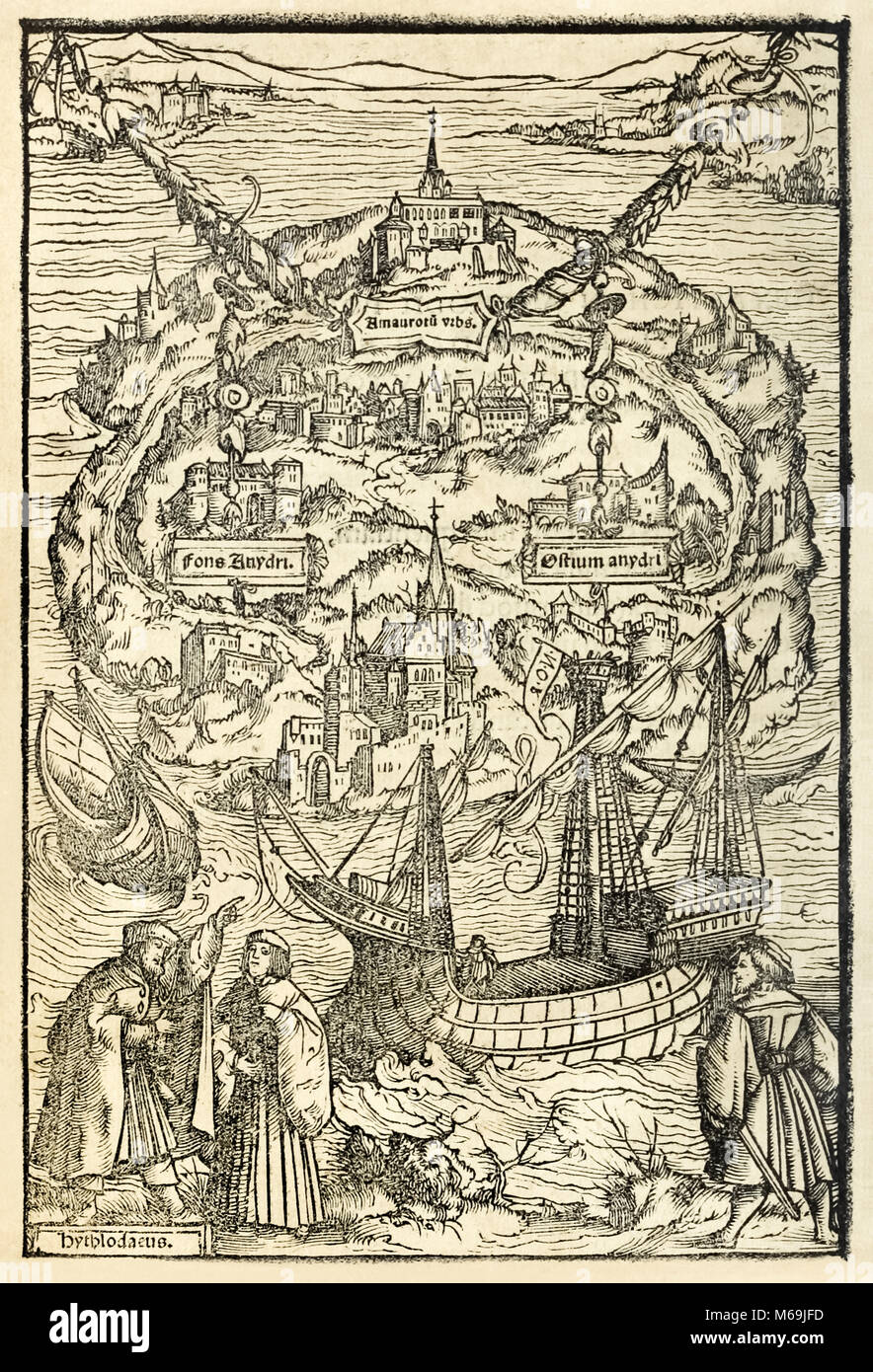 Map of the New Island of Utopia from a 1518 edition of ‘Utopia’ by Sir Thomas More (1478–1535), first published in 1516. Woodcut by Ambrosius Holbein (c. 1494-c. 1519) showing the island with protagonist Raphael Hythloday bottom left describing the ideal society found on the island. See more information below. Stock Photohttps://www.alamy.com/image-license-details/?v=1https://www.alamy.com/stock-photo-map-of-the-new-island-of-utopia-from-a-1518-edition-of-utopia-by-sir-176003729.html
Map of the New Island of Utopia from a 1518 edition of ‘Utopia’ by Sir Thomas More (1478–1535), first published in 1516. Woodcut by Ambrosius Holbein (c. 1494-c. 1519) showing the island with protagonist Raphael Hythloday bottom left describing the ideal society found on the island. See more information below. Stock Photohttps://www.alamy.com/image-license-details/?v=1https://www.alamy.com/stock-photo-map-of-the-new-island-of-utopia-from-a-1518-edition-of-utopia-by-sir-176003729.htmlRMM69JFD–Map of the New Island of Utopia from a 1518 edition of ‘Utopia’ by Sir Thomas More (1478–1535), first published in 1516. Woodcut by Ambrosius Holbein (c. 1494-c. 1519) showing the island with protagonist Raphael Hythloday bottom left describing the ideal society found on the island. See more information below.
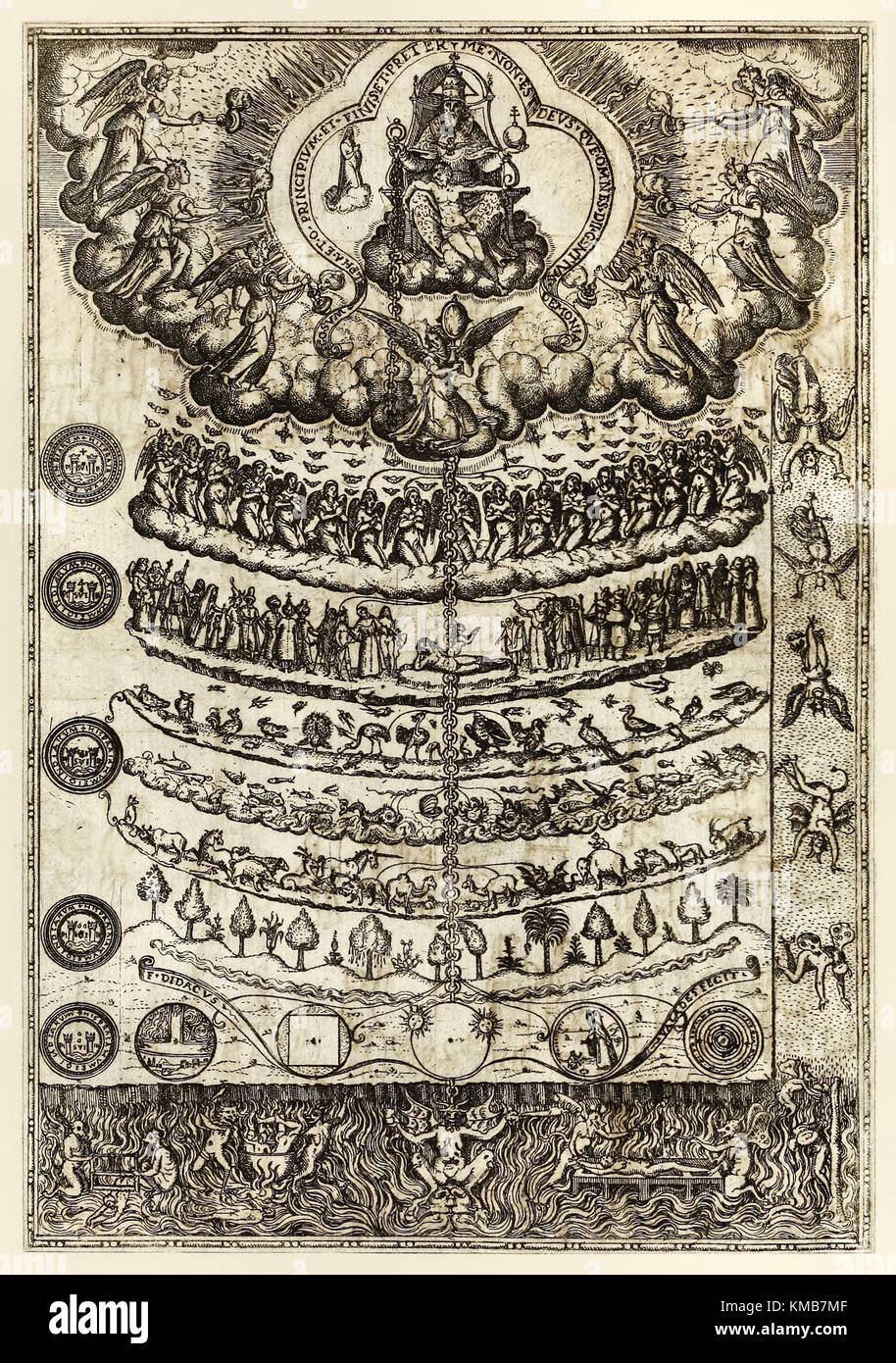 ‘Great Chain of Being’ from ‘Rhetorica Christiana ad concionandi et orandi usum accommodate…’ by Diego Valadés (1533–1582) published in 1579. The engraving shows the hierarchy of all life, from top to bottom: God in Heaven; Angels, Humans, Animals, Plants; Minerals and finally the Devil and demons in Hell torturing the fallen. This divine plan was central to Catholic belief and medieval Christianity until the Renaissance and separation of church and state. See more information below. Stock Photohttps://www.alamy.com/image-license-details/?v=1https://www.alamy.com/stock-image-great-chain-of-being-from-rhetorica-christiana-ad-concionandi-et-orandi-167433967.html
‘Great Chain of Being’ from ‘Rhetorica Christiana ad concionandi et orandi usum accommodate…’ by Diego Valadés (1533–1582) published in 1579. The engraving shows the hierarchy of all life, from top to bottom: God in Heaven; Angels, Humans, Animals, Plants; Minerals and finally the Devil and demons in Hell torturing the fallen. This divine plan was central to Catholic belief and medieval Christianity until the Renaissance and separation of church and state. See more information below. Stock Photohttps://www.alamy.com/image-license-details/?v=1https://www.alamy.com/stock-image-great-chain-of-being-from-rhetorica-christiana-ad-concionandi-et-orandi-167433967.htmlRMKMB7MF–‘Great Chain of Being’ from ‘Rhetorica Christiana ad concionandi et orandi usum accommodate…’ by Diego Valadés (1533–1582) published in 1579. The engraving shows the hierarchy of all life, from top to bottom: God in Heaven; Angels, Humans, Animals, Plants; Minerals and finally the Devil and demons in Hell torturing the fallen. This divine plan was central to Catholic belief and medieval Christianity until the Renaissance and separation of church and state. See more information below.
 ‘They saw it but for a glimpse’ from the ‘Strange Case of Dr Jekyll and Mr Hyde’ by Robert Louis Stevenson (1850-1894) illustrated by Charles Raymond Macauley (1871-1934). See more information below. Stock Photohttps://www.alamy.com/image-license-details/?v=1https://www.alamy.com/stock-image-they-saw-it-but-for-a-glimpse-from-the-strange-case-of-dr-jekyll-and-165815867.html
‘They saw it but for a glimpse’ from the ‘Strange Case of Dr Jekyll and Mr Hyde’ by Robert Louis Stevenson (1850-1894) illustrated by Charles Raymond Macauley (1871-1934). See more information below. Stock Photohttps://www.alamy.com/image-license-details/?v=1https://www.alamy.com/stock-image-they-saw-it-but-for-a-glimpse-from-the-strange-case-of-dr-jekyll-and-165815867.htmlRMKHNFR7–‘They saw it but for a glimpse’ from the ‘Strange Case of Dr Jekyll and Mr Hyde’ by Robert Louis Stevenson (1850-1894) illustrated by Charles Raymond Macauley (1871-1934). See more information below.
 ‘Fled from the scene of these excesses at once glorying and trembling’ from the ‘Strange Case of Dr Jekyll and Mr Hyde’ by Robert Louis Stevenson (1850-1894). Illustration by S.G. Hulme Beamam (1887-1932) for a 1930 edition showing an enraged Mr Hyde after murdering Sir Danvers Carew MP in the street. See more information below. Stock Photohttps://www.alamy.com/image-license-details/?v=1https://www.alamy.com/stock-image-fled-from-the-scene-of-these-excesses-at-once-glorying-and-trembling-165681071.html
‘Fled from the scene of these excesses at once glorying and trembling’ from the ‘Strange Case of Dr Jekyll and Mr Hyde’ by Robert Louis Stevenson (1850-1894). Illustration by S.G. Hulme Beamam (1887-1932) for a 1930 edition showing an enraged Mr Hyde after murdering Sir Danvers Carew MP in the street. See more information below. Stock Photohttps://www.alamy.com/image-license-details/?v=1https://www.alamy.com/stock-image-fled-from-the-scene-of-these-excesses-at-once-glorying-and-trembling-165681071.htmlRMKHFBW3–‘Fled from the scene of these excesses at once glorying and trembling’ from the ‘Strange Case of Dr Jekyll and Mr Hyde’ by Robert Louis Stevenson (1850-1894). Illustration by S.G. Hulme Beamam (1887-1932) for a 1930 edition showing an enraged Mr Hyde after murdering Sir Danvers Carew MP in the street. See more information below.
 ‘The horror of my other self’ from the ‘Strange Case of Dr Jekyll and Mr Hyde’ by Robert Louis Stevenson (1850-1894). Illustration by S.G. Hulme Beamam (1887-1932).See more information below. Stock Photohttps://www.alamy.com/image-license-details/?v=1https://www.alamy.com/stock-image-the-horror-of-my-other-self-from-the-strange-case-of-dr-jekyll-and-165681085.html
‘The horror of my other self’ from the ‘Strange Case of Dr Jekyll and Mr Hyde’ by Robert Louis Stevenson (1850-1894). Illustration by S.G. Hulme Beamam (1887-1932).See more information below. Stock Photohttps://www.alamy.com/image-license-details/?v=1https://www.alamy.com/stock-image-the-horror-of-my-other-self-from-the-strange-case-of-dr-jekyll-and-165681085.htmlRMKHFBWH–‘The horror of my other self’ from the ‘Strange Case of Dr Jekyll and Mr Hyde’ by Robert Louis Stevenson (1850-1894). Illustration by S.G. Hulme Beamam (1887-1932).See more information below.
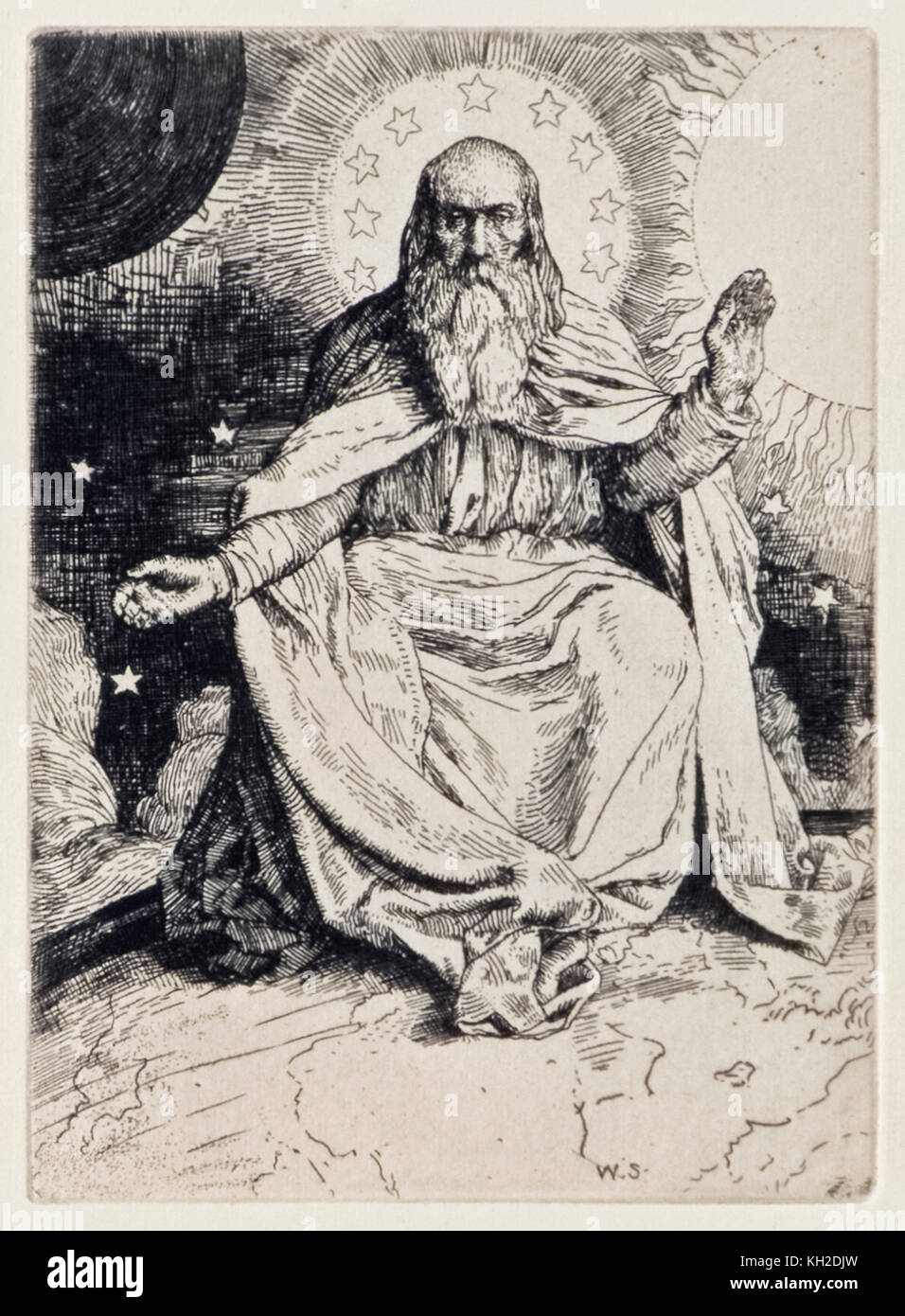 'The Creation of the World' from ‘Paradise Lost’ by John Milton (1608-1674) a series of 12 illustrations etched by William Strang (1859-1921). See more information below. Stock Photohttps://www.alamy.com/image-license-details/?v=1https://www.alamy.com/stock-image-the-creation-of-the-world-from-paradise-lost-by-john-milton-1608-1674-165397089.html
'The Creation of the World' from ‘Paradise Lost’ by John Milton (1608-1674) a series of 12 illustrations etched by William Strang (1859-1921). See more information below. Stock Photohttps://www.alamy.com/image-license-details/?v=1https://www.alamy.com/stock-image-the-creation-of-the-world-from-paradise-lost-by-john-milton-1608-1674-165397089.htmlRMKH2DJW–'The Creation of the World' from ‘Paradise Lost’ by John Milton (1608-1674) a series of 12 illustrations etched by William Strang (1859-1921). See more information below.
 Letterpress title page from ‘Paradise Lost’ by John Milton (1608-1674) a series of 12 illustrations etched by William Strang (1859-1921). See more information below. Stock Photohttps://www.alamy.com/image-license-details/?v=1https://www.alamy.com/stock-image-letterpress-title-page-from-paradise-lost-by-john-milton-1608-1674-165397058.html
Letterpress title page from ‘Paradise Lost’ by John Milton (1608-1674) a series of 12 illustrations etched by William Strang (1859-1921). See more information below. Stock Photohttps://www.alamy.com/image-license-details/?v=1https://www.alamy.com/stock-image-letterpress-title-page-from-paradise-lost-by-john-milton-1608-1674-165397058.htmlRMKH2DHP–Letterpress title page from ‘Paradise Lost’ by John Milton (1608-1674) a series of 12 illustrations etched by William Strang (1859-1921). See more information below.
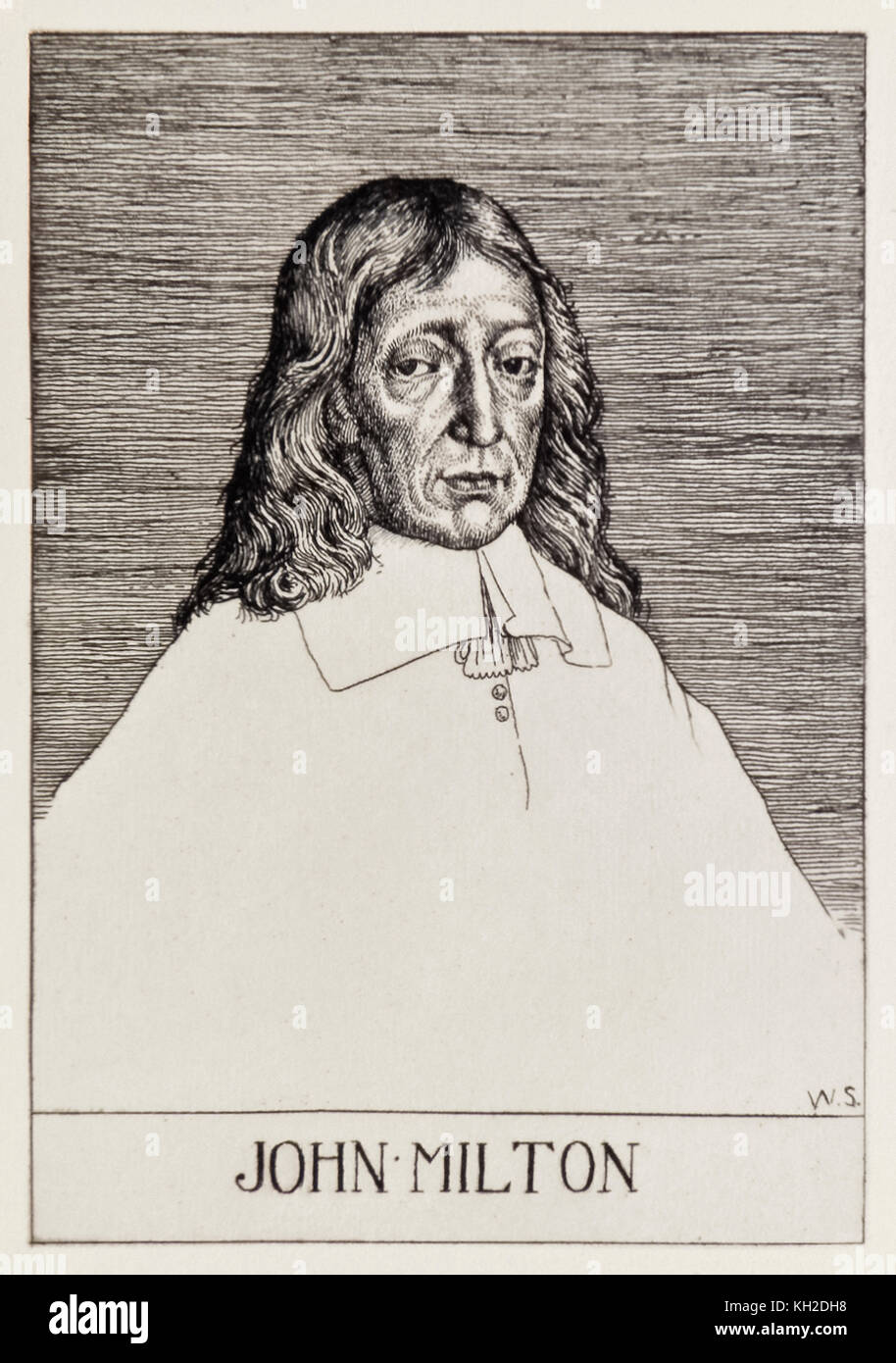 Frontispiece portrait of John Milton (1608-1674) from ‘Paradise Lost’ by a series of 12 illustrations etched by William Strang (1859-1921). See more information below. Stock Photohttps://www.alamy.com/image-license-details/?v=1https://www.alamy.com/stock-image-frontispiece-portrait-of-john-milton-1608-1674-from-paradise-lost-165397044.html
Frontispiece portrait of John Milton (1608-1674) from ‘Paradise Lost’ by a series of 12 illustrations etched by William Strang (1859-1921). See more information below. Stock Photohttps://www.alamy.com/image-license-details/?v=1https://www.alamy.com/stock-image-frontispiece-portrait-of-john-milton-1608-1674-from-paradise-lost-165397044.htmlRMKH2DH8–Frontispiece portrait of John Milton (1608-1674) from ‘Paradise Lost’ by a series of 12 illustrations etched by William Strang (1859-1921). See more information below.
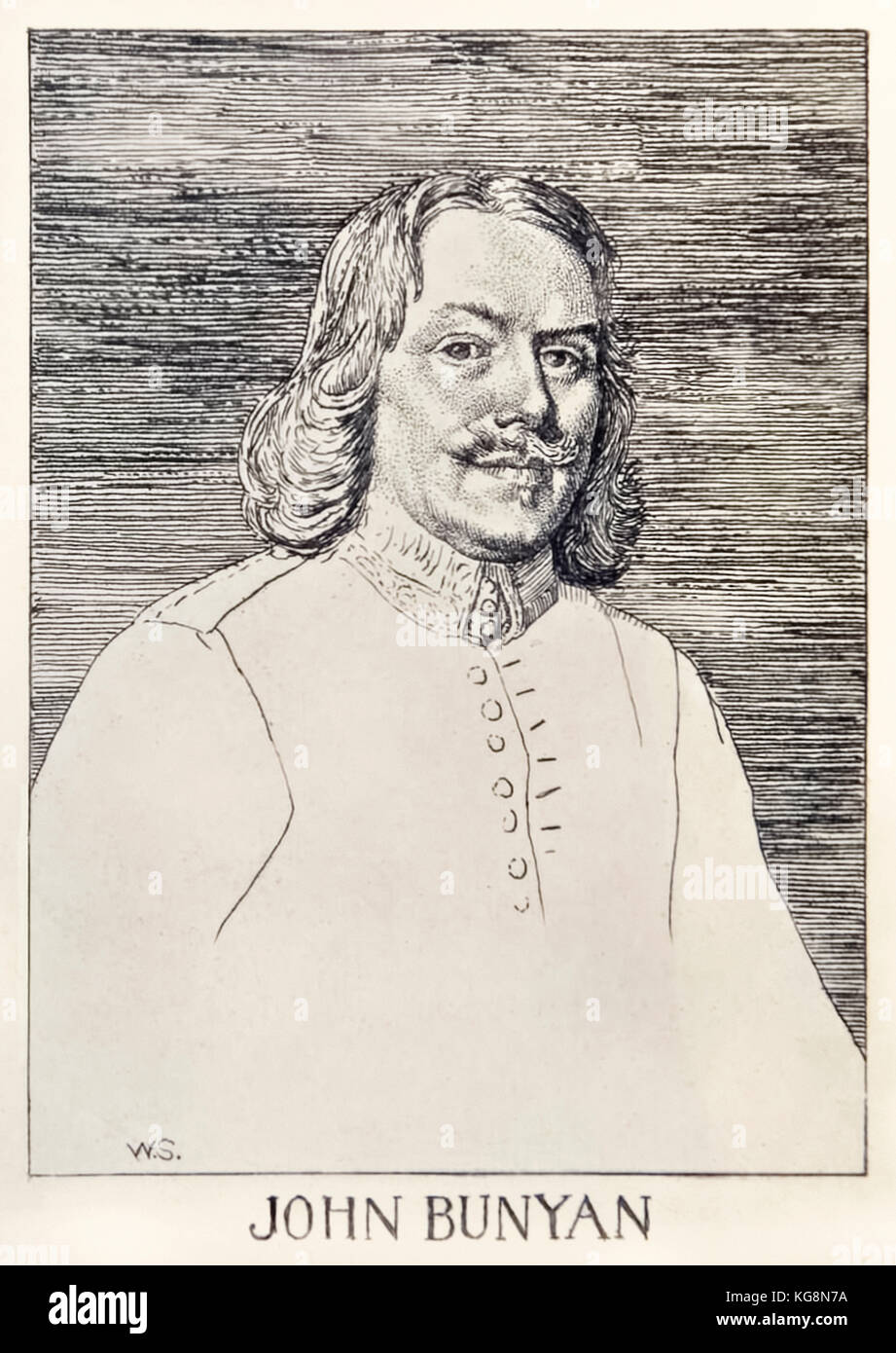 John Bunyan (1872-1919) author of ‘The Pilgrim’s Progress From This World, To That Which Is To Come’, illustration by William Strang (1859-1921). See more information below. Stock Photohttps://www.alamy.com/image-license-details/?v=1https://www.alamy.com/stock-image-john-bunyan-1872-1919-author-of-the-pilgrims-progress-from-this-world-164920094.html
John Bunyan (1872-1919) author of ‘The Pilgrim’s Progress From This World, To That Which Is To Come’, illustration by William Strang (1859-1921). See more information below. Stock Photohttps://www.alamy.com/image-license-details/?v=1https://www.alamy.com/stock-image-john-bunyan-1872-1919-author-of-the-pilgrims-progress-from-this-world-164920094.htmlRMKG8N7A–John Bunyan (1872-1919) author of ‘The Pilgrim’s Progress From This World, To That Which Is To Come’, illustration by William Strang (1859-1921). See more information below.
 “Vanity Fair” from ‘The Pilgrim’s Progress From This World, To That Which Is To Come’ by John Bunyan (1628-1688). Illustration by Byam Shaw (1872-1919) showing Christian and Faithful entering the town of Vanity with its continuous Fair filled with temptations and pleasures. See more information below. Stock Photohttps://www.alamy.com/image-license-details/?v=1https://www.alamy.com/stock-image-vanity-fair-from-the-pilgrims-progress-from-this-world-to-that-which-164717203.html
“Vanity Fair” from ‘The Pilgrim’s Progress From This World, To That Which Is To Come’ by John Bunyan (1628-1688). Illustration by Byam Shaw (1872-1919) showing Christian and Faithful entering the town of Vanity with its continuous Fair filled with temptations and pleasures. See more information below. Stock Photohttps://www.alamy.com/image-license-details/?v=1https://www.alamy.com/stock-image-vanity-fair-from-the-pilgrims-progress-from-this-world-to-that-which-164717203.htmlRMKFYED7–“Vanity Fair” from ‘The Pilgrim’s Progress From This World, To That Which Is To Come’ by John Bunyan (1628-1688). Illustration by Byam Shaw (1872-1919) showing Christian and Faithful entering the town of Vanity with its continuous Fair filled with temptations and pleasures. See more information below.
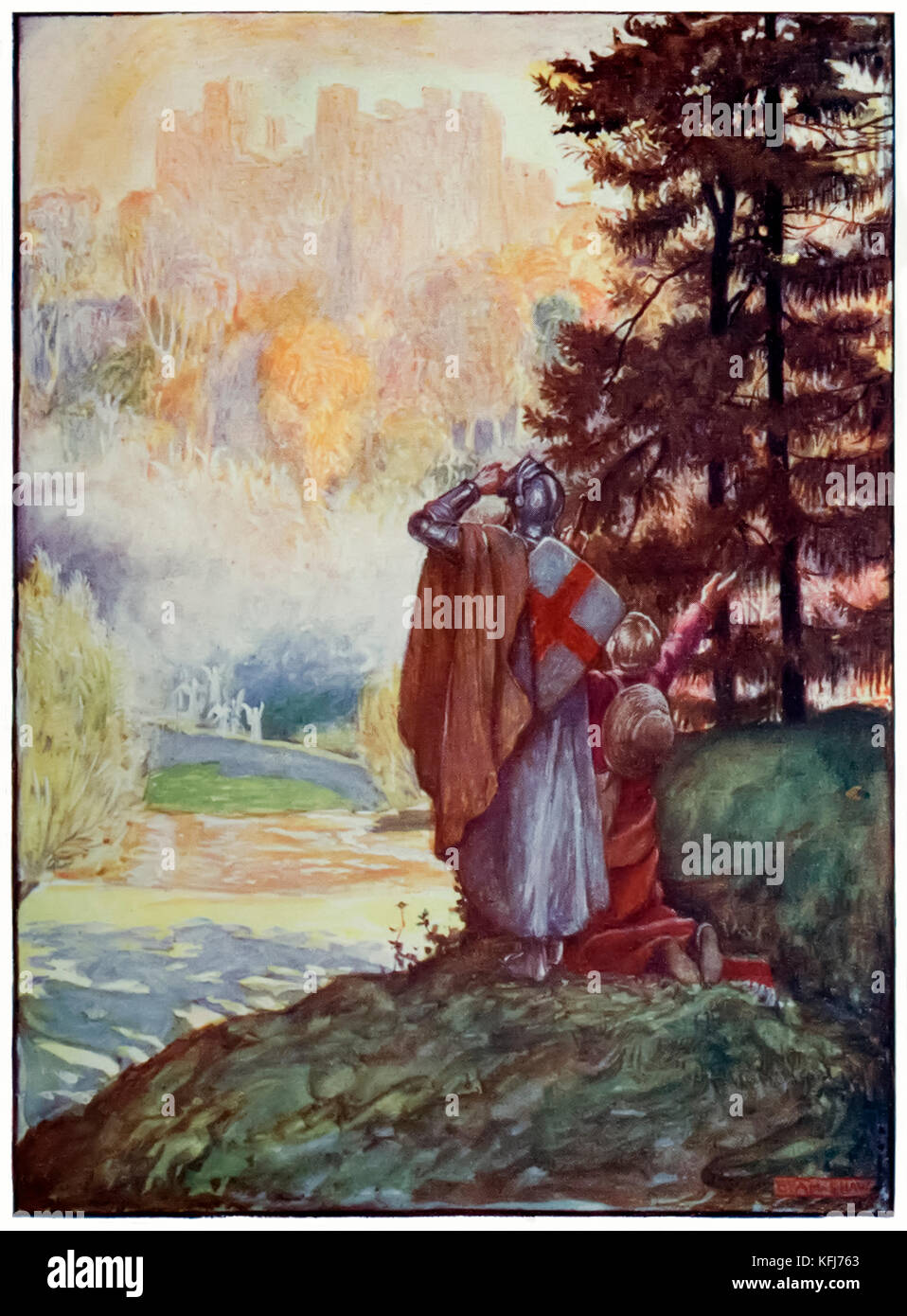 “Christian and Hopeful come in sight of the Celestial City” from ‘The Pilgrim’s Progress From This World, To That Which Is To Come’ by John Bunyan (1628-1688). Illustration by Byam Shaw (1872-1919). See more information below. Stock Photohttps://www.alamy.com/image-license-details/?v=1https://www.alamy.com/stock-image-christian-and-hopeful-come-in-sight-of-the-celestial-city-from-the-164513947.html
“Christian and Hopeful come in sight of the Celestial City” from ‘The Pilgrim’s Progress From This World, To That Which Is To Come’ by John Bunyan (1628-1688). Illustration by Byam Shaw (1872-1919). See more information below. Stock Photohttps://www.alamy.com/image-license-details/?v=1https://www.alamy.com/stock-image-christian-and-hopeful-come-in-sight-of-the-celestial-city-from-the-164513947.htmlRMKFJ763–“Christian and Hopeful come in sight of the Celestial City” from ‘The Pilgrim’s Progress From This World, To That Which Is To Come’ by John Bunyan (1628-1688). Illustration by Byam Shaw (1872-1919). See more information below.
 “Christian armed” from ‘The Pilgrim’s Progress From This World, To That Which Is To Come’ by John Bunyan (1628-1688). Illustration by Byam Shaw (1872-1919), Christian in the armory at the Palace Beautiful being equipped by the virgins Discretion, Pruden, Piety and Charity. See more information below. Stock Photohttps://www.alamy.com/image-license-details/?v=1https://www.alamy.com/stock-image-christian-armed-from-the-pilgrims-progress-from-this-world-to-that-164668505.html
“Christian armed” from ‘The Pilgrim’s Progress From This World, To That Which Is To Come’ by John Bunyan (1628-1688). Illustration by Byam Shaw (1872-1919), Christian in the armory at the Palace Beautiful being equipped by the virgins Discretion, Pruden, Piety and Charity. See more information below. Stock Photohttps://www.alamy.com/image-license-details/?v=1https://www.alamy.com/stock-image-christian-armed-from-the-pilgrims-progress-from-this-world-to-that-164668505.htmlRMKFW8A1–“Christian armed” from ‘The Pilgrim’s Progress From This World, To That Which Is To Come’ by John Bunyan (1628-1688). Illustration by Byam Shaw (1872-1919), Christian in the armory at the Palace Beautiful being equipped by the virgins Discretion, Pruden, Piety and Charity. See more information below.
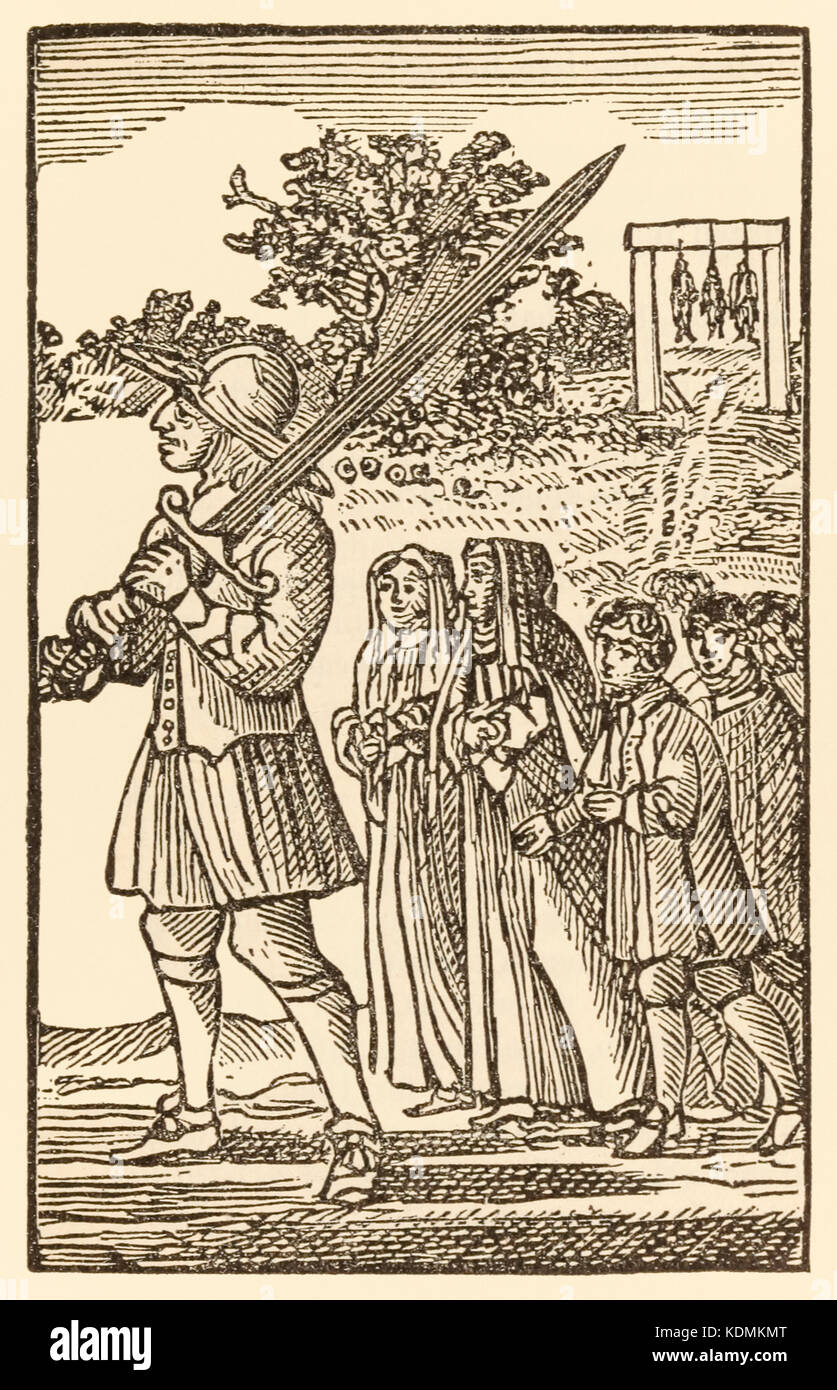 “Behold here how the slothful are a sign” from ‘The Pilgrim’s Progress From This World, To That Which Is To Come’ by John Bunyan (1628-1688). Great-Heart accompany Christiana, Mercy and the boys, in the background Simple, Sloth and Presumption hang besides the highway. See more information below. Stock Photohttps://www.alamy.com/image-license-details/?v=1https://www.alamy.com/stock-image-behold-here-how-the-slothful-are-a-sign-from-the-pilgrims-progress-163338360.html
“Behold here how the slothful are a sign” from ‘The Pilgrim’s Progress From This World, To That Which Is To Come’ by John Bunyan (1628-1688). Great-Heart accompany Christiana, Mercy and the boys, in the background Simple, Sloth and Presumption hang besides the highway. See more information below. Stock Photohttps://www.alamy.com/image-license-details/?v=1https://www.alamy.com/stock-image-behold-here-how-the-slothful-are-a-sign-from-the-pilgrims-progress-163338360.htmlRMKDMKMT–“Behold here how the slothful are a sign” from ‘The Pilgrim’s Progress From This World, To That Which Is To Come’ by John Bunyan (1628-1688). Great-Heart accompany Christiana, Mercy and the boys, in the background Simple, Sloth and Presumption hang besides the highway. See more information below.
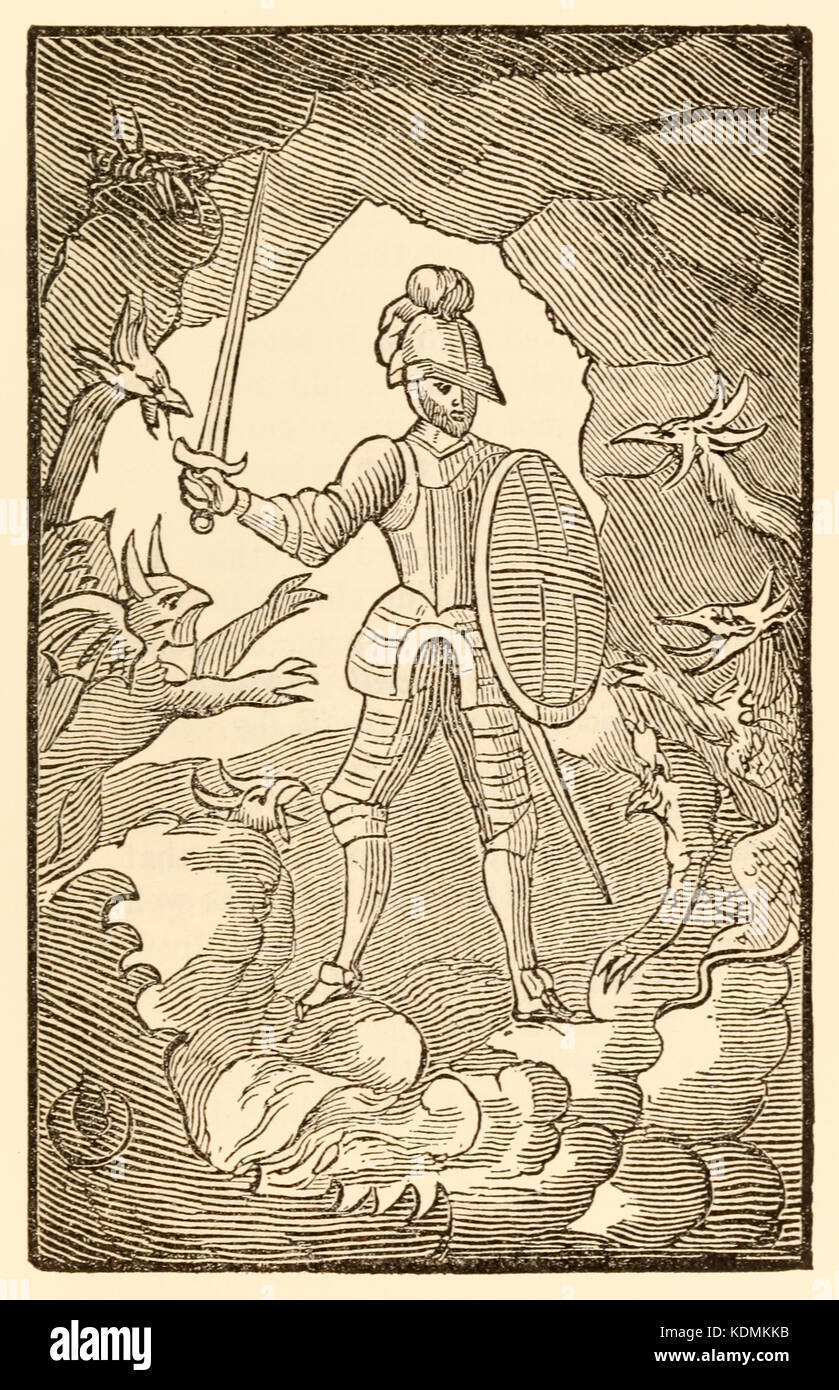 “Poor man! Where art thou now? Thy day is night.” from ‘The Pilgrim’s Progress From This World, To That Which Is To Come’ by John Bunyan (1628-1688). Christian enters the Valley of the Shadow of Death and travels into the mouth of Hell. See more information below. Stock Photohttps://www.alamy.com/image-license-details/?v=1https://www.alamy.com/stock-image-poor-man!-where-art-thou-now-thy-day-is-night-from-the-pilgrims-progress-163338319.html
“Poor man! Where art thou now? Thy day is night.” from ‘The Pilgrim’s Progress From This World, To That Which Is To Come’ by John Bunyan (1628-1688). Christian enters the Valley of the Shadow of Death and travels into the mouth of Hell. See more information below. Stock Photohttps://www.alamy.com/image-license-details/?v=1https://www.alamy.com/stock-image-poor-man!-where-art-thou-now-thy-day-is-night-from-the-pilgrims-progress-163338319.htmlRMKDMKKB–“Poor man! Where art thou now? Thy day is night.” from ‘The Pilgrim’s Progress From This World, To That Which Is To Come’ by John Bunyan (1628-1688). Christian enters the Valley of the Shadow of Death and travels into the mouth of Hell. See more information below.
 “Christian passes through the Valley of the Shadow of Death” from ‘The Pilgrim’s Progress’ by John Bunyan (1628-1688). Illustration by Frank C. Papé (1878-1972). See more information below. Stock Photohttps://www.alamy.com/image-license-details/?v=1https://www.alamy.com/stock-image-christian-passes-through-the-valley-of-the-shadow-of-death-from-the-163205464.html
“Christian passes through the Valley of the Shadow of Death” from ‘The Pilgrim’s Progress’ by John Bunyan (1628-1688). Illustration by Frank C. Papé (1878-1972). See more information below. Stock Photohttps://www.alamy.com/image-license-details/?v=1https://www.alamy.com/stock-image-christian-passes-through-the-valley-of-the-shadow-of-death-from-the-163205464.htmlRMKDEJ6G–“Christian passes through the Valley of the Shadow of Death” from ‘The Pilgrim’s Progress’ by John Bunyan (1628-1688). Illustration by Frank C. Papé (1878-1972). See more information below.
 “The Monkeys wound many coils around his body.” from ‘The Wonderful Wizard of Oz’ by L. Frank Baum (1856-1919) with pictures by W. W. Denslow (1856-1915). See more information below. Stock Photohttps://www.alamy.com/image-license-details/?v=1https://www.alamy.com/stock-image-the-monkeys-wound-many-coils-around-his-body-from-the-wonderful-wizard-162618501.html
“The Monkeys wound many coils around his body.” from ‘The Wonderful Wizard of Oz’ by L. Frank Baum (1856-1919) with pictures by W. W. Denslow (1856-1915). See more information below. Stock Photohttps://www.alamy.com/image-license-details/?v=1https://www.alamy.com/stock-image-the-monkeys-wound-many-coils-around-his-body-from-the-wonderful-wizard-162618501.htmlRMKCFWFH–“The Monkeys wound many coils around his body.” from ‘The Wonderful Wizard of Oz’ by L. Frank Baum (1856-1919) with pictures by W. W. Denslow (1856-1915). See more information below.
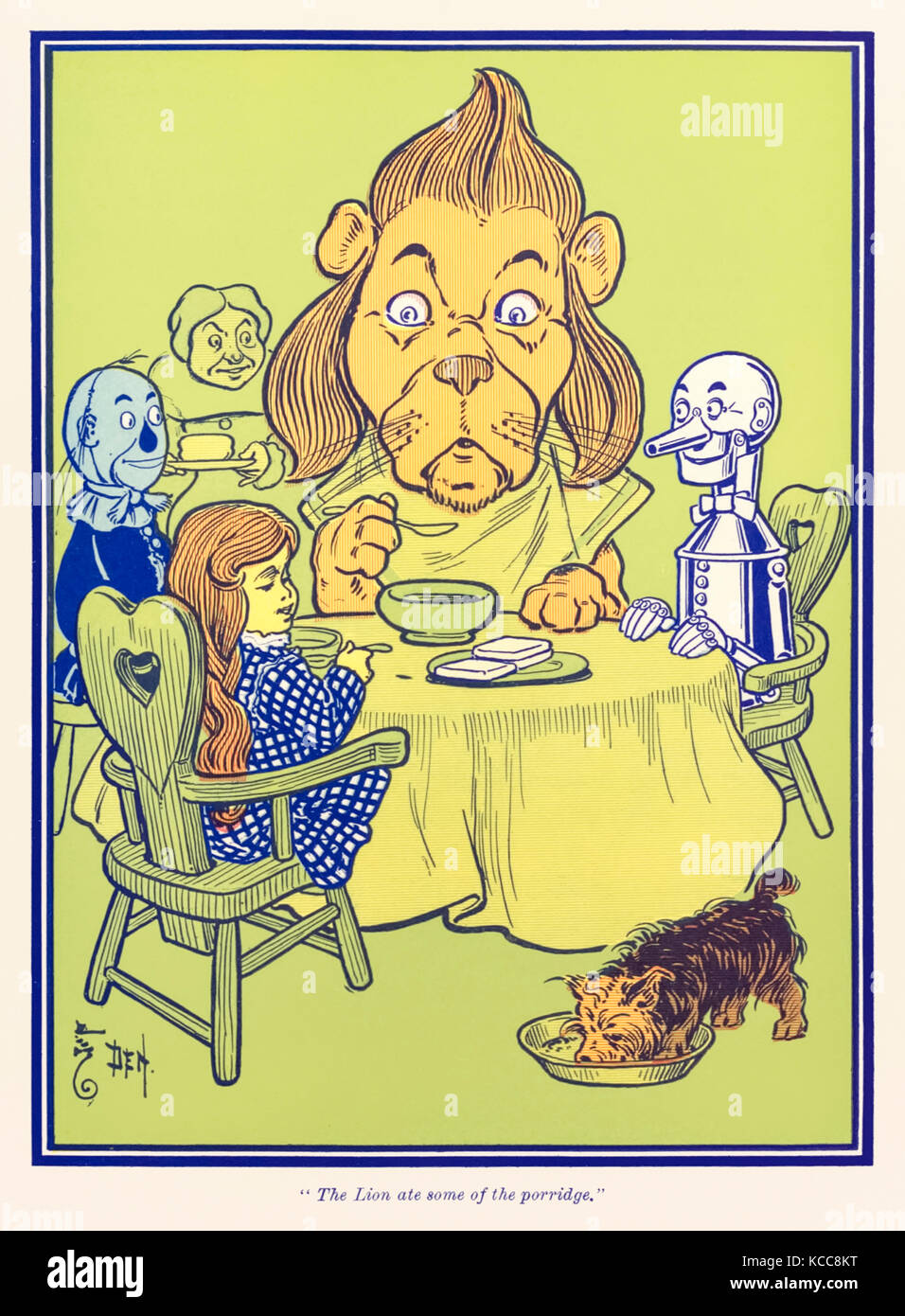 “The Lion ate some of the porridge.” from ‘The Wonderful Wizard of Oz’ by L. Frank Baum (1856-1919) with pictures by W. W. Denslow (1856-1915). See more information below. Stock Photohttps://www.alamy.com/image-license-details/?v=1https://www.alamy.com/stock-image-the-lion-ate-some-of-the-porridge-from-the-wonderful-wizard-of-oz-162539436.html
“The Lion ate some of the porridge.” from ‘The Wonderful Wizard of Oz’ by L. Frank Baum (1856-1919) with pictures by W. W. Denslow (1856-1915). See more information below. Stock Photohttps://www.alamy.com/image-license-details/?v=1https://www.alamy.com/stock-image-the-lion-ate-some-of-the-porridge-from-the-wonderful-wizard-of-oz-162539436.htmlRMKCC8KT–“The Lion ate some of the porridge.” from ‘The Wonderful Wizard of Oz’ by L. Frank Baum (1856-1919) with pictures by W. W. Denslow (1856-1915). See more information below.
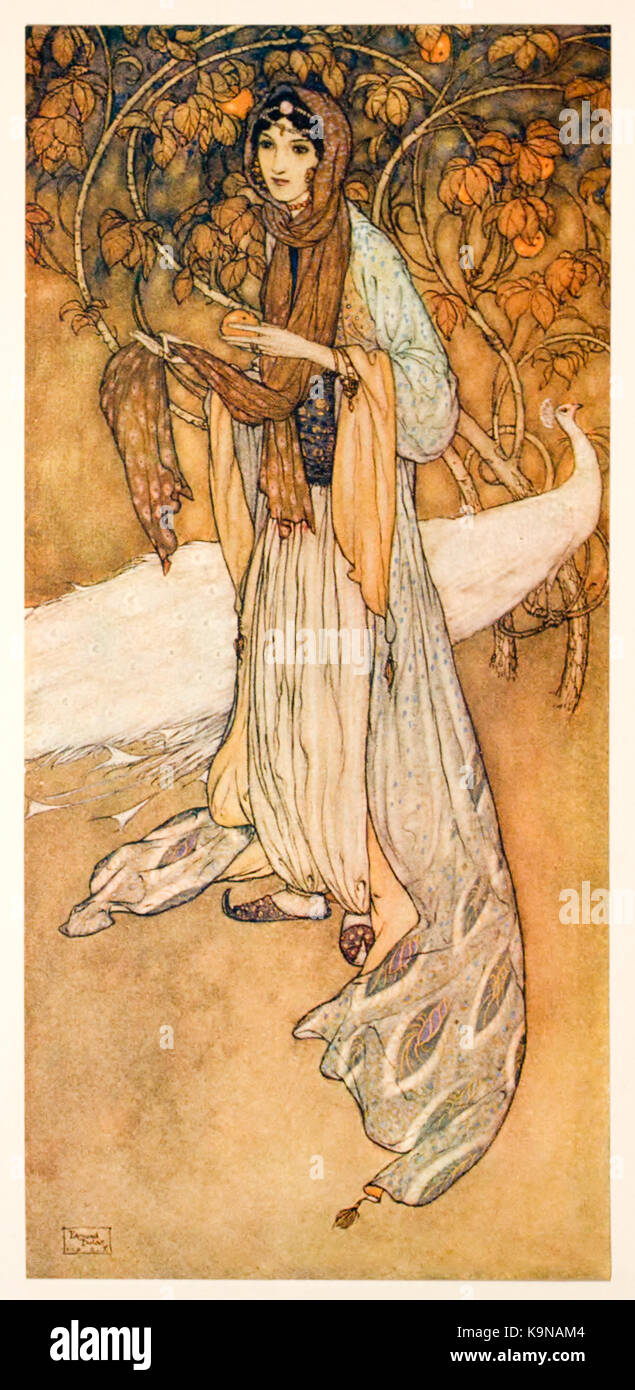 Princess Scheherazade the legendary Persian queen and the storyteller of One Thousand and One Nights. From ‘Stories from the Arabian nights’ by Laurence Housman (1865-1959) showing the legendary Persian queen and the storyteller of One Thousand and One Nights. Illustration by Edmund Dulac (1882-1953). See more information below. Stock Photohttps://www.alamy.com/image-license-details/?v=1https://www.alamy.com/stock-image-princess-scheherazade-the-legendary-persian-queen-and-the-storyteller-160894612.html
Princess Scheherazade the legendary Persian queen and the storyteller of One Thousand and One Nights. From ‘Stories from the Arabian nights’ by Laurence Housman (1865-1959) showing the legendary Persian queen and the storyteller of One Thousand and One Nights. Illustration by Edmund Dulac (1882-1953). See more information below. Stock Photohttps://www.alamy.com/image-license-details/?v=1https://www.alamy.com/stock-image-princess-scheherazade-the-legendary-persian-queen-and-the-storyteller-160894612.htmlRMK9NAM4–Princess Scheherazade the legendary Persian queen and the storyteller of One Thousand and One Nights. From ‘Stories from the Arabian nights’ by Laurence Housman (1865-1959) showing the legendary Persian queen and the storyteller of One Thousand and One Nights. Illustration by Edmund Dulac (1882-1953). See more information below.
 ‘Robinson Crusoe’ title page from “The Life and Strange Surprising Adventures of Robinson Crusoe, or York, Mariner” by Daniel Defoe (1660-1731). Illustration by Thomas Stothard (1755-1834) engraving by Thomas Medland (1765-1833). See more information below. Stock Photohttps://www.alamy.com/image-license-details/?v=1https://www.alamy.com/stock-image-robinson-crusoe-title-page-from-the-life-and-strange-surprising-adventures-160105256.html
‘Robinson Crusoe’ title page from “The Life and Strange Surprising Adventures of Robinson Crusoe, or York, Mariner” by Daniel Defoe (1660-1731). Illustration by Thomas Stothard (1755-1834) engraving by Thomas Medland (1765-1833). See more information below. Stock Photohttps://www.alamy.com/image-license-details/?v=1https://www.alamy.com/stock-image-robinson-crusoe-title-page-from-the-life-and-strange-surprising-adventures-160105256.htmlRMK8DBTT–‘Robinson Crusoe’ title page from “The Life and Strange Surprising Adventures of Robinson Crusoe, or York, Mariner” by Daniel Defoe (1660-1731). Illustration by Thomas Stothard (1755-1834) engraving by Thomas Medland (1765-1833). See more information below.
 First page from “The Farther Adventures of Robinson Crusoe; Being the Second and Last Part of His Life, And of the Strange Surprising Accounts of his Travels Round three Parts of the Globe” by Daniel Defoe (1660-1731) published in 1719, the same year as its wildly successful prequel. See more information below. Stock Photohttps://www.alamy.com/image-license-details/?v=1https://www.alamy.com/first-page-from-the-farther-adventures-of-robinson-crusoe-being-the-image159110851.html
First page from “The Farther Adventures of Robinson Crusoe; Being the Second and Last Part of His Life, And of the Strange Surprising Accounts of his Travels Round three Parts of the Globe” by Daniel Defoe (1660-1731) published in 1719, the same year as its wildly successful prequel. See more information below. Stock Photohttps://www.alamy.com/image-license-details/?v=1https://www.alamy.com/first-page-from-the-farther-adventures-of-robinson-crusoe-being-the-image159110851.htmlRMK6T3EB–First page from “The Farther Adventures of Robinson Crusoe; Being the Second and Last Part of His Life, And of the Strange Surprising Accounts of his Travels Round three Parts of the Globe” by Daniel Defoe (1660-1731) published in 1719, the same year as its wildly successful prequel. See more information below.
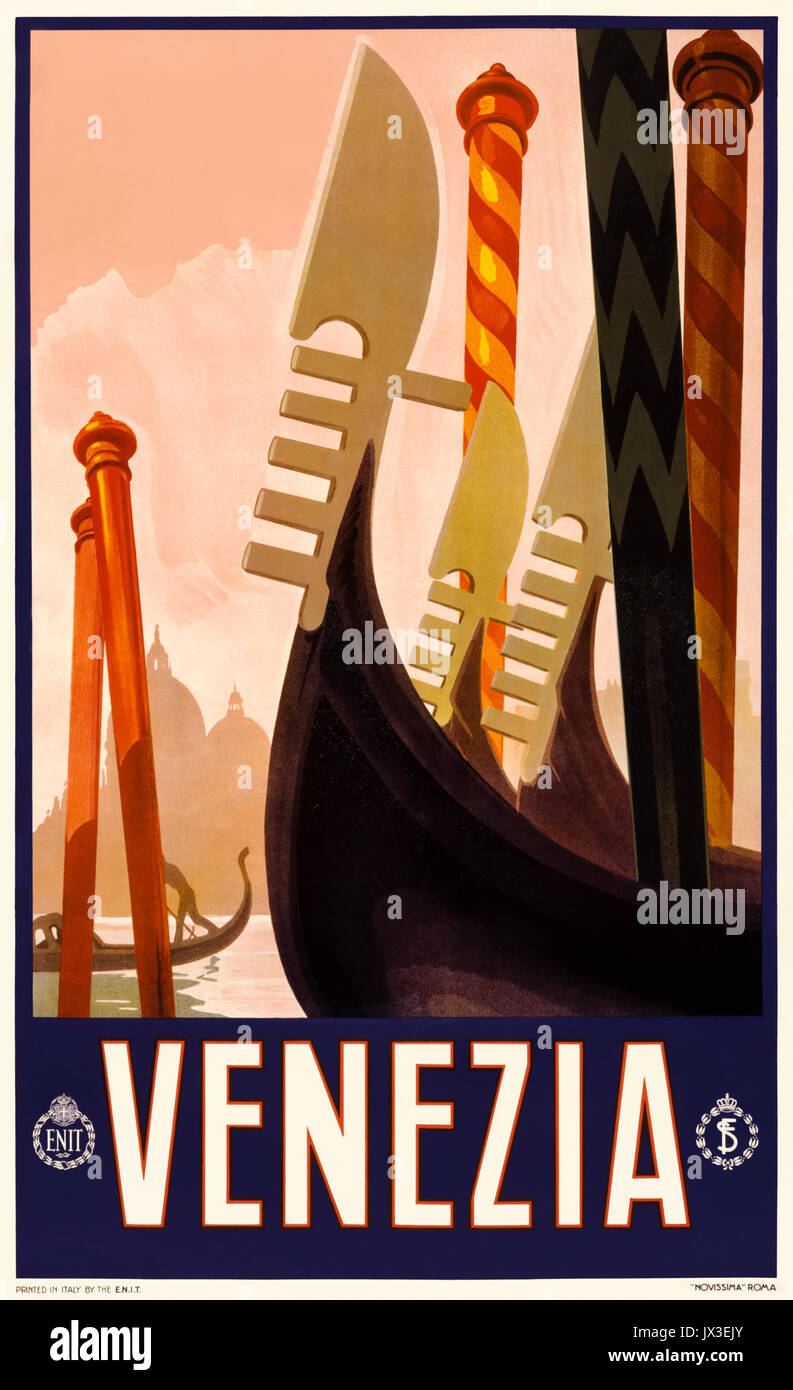 ‘Venezia’ (Venice) 1928 Tourism Poster featuring gondolas with Santa Maria della Salute silhouetted in the background published by Ferrovie dello Stato (FS -Italian State Railways) and ENIT (Agenzia nazionale del turismo - Italian Tourist Board). Stock Photohttps://www.alamy.com/image-license-details/?v=1https://www.alamy.com/venezia-venice-1928-tourism-poster-featuring-gondolas-with-santa-maria-image153741363.html
‘Venezia’ (Venice) 1928 Tourism Poster featuring gondolas with Santa Maria della Salute silhouetted in the background published by Ferrovie dello Stato (FS -Italian State Railways) and ENIT (Agenzia nazionale del turismo - Italian Tourist Board). Stock Photohttps://www.alamy.com/image-license-details/?v=1https://www.alamy.com/venezia-venice-1928-tourism-poster-featuring-gondolas-with-santa-maria-image153741363.htmlRMJX3EJY–‘Venezia’ (Venice) 1928 Tourism Poster featuring gondolas with Santa Maria della Salute silhouetted in the background published by Ferrovie dello Stato (FS -Italian State Railways) and ENIT (Agenzia nazionale del turismo - Italian Tourist Board).
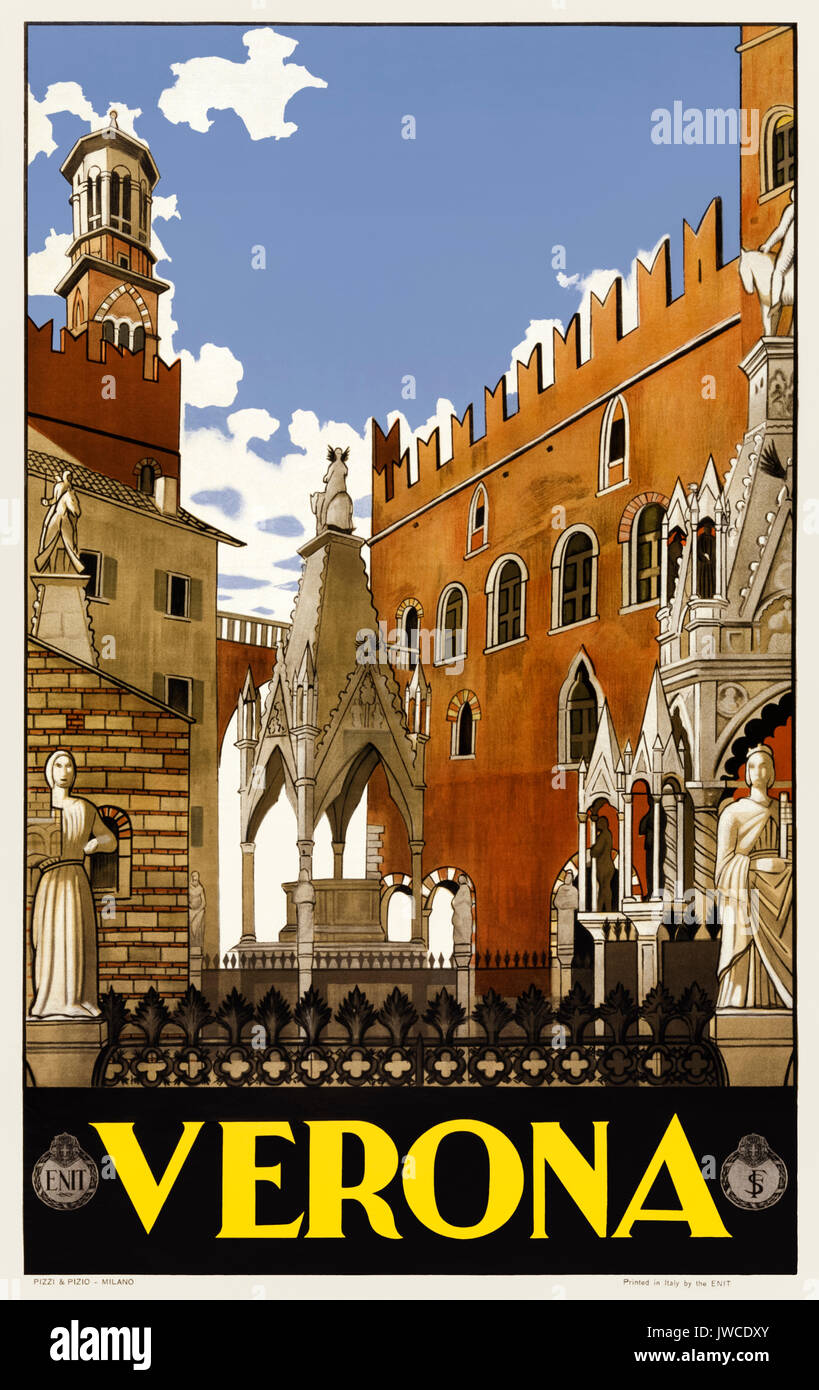 ‘Verona’ 1930s Tourism Poster featuring the city’s Scaliger tombs published by Ferrovie dello Stato (FS -Italian State Railways) and ENIT (Agenzia nazionale del turismo - Italian Tourist Board). Stock Photohttps://www.alamy.com/image-license-details/?v=1https://www.alamy.com/verona-1930s-tourism-poster-featuring-the-citys-scaliger-tombs-published-image153323715.html
‘Verona’ 1930s Tourism Poster featuring the city’s Scaliger tombs published by Ferrovie dello Stato (FS -Italian State Railways) and ENIT (Agenzia nazionale del turismo - Italian Tourist Board). Stock Photohttps://www.alamy.com/image-license-details/?v=1https://www.alamy.com/verona-1930s-tourism-poster-featuring-the-citys-scaliger-tombs-published-image153323715.htmlRMJWCDXY–‘Verona’ 1930s Tourism Poster featuring the city’s Scaliger tombs published by Ferrovie dello Stato (FS -Italian State Railways) and ENIT (Agenzia nazionale del turismo - Italian Tourist Board).
 ‘The Orient is Hong Kong’ Jet BOAC (British Overseas Airways Corporation)Tourism Poster featuring an illustration by Miroslav Sasek (1916-1980) from his 1965 children’s book “This is Hong Kong”. Stock Photohttps://www.alamy.com/image-license-details/?v=1https://www.alamy.com/the-orient-is-hong-kong-jet-boac-british-overseas-airways-corporationtourism-image150264568.html
‘The Orient is Hong Kong’ Jet BOAC (British Overseas Airways Corporation)Tourism Poster featuring an illustration by Miroslav Sasek (1916-1980) from his 1965 children’s book “This is Hong Kong”. Stock Photohttps://www.alamy.com/image-license-details/?v=1https://www.alamy.com/the-orient-is-hong-kong-jet-boac-british-overseas-airways-corporationtourism-image150264568.htmlRMJMD3YM–‘The Orient is Hong Kong’ Jet BOAC (British Overseas Airways Corporation)Tourism Poster featuring an illustration by Miroslav Sasek (1916-1980) from his 1965 children’s book “This is Hong Kong”.
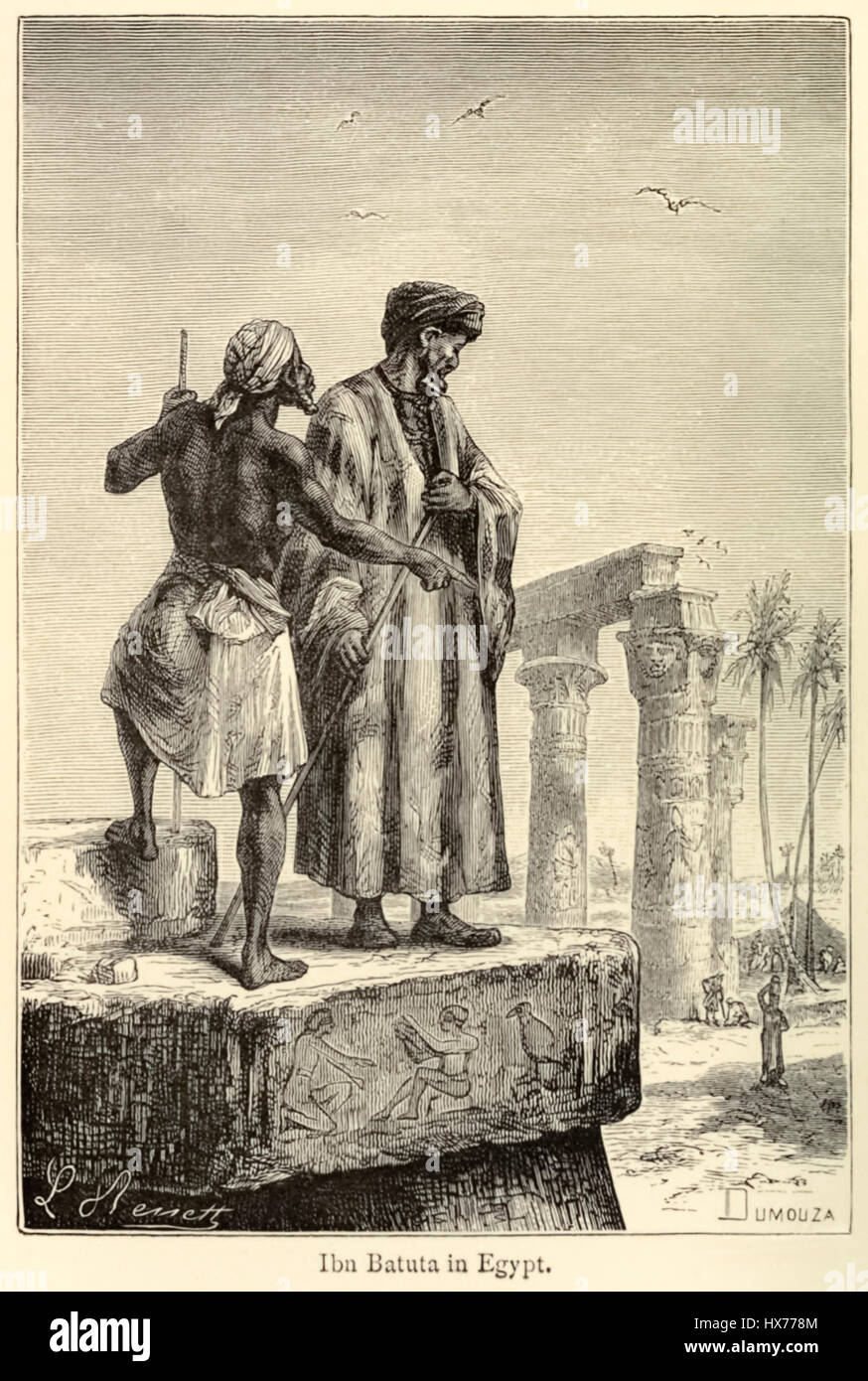 “Ibn Battuta in Egypt” medieval traveller Muhammad Ibn Battuta (1304-1369) visiting Egypt, he is known for his extensive journeys which he documented in his book ‘Rihla’. Illustration by Léon Benett (1839-1917) engraving by Dumouza published in 1879. Stock Photohttps://www.alamy.com/image-license-details/?v=1https://www.alamy.com/stock-photo-ibn-battuta-in-egypt-medieval-traveller-muhammad-ibn-battuta-1304-136613028.html
“Ibn Battuta in Egypt” medieval traveller Muhammad Ibn Battuta (1304-1369) visiting Egypt, he is known for his extensive journeys which he documented in his book ‘Rihla’. Illustration by Léon Benett (1839-1917) engraving by Dumouza published in 1879. Stock Photohttps://www.alamy.com/image-license-details/?v=1https://www.alamy.com/stock-photo-ibn-battuta-in-egypt-medieval-traveller-muhammad-ibn-battuta-1304-136613028.htmlRMHX778M–“Ibn Battuta in Egypt” medieval traveller Muhammad Ibn Battuta (1304-1369) visiting Egypt, he is known for his extensive journeys which he documented in his book ‘Rihla’. Illustration by Léon Benett (1839-1917) engraving by Dumouza published in 1879.
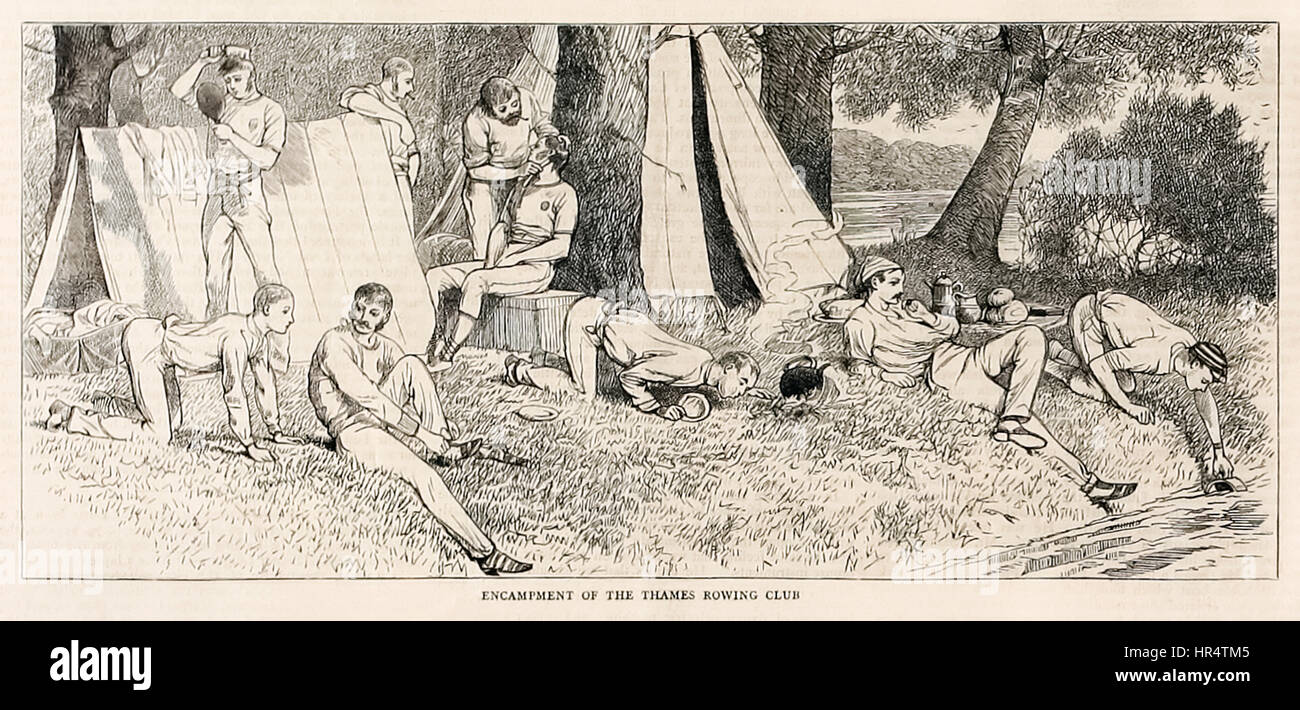 “Encampment of the Thames Rowing Club.” from ‘Sketches from a steam launch at Henley Regatta’ published in July 1878. Stock Photohttps://www.alamy.com/image-license-details/?v=1https://www.alamy.com/stock-photo-encampment-of-the-thames-rowing-club-from-sketches-from-a-steam-launch-134716853.html
“Encampment of the Thames Rowing Club.” from ‘Sketches from a steam launch at Henley Regatta’ published in July 1878. Stock Photohttps://www.alamy.com/image-license-details/?v=1https://www.alamy.com/stock-photo-encampment-of-the-thames-rowing-club-from-sketches-from-a-steam-launch-134716853.htmlRMHR4TM5–“Encampment of the Thames Rowing Club.” from ‘Sketches from a steam launch at Henley Regatta’ published in July 1878.
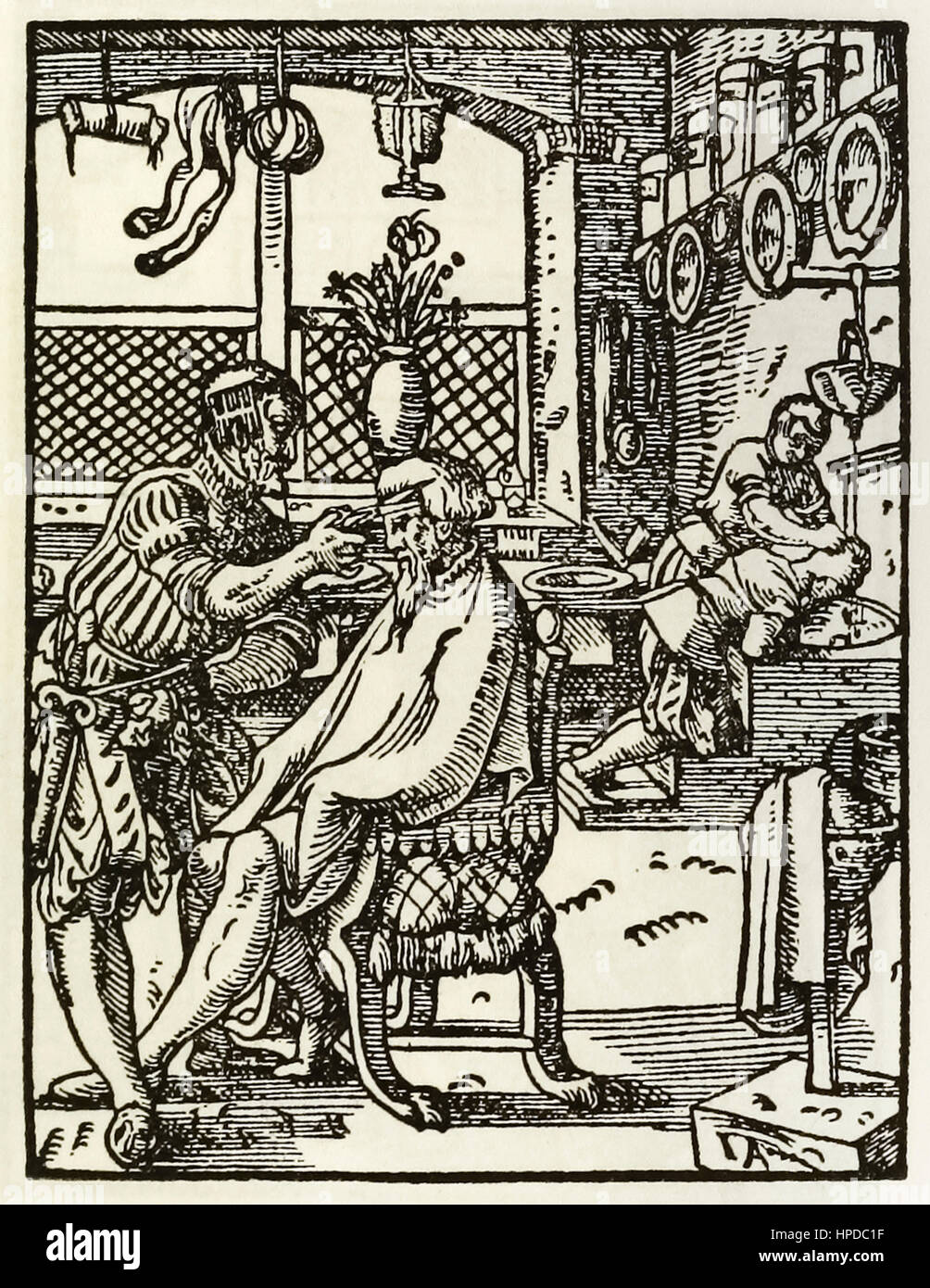 ‘The Barbers’ woodcut by Jost Amman (1539-1591) from a series depicting occupations and trades first published in ‘Das Ständebuch’ 1568 in Frankfurt, Germany. Stock Photohttps://www.alamy.com/image-license-details/?v=1https://www.alamy.com/stock-photo-the-barbers-woodcut-by-jost-amman-1539-1591-from-a-series-depicting-134289835.html
‘The Barbers’ woodcut by Jost Amman (1539-1591) from a series depicting occupations and trades first published in ‘Das Ständebuch’ 1568 in Frankfurt, Germany. Stock Photohttps://www.alamy.com/image-license-details/?v=1https://www.alamy.com/stock-photo-the-barbers-woodcut-by-jost-amman-1539-1591-from-a-series-depicting-134289835.htmlRMHPDC1F–‘The Barbers’ woodcut by Jost Amman (1539-1591) from a series depicting occupations and trades first published in ‘Das Ständebuch’ 1568 in Frankfurt, Germany.
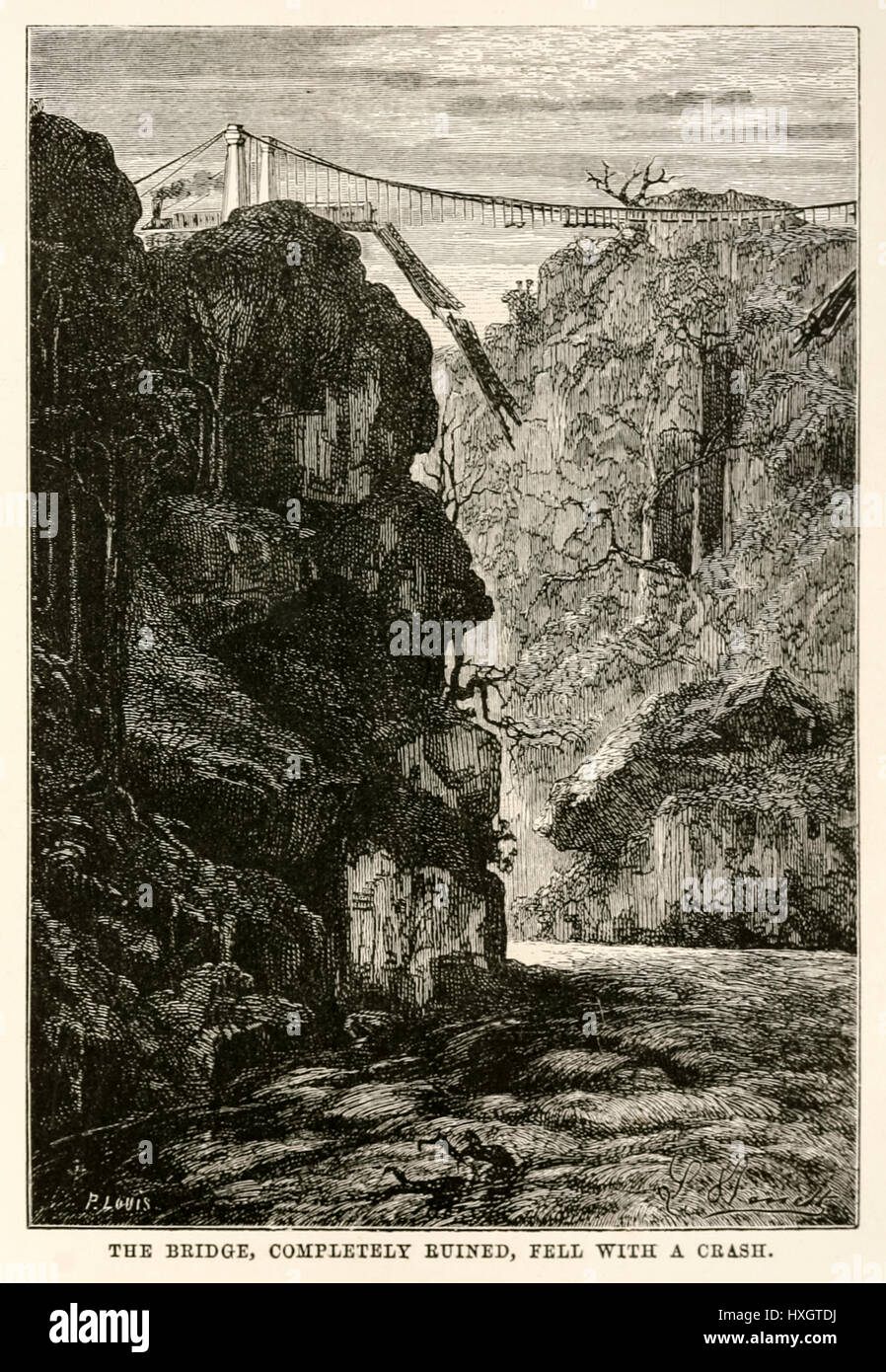 “The bridge, completely ruined, fell with a crash.” from ‘Around the World in Eighty Days’ by Jules Verne (1828-1905) published in 1873 illustration by Léon Benett (1839-1917) and engraving by Louis. Stock Photohttps://www.alamy.com/image-license-details/?v=1https://www.alamy.com/stock-photo-the-bridge-completely-ruined-fell-with-a-crash-from-around-the-world-136824062.html
“The bridge, completely ruined, fell with a crash.” from ‘Around the World in Eighty Days’ by Jules Verne (1828-1905) published in 1873 illustration by Léon Benett (1839-1917) and engraving by Louis. Stock Photohttps://www.alamy.com/image-license-details/?v=1https://www.alamy.com/stock-photo-the-bridge-completely-ruined-fell-with-a-crash-from-around-the-world-136824062.htmlRMHXGTDJ–“The bridge, completely ruined, fell with a crash.” from ‘Around the World in Eighty Days’ by Jules Verne (1828-1905) published in 1873 illustration by Léon Benett (1839-1917) and engraving by Louis.
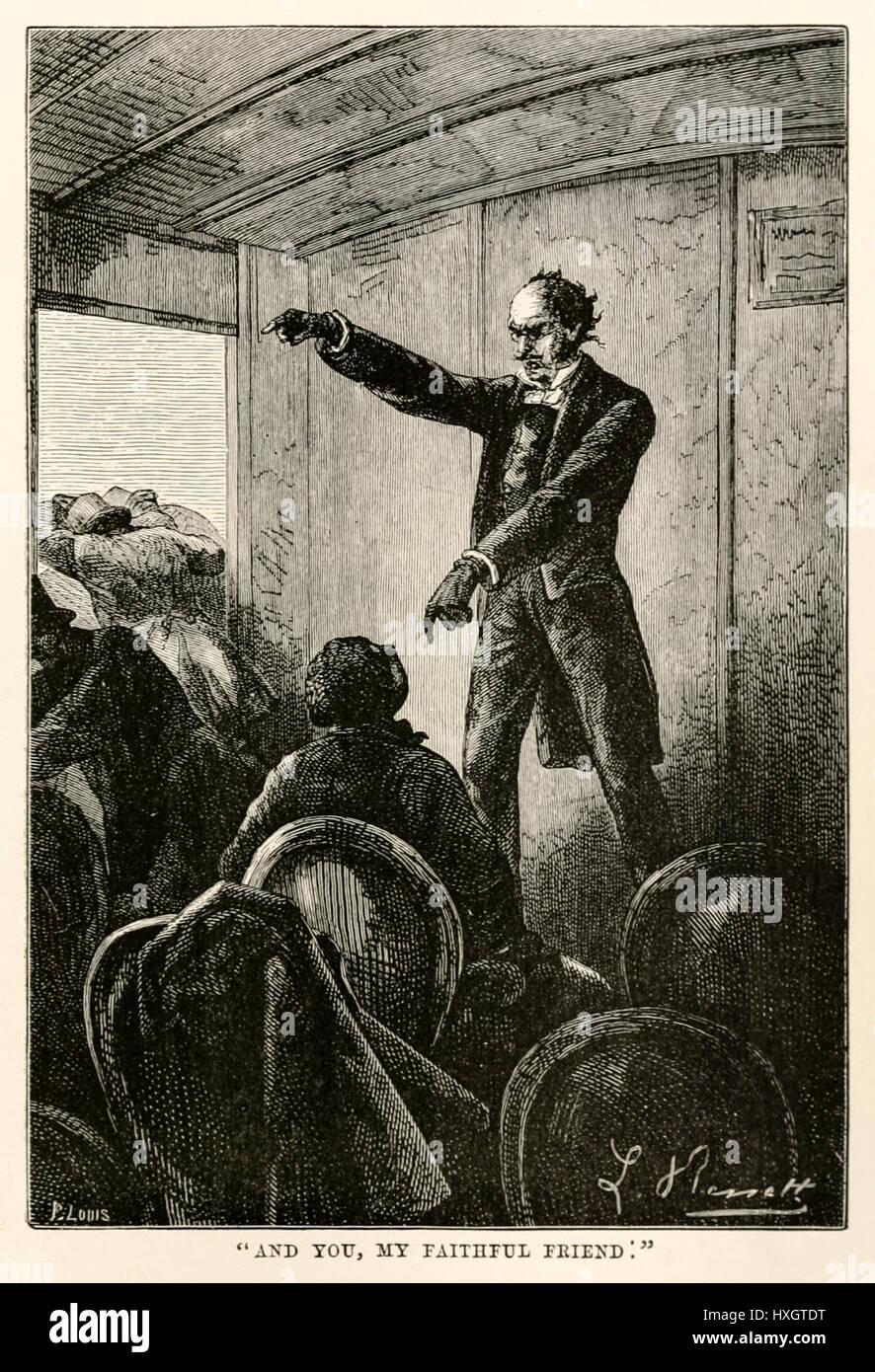 “And you, my faithful friend.” from ‘Around the World in Eighty Days’ by Jules Verne (1828-1905) published in 1873 illustration by Léon Benett (1839-1917) and engraving by Louis. Stock Photohttps://www.alamy.com/image-license-details/?v=1https://www.alamy.com/stock-photo-and-you-my-faithful-friend-from-around-the-world-in-eighty-days-by-136824068.html
“And you, my faithful friend.” from ‘Around the World in Eighty Days’ by Jules Verne (1828-1905) published in 1873 illustration by Léon Benett (1839-1917) and engraving by Louis. Stock Photohttps://www.alamy.com/image-license-details/?v=1https://www.alamy.com/stock-photo-and-you-my-faithful-friend-from-around-the-world-in-eighty-days-by-136824068.htmlRMHXGTDT–“And you, my faithful friend.” from ‘Around the World in Eighty Days’ by Jules Verne (1828-1905) published in 1873 illustration by Léon Benett (1839-1917) and engraving by Louis.
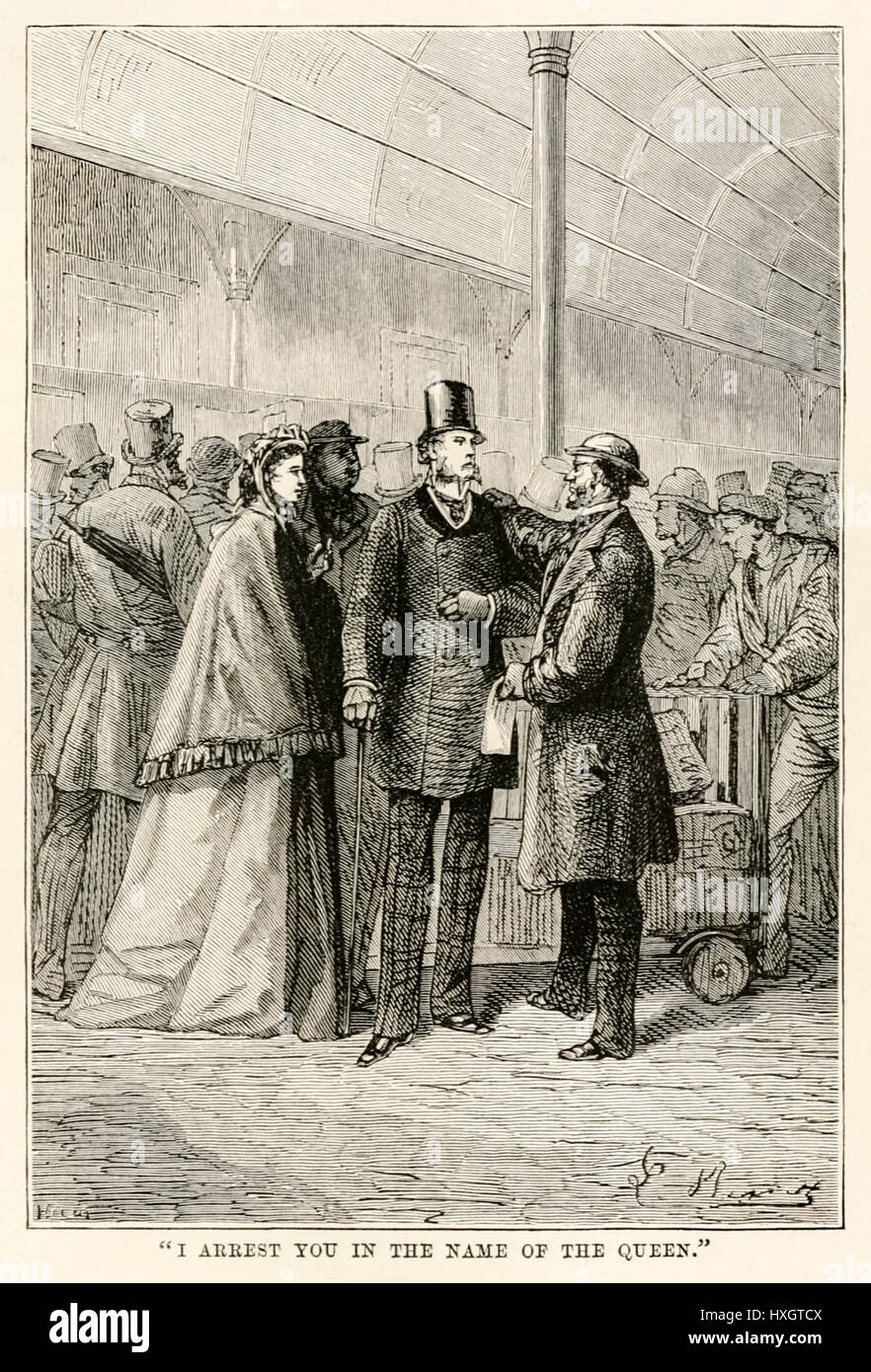 “I arrest you in the name of the Queen” from ‘Around the World in Eighty Days’ by Jules Verne (1828-1905) published in 1873 with illustrations by Alphonse-Marie-Adolphe de Neuville (1835-1885) and Léon Benett (1839-1917) and engravings by Louis Dumont (born 1822) and Adolphe François Pannemaker (1822-1900). Stock Photohttps://www.alamy.com/image-license-details/?v=1https://www.alamy.com/stock-photo-i-arrest-you-in-the-name-of-the-queen-from-around-the-world-in-eighty-136824042.html
“I arrest you in the name of the Queen” from ‘Around the World in Eighty Days’ by Jules Verne (1828-1905) published in 1873 with illustrations by Alphonse-Marie-Adolphe de Neuville (1835-1885) and Léon Benett (1839-1917) and engravings by Louis Dumont (born 1822) and Adolphe François Pannemaker (1822-1900). Stock Photohttps://www.alamy.com/image-license-details/?v=1https://www.alamy.com/stock-photo-i-arrest-you-in-the-name-of-the-queen-from-around-the-world-in-eighty-136824042.htmlRMHXGTCX–“I arrest you in the name of the Queen” from ‘Around the World in Eighty Days’ by Jules Verne (1828-1905) published in 1873 with illustrations by Alphonse-Marie-Adolphe de Neuville (1835-1885) and Léon Benett (1839-1917) and engravings by Louis Dumont (born 1822) and Adolphe François Pannemaker (1822-1900).
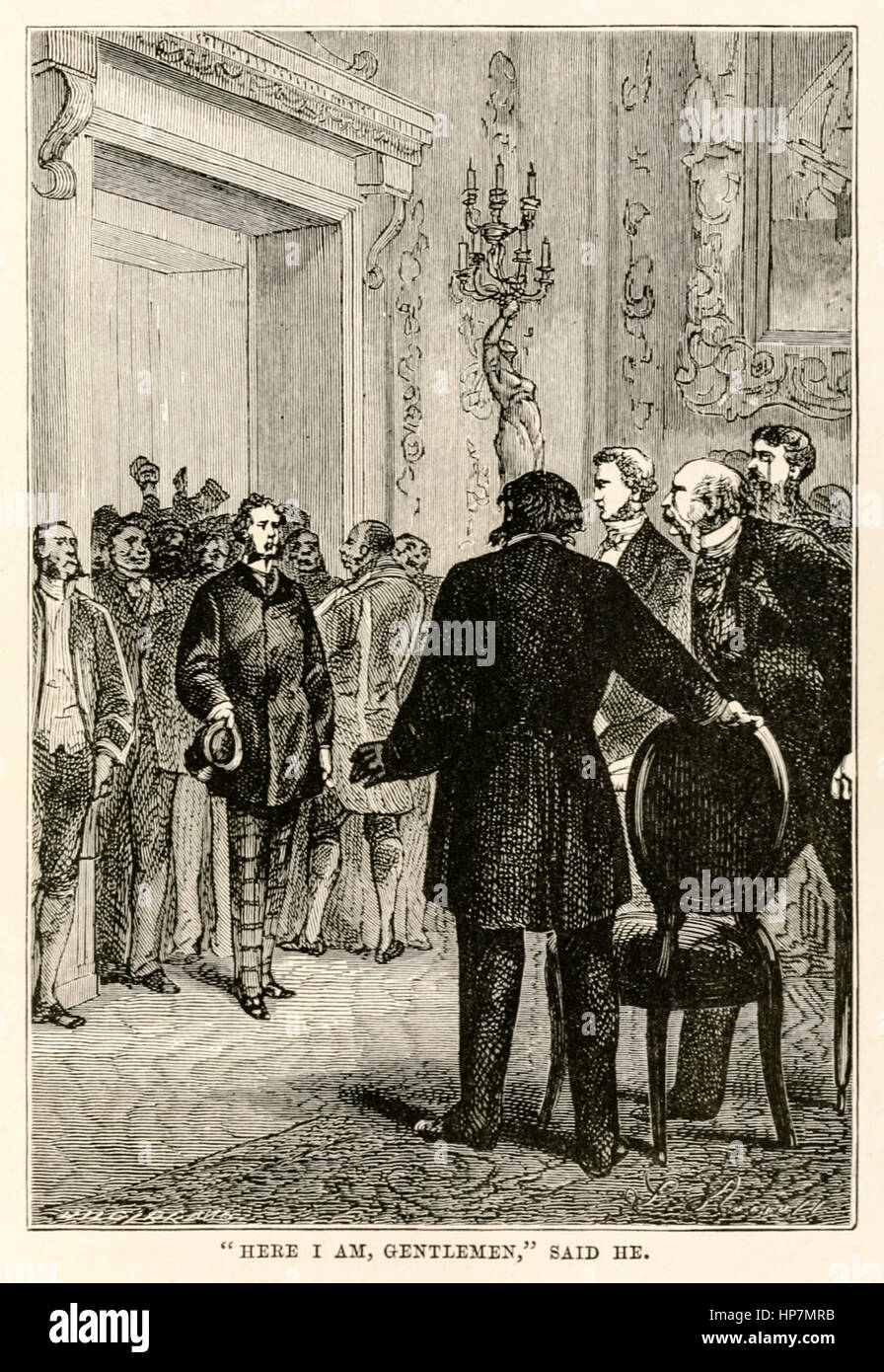 “”Here I am gentlemen,” said he.” from ‘Around the World in Eighty Days’ by Jules Verne (1828-1905) published in 1873 illustration by Léon Benett (1839-1917) and engraving by Henri-Théophile Hildebrand (1824-1897). Stock Photohttps://www.alamy.com/image-license-details/?v=1https://www.alamy.com/stock-photo-here-i-am-gentlemen-said-he-from-around-the-world-in-eighty-days-by-134165007.html
“”Here I am gentlemen,” said he.” from ‘Around the World in Eighty Days’ by Jules Verne (1828-1905) published in 1873 illustration by Léon Benett (1839-1917) and engraving by Henri-Théophile Hildebrand (1824-1897). Stock Photohttps://www.alamy.com/image-license-details/?v=1https://www.alamy.com/stock-photo-here-i-am-gentlemen-said-he-from-around-the-world-in-eighty-days-by-134165007.htmlRMHP7MRB–“”Here I am gentlemen,” said he.” from ‘Around the World in Eighty Days’ by Jules Verne (1828-1905) published in 1873 illustration by Léon Benett (1839-1917) and engraving by Henri-Théophile Hildebrand (1824-1897).
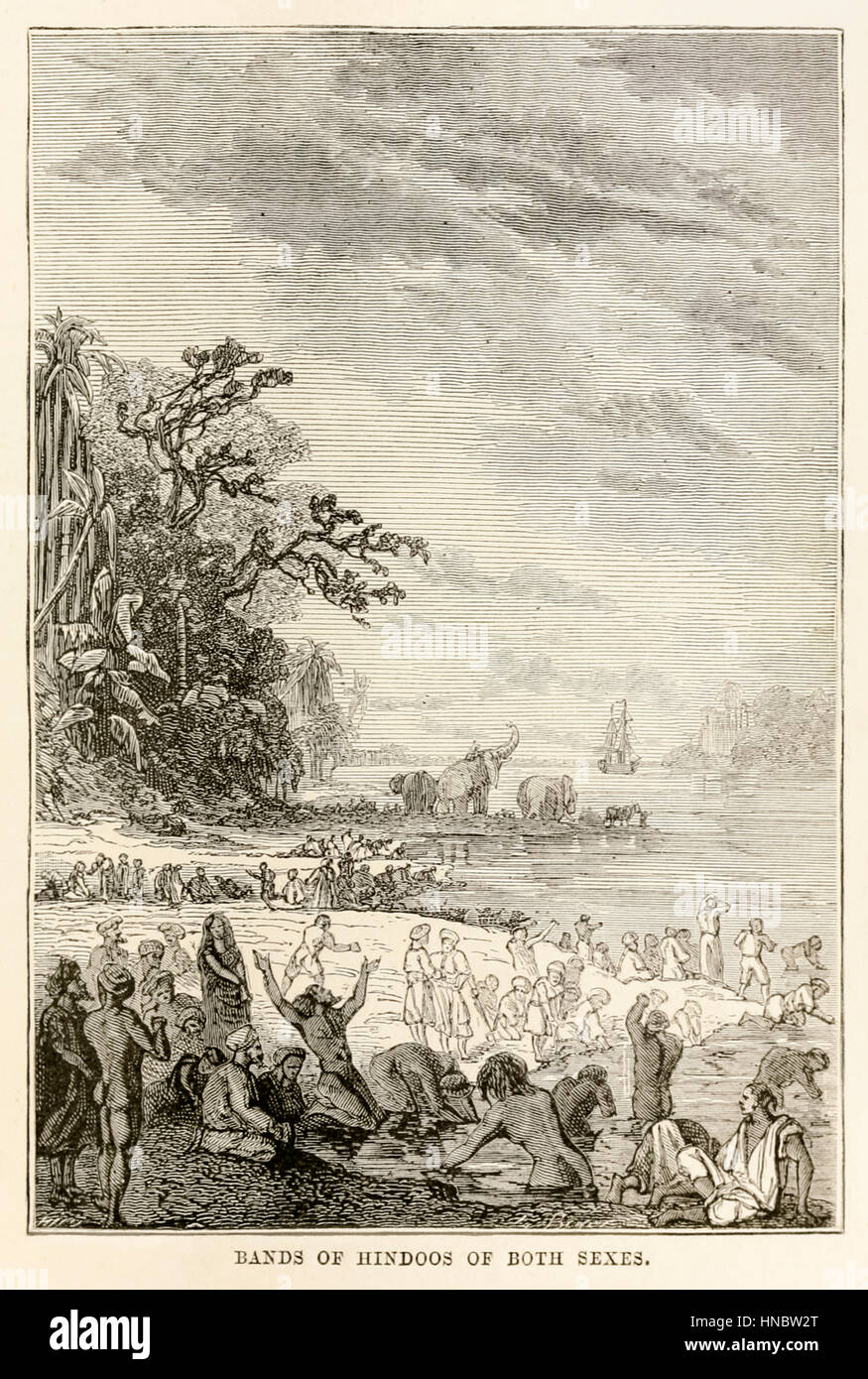 “Bands of Hindoos of both sexes.” from ‘Around the World in Eighty Days’ by Jules Verne (1828-1905) published in 1873 with illustrations by Alphonse-Marie-Adolphe de Neuville (1835-1885) and Léon Benett (1839-1917) and engravings by Louis Dumont (born 1822) and Adolphe François Pannemaker (1822-1900). Stock Photohttps://www.alamy.com/image-license-details/?v=1https://www.alamy.com/stock-photo-bands-of-hindoos-of-both-sexes-from-around-the-world-in-eighty-days-133641504.html
“Bands of Hindoos of both sexes.” from ‘Around the World in Eighty Days’ by Jules Verne (1828-1905) published in 1873 with illustrations by Alphonse-Marie-Adolphe de Neuville (1835-1885) and Léon Benett (1839-1917) and engravings by Louis Dumont (born 1822) and Adolphe François Pannemaker (1822-1900). Stock Photohttps://www.alamy.com/image-license-details/?v=1https://www.alamy.com/stock-photo-bands-of-hindoos-of-both-sexes-from-around-the-world-in-eighty-days-133641504.htmlRMHNBW2T–“Bands of Hindoos of both sexes.” from ‘Around the World in Eighty Days’ by Jules Verne (1828-1905) published in 1873 with illustrations by Alphonse-Marie-Adolphe de Neuville (1835-1885) and Léon Benett (1839-1917) and engravings by Louis Dumont (born 1822) and Adolphe François Pannemaker (1822-1900).
 “The smoke formed into spiral columns.” from ‘Around the World in Eighty Days’ by Jules Verne (1828-1905) published in 1873 with illustrations by Alphonse-Marie-Adolphe de Neuville (1835-1885) and Léon Benett (1839-1917) and engravings by Louis Dumont (born 1822) and Adolphe François Pannemaker (1822-1900). Stock Photohttps://www.alamy.com/image-license-details/?v=1https://www.alamy.com/stock-photo-the-smoke-formed-into-spiral-columns-from-around-the-world-in-eighty-133642035.html
“The smoke formed into spiral columns.” from ‘Around the World in Eighty Days’ by Jules Verne (1828-1905) published in 1873 with illustrations by Alphonse-Marie-Adolphe de Neuville (1835-1885) and Léon Benett (1839-1917) and engravings by Louis Dumont (born 1822) and Adolphe François Pannemaker (1822-1900). Stock Photohttps://www.alamy.com/image-license-details/?v=1https://www.alamy.com/stock-photo-the-smoke-formed-into-spiral-columns-from-around-the-world-in-eighty-133642035.htmlRMHNBWNR–“The smoke formed into spiral columns.” from ‘Around the World in Eighty Days’ by Jules Verne (1828-1905) published in 1873 with illustrations by Alphonse-Marie-Adolphe de Neuville (1835-1885) and Léon Benett (1839-1917) and engravings by Louis Dumont (born 1822) and Adolphe François Pannemaker (1822-1900).
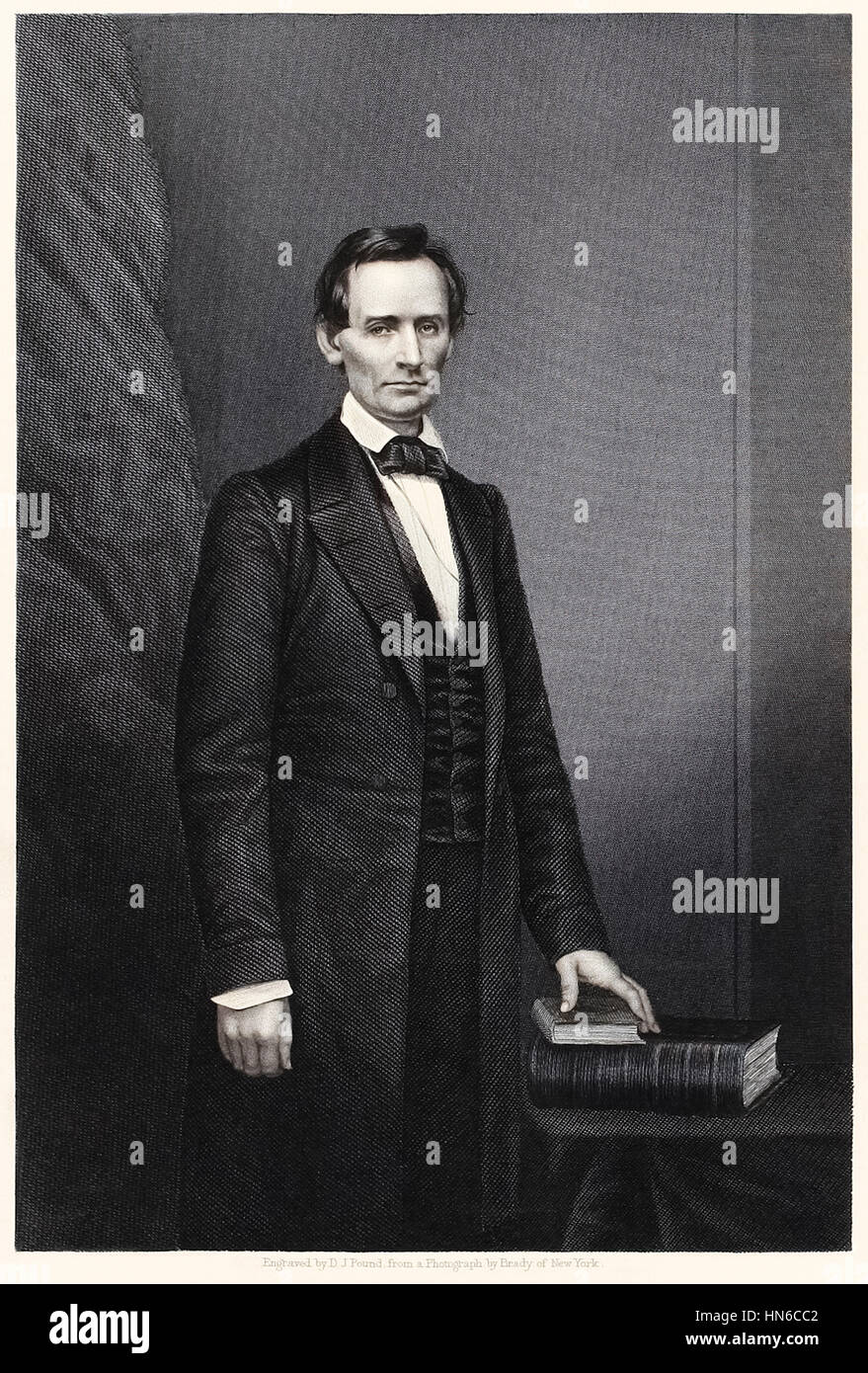 Abraham Lincoln (1809-1865) 16th President of the United States, engraving by Daniel John Pound (active 1842-1877) after a photograph by Mathew Brady (1822-1896). Stock Photohttps://www.alamy.com/image-license-details/?v=1https://www.alamy.com/stock-photo-abraham-lincoln-1809-1865-16th-president-of-the-united-states-engraving-133521810.html
Abraham Lincoln (1809-1865) 16th President of the United States, engraving by Daniel John Pound (active 1842-1877) after a photograph by Mathew Brady (1822-1896). Stock Photohttps://www.alamy.com/image-license-details/?v=1https://www.alamy.com/stock-photo-abraham-lincoln-1809-1865-16th-president-of-the-united-states-engraving-133521810.htmlRMHN6CC2–Abraham Lincoln (1809-1865) 16th President of the United States, engraving by Daniel John Pound (active 1842-1877) after a photograph by Mathew Brady (1822-1896).
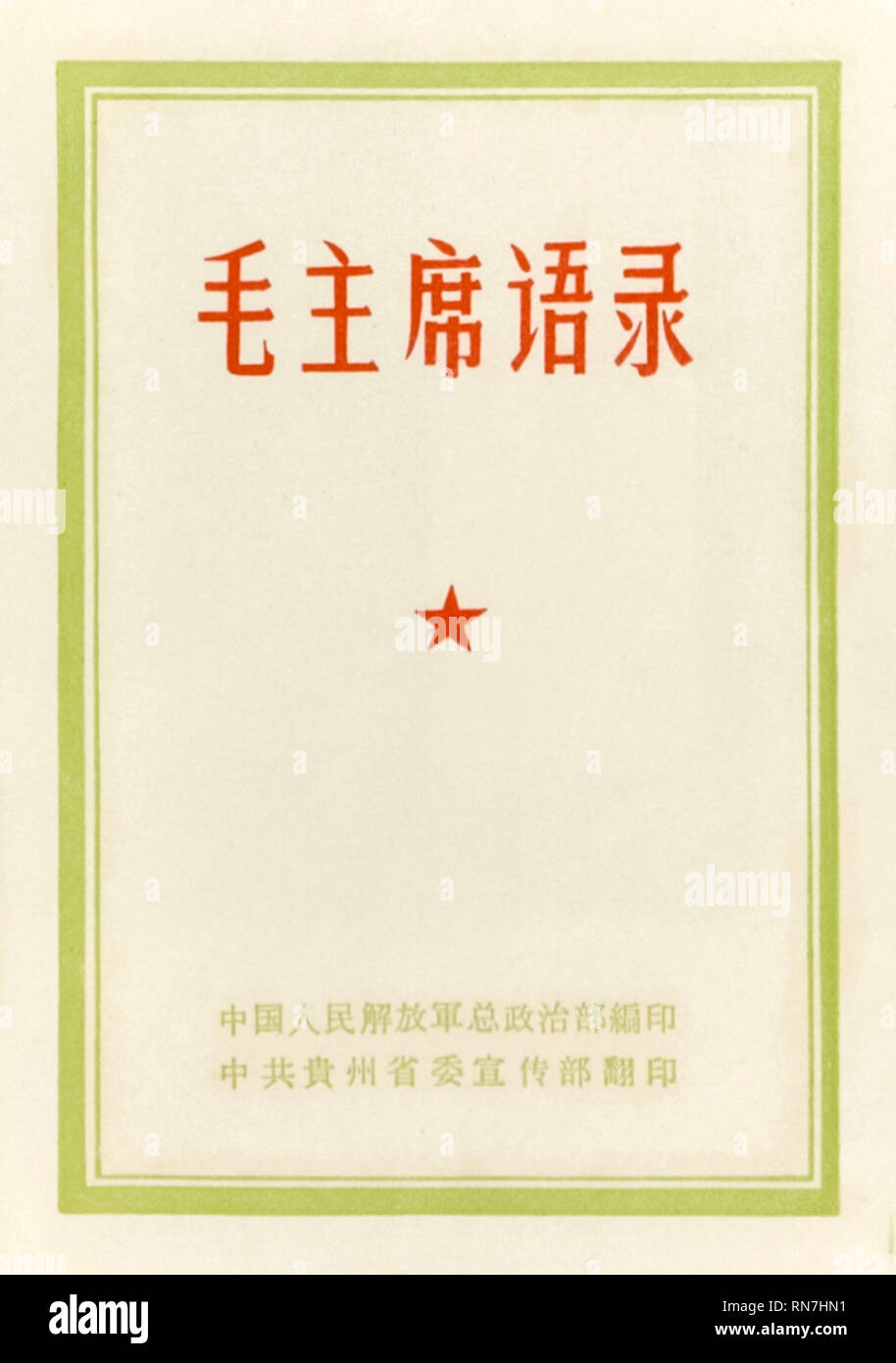 Title page of ‘The Little Red Book’ (Quotations from Chairman Mao Tse-tung) containing statements made by Chairman Mao, Chinese communist revolutionary and founding father of the People's Republic of China, first edition published in 1964. Stock Photohttps://www.alamy.com/image-license-details/?v=1https://www.alamy.com/title-page-of-the-little-red-book-quotations-from-chairman-mao-tse-tung-containing-statements-made-by-chairman-mao-chinese-communist-revolutionary-and-founding-father-of-the-peoples-republic-of-china-first-edition-published-in-1964-image236810141.html
Title page of ‘The Little Red Book’ (Quotations from Chairman Mao Tse-tung) containing statements made by Chairman Mao, Chinese communist revolutionary and founding father of the People's Republic of China, first edition published in 1964. Stock Photohttps://www.alamy.com/image-license-details/?v=1https://www.alamy.com/title-page-of-the-little-red-book-quotations-from-chairman-mao-tse-tung-containing-statements-made-by-chairman-mao-chinese-communist-revolutionary-and-founding-father-of-the-peoples-republic-of-china-first-edition-published-in-1964-image236810141.htmlRMRN7HN1–Title page of ‘The Little Red Book’ (Quotations from Chairman Mao Tse-tung) containing statements made by Chairman Mao, Chinese communist revolutionary and founding father of the People's Republic of China, first edition published in 1964.
 Richard Mather (1596-1669) first in a line of New England Puritan clergymen and leader of New England Congregationalism who co-authored the ‘Bay Psalm Book’ published in 1640. Reprint of original woodcut by John Foster (1648-1681) the earliest American engrave who was baptised by Richard Mather, published circa 1670. Stock Photohttps://www.alamy.com/image-license-details/?v=1https://www.alamy.com/richard-mather-1596-1669-first-in-a-line-of-new-england-puritan-clergymen-and-leader-of-new-england-congregationalism-who-co-authored-the-bay-psalm-book-published-in-1640-reprint-of-original-woodcut-by-john-foster-1648-1681-the-earliest-american-engrave-who-was-baptised-by-richard-mather-published-circa-1670-image236763347.html
Richard Mather (1596-1669) first in a line of New England Puritan clergymen and leader of New England Congregationalism who co-authored the ‘Bay Psalm Book’ published in 1640. Reprint of original woodcut by John Foster (1648-1681) the earliest American engrave who was baptised by Richard Mather, published circa 1670. Stock Photohttps://www.alamy.com/image-license-details/?v=1https://www.alamy.com/richard-mather-1596-1669-first-in-a-line-of-new-england-puritan-clergymen-and-leader-of-new-england-congregationalism-who-co-authored-the-bay-psalm-book-published-in-1640-reprint-of-original-woodcut-by-john-foster-1648-1681-the-earliest-american-engrave-who-was-baptised-by-richard-mather-published-circa-1670-image236763347.htmlRMRN5E1R–Richard Mather (1596-1669) first in a line of New England Puritan clergymen and leader of New England Congregationalism who co-authored the ‘Bay Psalm Book’ published in 1640. Reprint of original woodcut by John Foster (1648-1681) the earliest American engrave who was baptised by Richard Mather, published circa 1670.
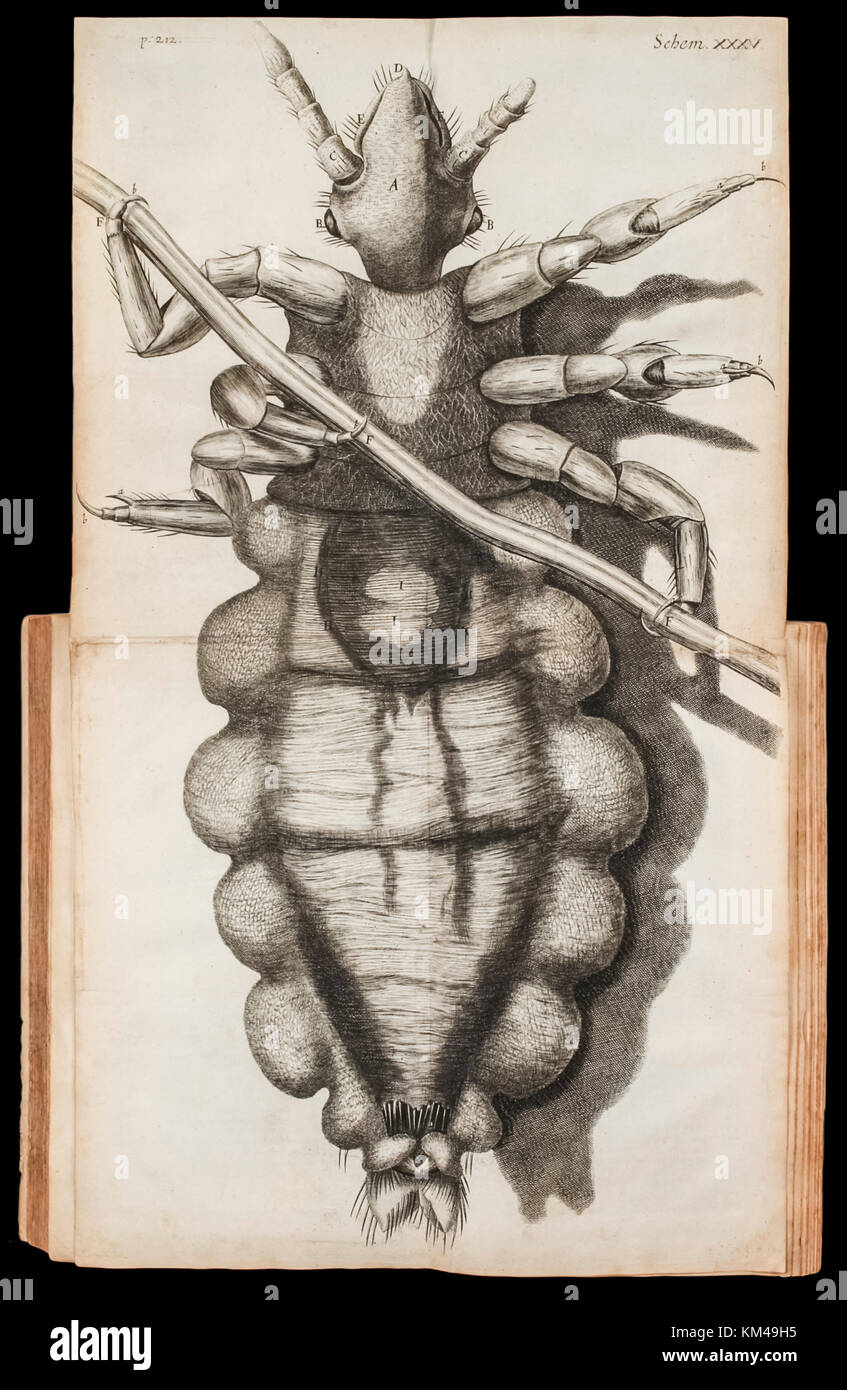 Foldout illustration of a louse on a strand of hair from ‘Micrographia’ by Robert Hooke (1635-1703) published in 1665 about his observations through a microscope. See more information below. Stock Photohttps://www.alamy.com/image-license-details/?v=1https://www.alamy.com/stock-image-foldout-illustration-of-a-louse-on-a-strand-of-hair-from-micrographia-167281777.html
Foldout illustration of a louse on a strand of hair from ‘Micrographia’ by Robert Hooke (1635-1703) published in 1665 about his observations through a microscope. See more information below. Stock Photohttps://www.alamy.com/image-license-details/?v=1https://www.alamy.com/stock-image-foldout-illustration-of-a-louse-on-a-strand-of-hair-from-micrographia-167281777.htmlRMKM49H5–Foldout illustration of a louse on a strand of hair from ‘Micrographia’ by Robert Hooke (1635-1703) published in 1665 about his observations through a microscope. See more information below.
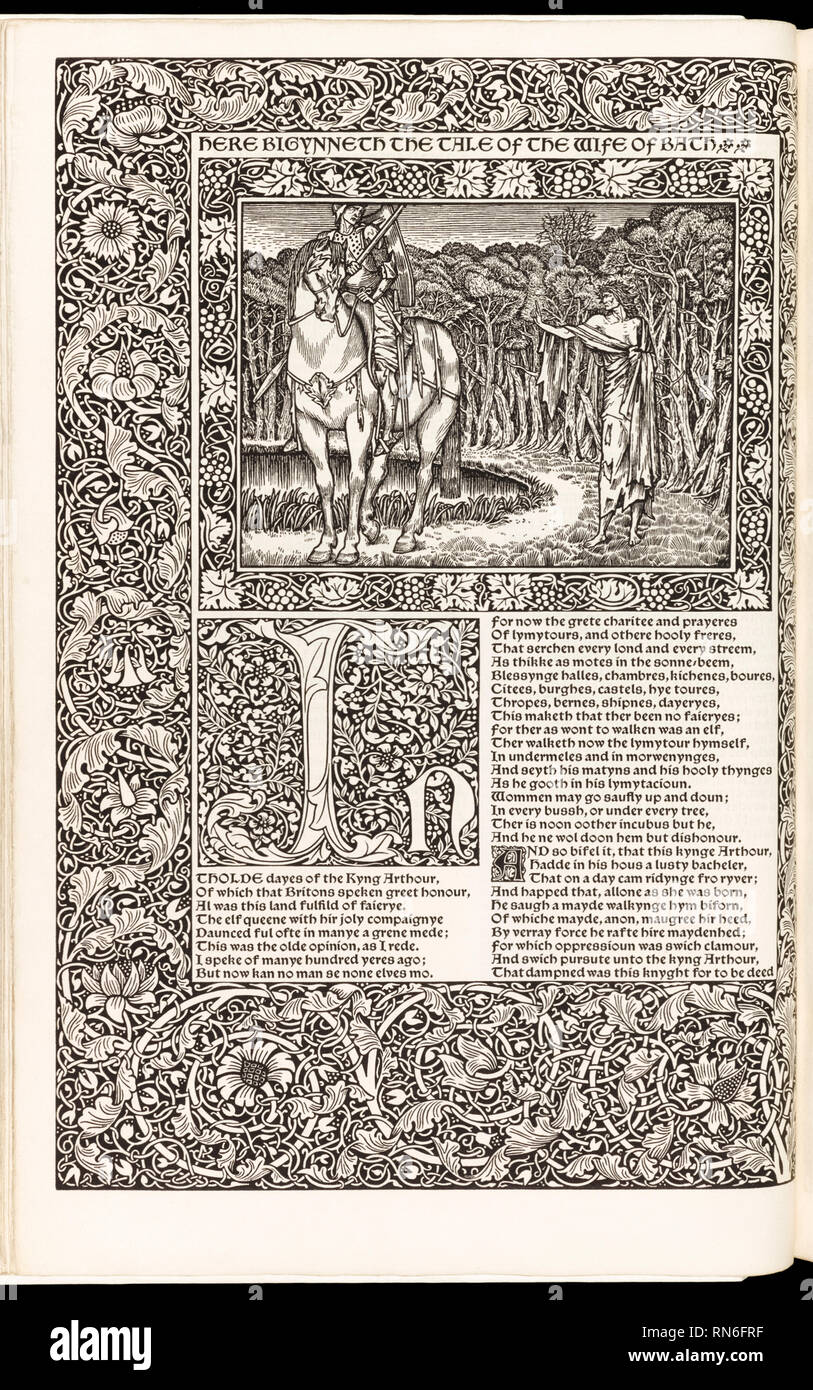 ‘The Works of Geoffrey Chaucer Now Newly Imprinted’ by Geoffrey Chaucer (1343-1400) featuring woodcuts by Edward Burne-Jones (1833-1898) and printed on Batchelor handmade paper, published by Kelmscott Press in 1896. Stock Photohttps://www.alamy.com/image-license-details/?v=1https://www.alamy.com/the-works-of-geoffrey-chaucer-now-newly-imprinted-by-geoffrey-chaucer-1343-1400-featuring-woodcuts-by-edward-burne-jones-1833-1898-and-printed-on-batchelor-handmade-paper-published-by-kelmscott-press-in-1896-image236786691.html
‘The Works of Geoffrey Chaucer Now Newly Imprinted’ by Geoffrey Chaucer (1343-1400) featuring woodcuts by Edward Burne-Jones (1833-1898) and printed on Batchelor handmade paper, published by Kelmscott Press in 1896. Stock Photohttps://www.alamy.com/image-license-details/?v=1https://www.alamy.com/the-works-of-geoffrey-chaucer-now-newly-imprinted-by-geoffrey-chaucer-1343-1400-featuring-woodcuts-by-edward-burne-jones-1833-1898-and-printed-on-batchelor-handmade-paper-published-by-kelmscott-press-in-1896-image236786691.htmlRMRN6FRF–‘The Works of Geoffrey Chaucer Now Newly Imprinted’ by Geoffrey Chaucer (1343-1400) featuring woodcuts by Edward Burne-Jones (1833-1898) and printed on Batchelor handmade paper, published by Kelmscott Press in 1896.
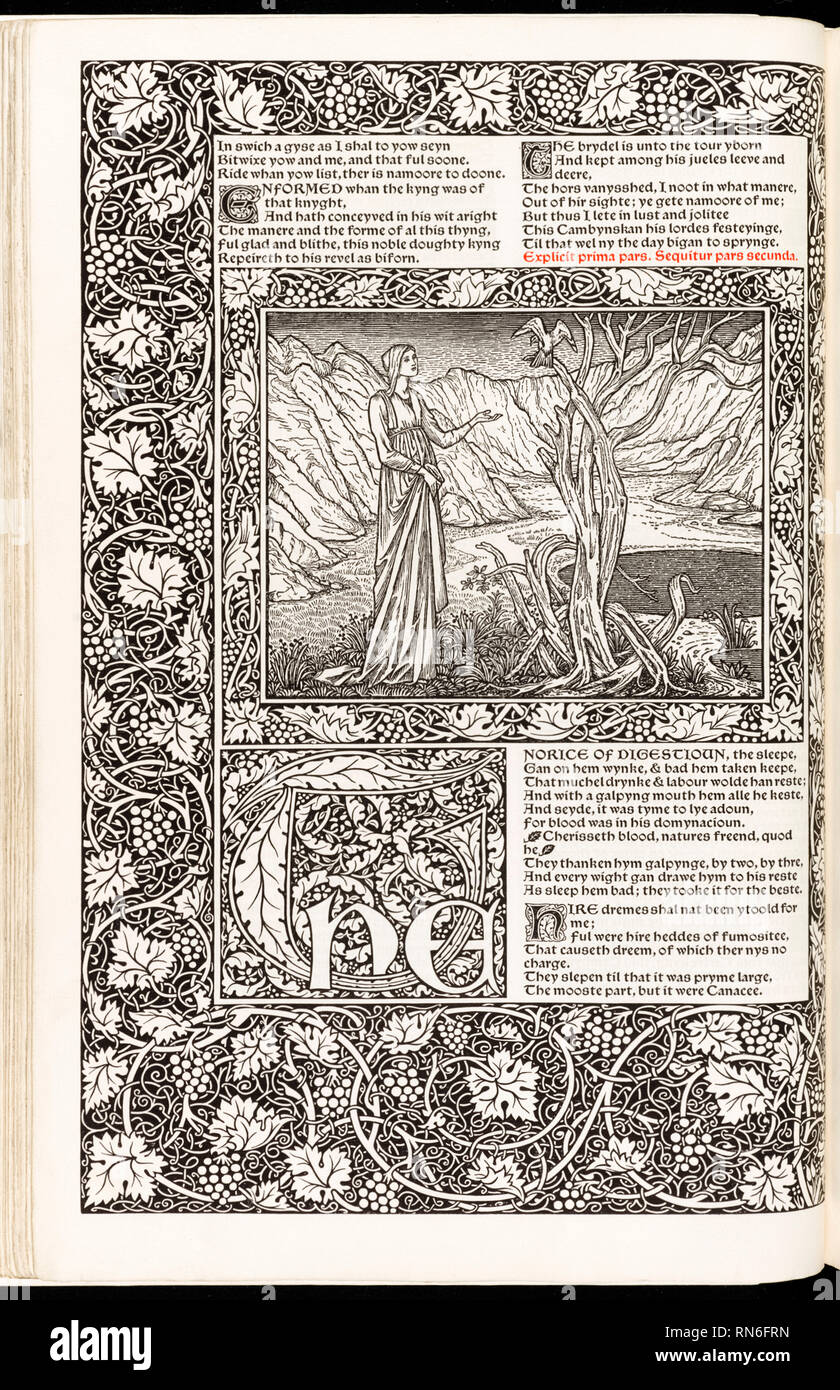 ‘The Works of Geoffrey Chaucer Now Newly Imprinted’ by Geoffrey Chaucer (1343-1400) featuring woodcuts by Edward Burne-Jones (1833-1898) and printed on Batchelor handmade paper, published by Kelmscott Press in 1896. Stock Photohttps://www.alamy.com/image-license-details/?v=1https://www.alamy.com/the-works-of-geoffrey-chaucer-now-newly-imprinted-by-geoffrey-chaucer-1343-1400-featuring-woodcuts-by-edward-burne-jones-1833-1898-and-printed-on-batchelor-handmade-paper-published-by-kelmscott-press-in-1896-image236786697.html
‘The Works of Geoffrey Chaucer Now Newly Imprinted’ by Geoffrey Chaucer (1343-1400) featuring woodcuts by Edward Burne-Jones (1833-1898) and printed on Batchelor handmade paper, published by Kelmscott Press in 1896. Stock Photohttps://www.alamy.com/image-license-details/?v=1https://www.alamy.com/the-works-of-geoffrey-chaucer-now-newly-imprinted-by-geoffrey-chaucer-1343-1400-featuring-woodcuts-by-edward-burne-jones-1833-1898-and-printed-on-batchelor-handmade-paper-published-by-kelmscott-press-in-1896-image236786697.htmlRMRN6FRN–‘The Works of Geoffrey Chaucer Now Newly Imprinted’ by Geoffrey Chaucer (1343-1400) featuring woodcuts by Edward Burne-Jones (1833-1898) and printed on Batchelor handmade paper, published by Kelmscott Press in 1896.
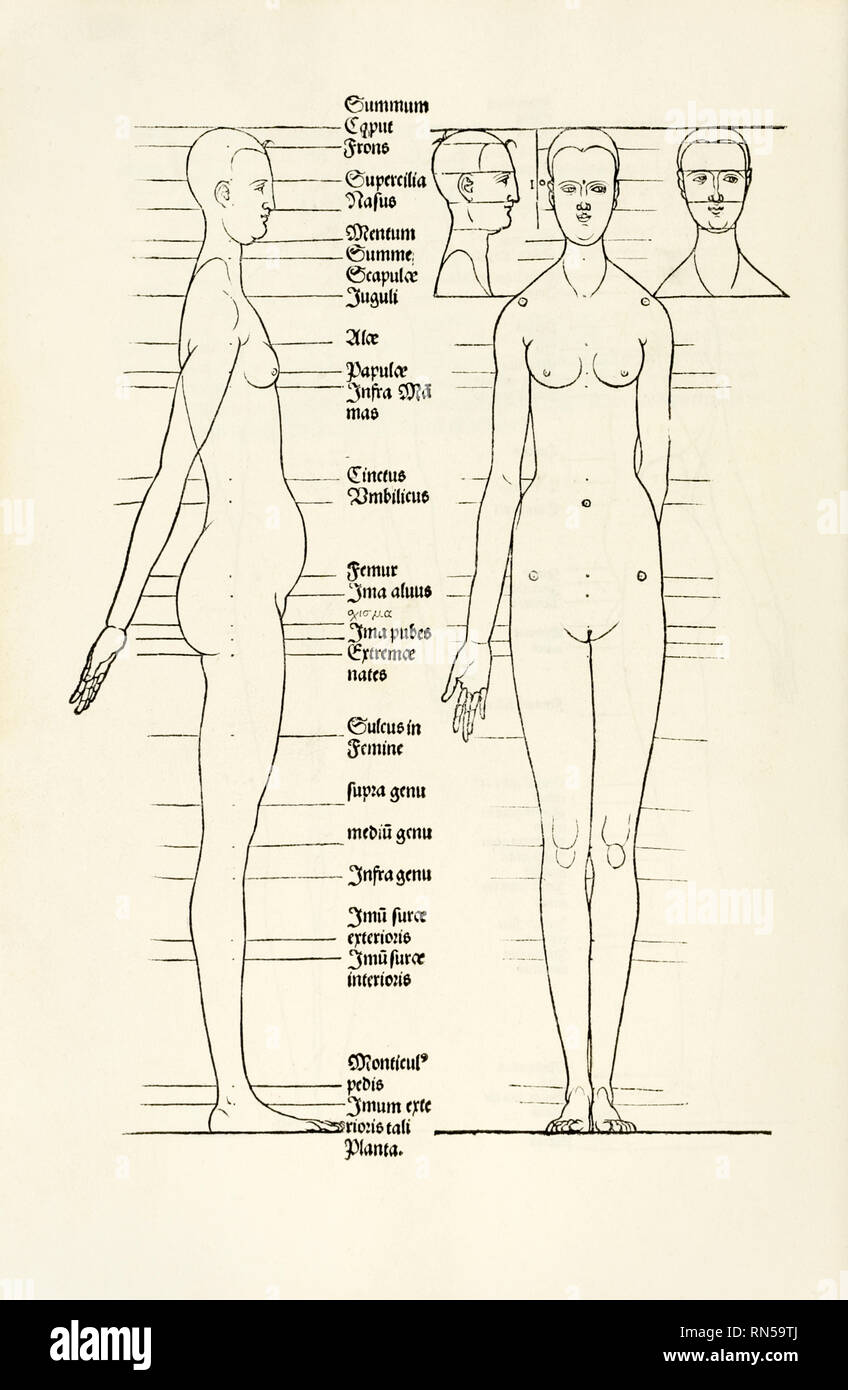 Female anatomical woodcut from ‘Hierinn sind begriffen vier bücher von menschlicher Proportion’ by Albrecht Durer (1471-1528) a work about the proportion of the human body first published in 1528. Stock Photohttps://www.alamy.com/image-license-details/?v=1https://www.alamy.com/female-anatomical-woodcut-from-hierinn-sind-begriffen-vier-bcher-von-menschlicher-proportion-by-albrecht-durer-1471-1528-a-work-about-the-proportion-of-the-human-body-first-published-in-1528-image236760066.html
Female anatomical woodcut from ‘Hierinn sind begriffen vier bücher von menschlicher Proportion’ by Albrecht Durer (1471-1528) a work about the proportion of the human body first published in 1528. Stock Photohttps://www.alamy.com/image-license-details/?v=1https://www.alamy.com/female-anatomical-woodcut-from-hierinn-sind-begriffen-vier-bcher-von-menschlicher-proportion-by-albrecht-durer-1471-1528-a-work-about-the-proportion-of-the-human-body-first-published-in-1528-image236760066.htmlRMRN59TJ–Female anatomical woodcut from ‘Hierinn sind begriffen vier bücher von menschlicher Proportion’ by Albrecht Durer (1471-1528) a work about the proportion of the human body first published in 1528.
 “TREAT’EM ROUGH! JOIN THE TANKS”World War I recruitment poster for the United States Tank Corps, illustration by August “Gus” William Hutaf (1874-1942). Stock Photohttps://www.alamy.com/image-license-details/?v=1https://www.alamy.com/treatem-rough!-join-the-tanksworld-war-i-recruitment-poster-for-the-united-states-tank-corps-illustration-by-august-gus-william-hutaf-1874-1942-image219861582.html
“TREAT’EM ROUGH! JOIN THE TANKS”World War I recruitment poster for the United States Tank Corps, illustration by August “Gus” William Hutaf (1874-1942). Stock Photohttps://www.alamy.com/image-license-details/?v=1https://www.alamy.com/treatem-rough!-join-the-tanksworld-war-i-recruitment-poster-for-the-united-states-tank-corps-illustration-by-august-gus-william-hutaf-1874-1942-image219861582.htmlRMPNKFKA–“TREAT’EM ROUGH! JOIN THE TANKS”World War I recruitment poster for the United States Tank Corps, illustration by August “Gus” William Hutaf (1874-1942).
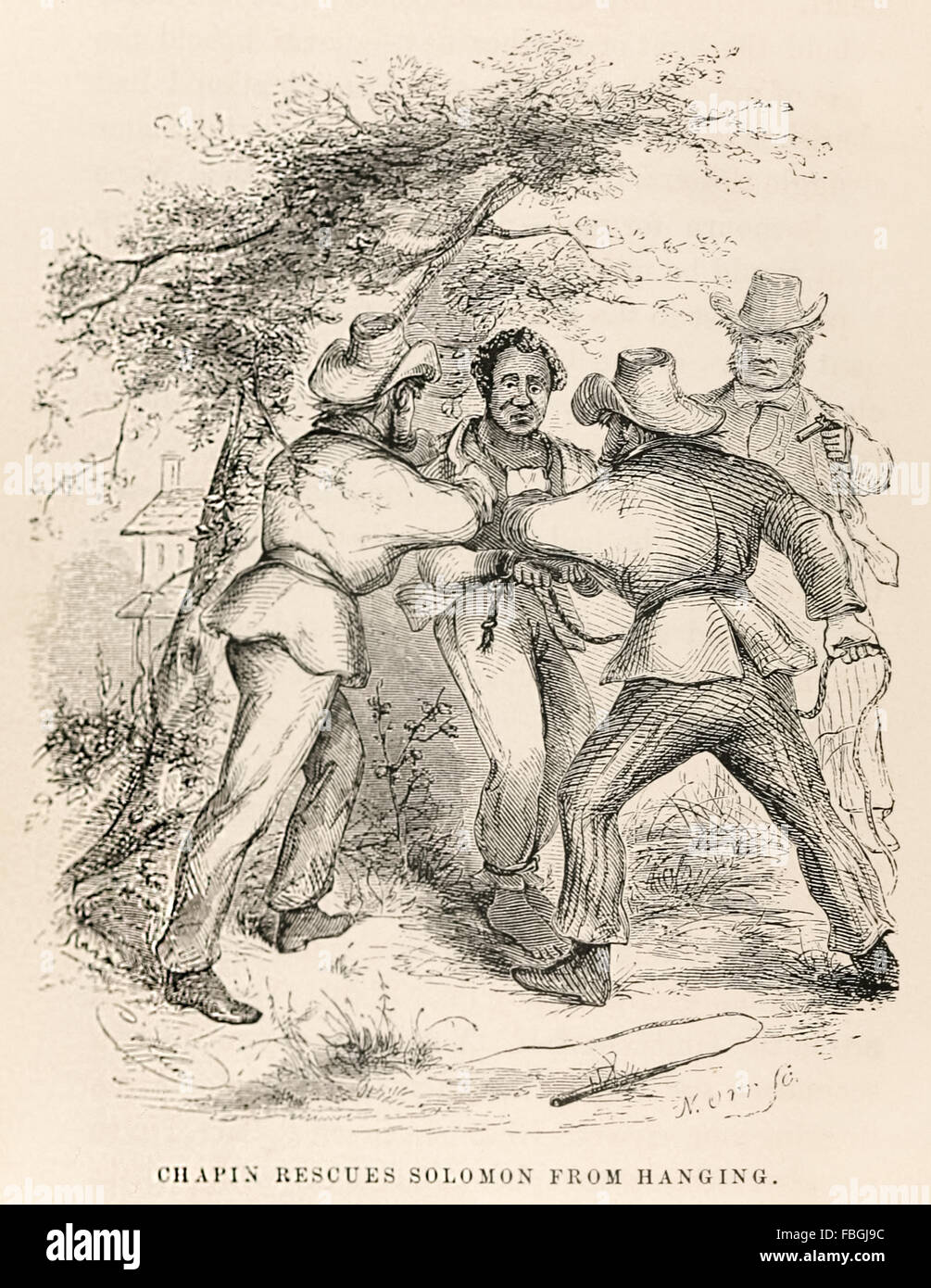 'Chapin rescues Solomon from hanging.' from 'Twelve Years a Slave or Solomon Northup, a citizen of New York' published in 1853. The book recounts the author's experience as a free-born African American from New York being kidnapped and sold as a slave and forced to work 12 years on a cotton plantation in Louisiana. He managed to get word to family through a Canadian staying on the plantation and regained his freedom. He went on to became active in the abolitionist movement. See description for more information. Stock Photohttps://www.alamy.com/image-license-details/?v=1https://www.alamy.com/stock-photo-chapin-rescues-solomon-from-hanging-from-twelve-years-a-slave-or-solomon-93178664.html
'Chapin rescues Solomon from hanging.' from 'Twelve Years a Slave or Solomon Northup, a citizen of New York' published in 1853. The book recounts the author's experience as a free-born African American from New York being kidnapped and sold as a slave and forced to work 12 years on a cotton plantation in Louisiana. He managed to get word to family through a Canadian staying on the plantation and regained his freedom. He went on to became active in the abolitionist movement. See description for more information. Stock Photohttps://www.alamy.com/image-license-details/?v=1https://www.alamy.com/stock-photo-chapin-rescues-solomon-from-hanging-from-twelve-years-a-slave-or-solomon-93178664.htmlRMFBGJ9C–'Chapin rescues Solomon from hanging.' from 'Twelve Years a Slave or Solomon Northup, a citizen of New York' published in 1853. The book recounts the author's experience as a free-born African American from New York being kidnapped and sold as a slave and forced to work 12 years on a cotton plantation in Louisiana. He managed to get word to family through a Canadian staying on the plantation and regained his freedom. He went on to became active in the abolitionist movement. See description for more information.
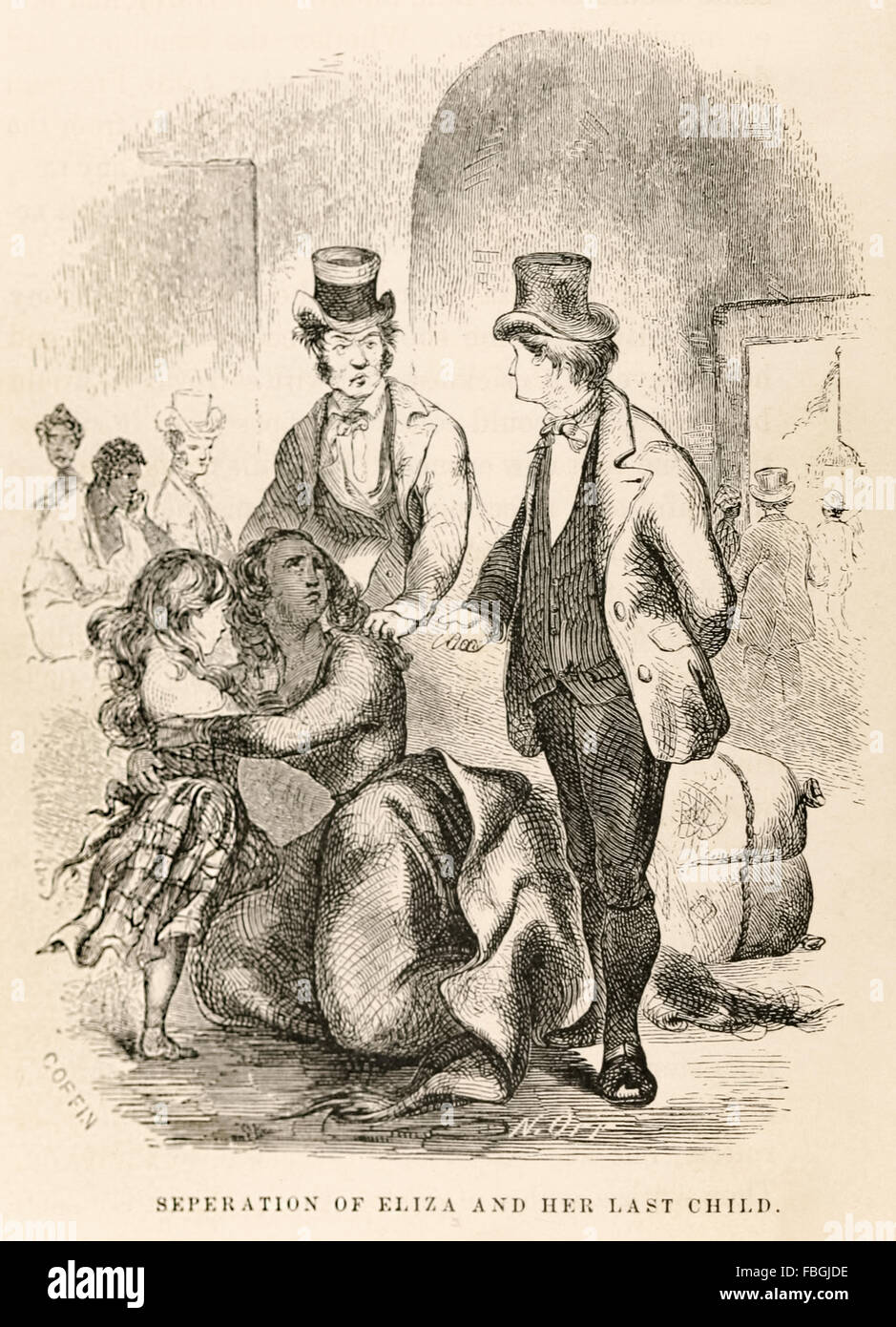 'Seperation of Eliza and her last child' from 'Twelve Years a Slave or Solomon Northup, a citizen of New York' published in 1853. The book recounts the author's experience as a free-born African American from New York being kidnapped and sold as a slave and forced to work 12 years on a cotton plantation in Louisiana. He managed to get word to family through a Canadian staying on the plantation and regained his freedom. He went on to became active in the abolitionist movement. See description for more information. Stock Photohttps://www.alamy.com/image-license-details/?v=1https://www.alamy.com/stock-photo-seperation-of-eliza-and-her-last-child-from-twelve-years-a-slave-or-93178778.html
'Seperation of Eliza and her last child' from 'Twelve Years a Slave or Solomon Northup, a citizen of New York' published in 1853. The book recounts the author's experience as a free-born African American from New York being kidnapped and sold as a slave and forced to work 12 years on a cotton plantation in Louisiana. He managed to get word to family through a Canadian staying on the plantation and regained his freedom. He went on to became active in the abolitionist movement. See description for more information. Stock Photohttps://www.alamy.com/image-license-details/?v=1https://www.alamy.com/stock-photo-seperation-of-eliza-and-her-last-child-from-twelve-years-a-slave-or-93178778.htmlRMFBGJDE–'Seperation of Eliza and her last child' from 'Twelve Years a Slave or Solomon Northup, a citizen of New York' published in 1853. The book recounts the author's experience as a free-born African American from New York being kidnapped and sold as a slave and forced to work 12 years on a cotton plantation in Louisiana. He managed to get word to family through a Canadian staying on the plantation and regained his freedom. He went on to became active in the abolitionist movement. See description for more information.
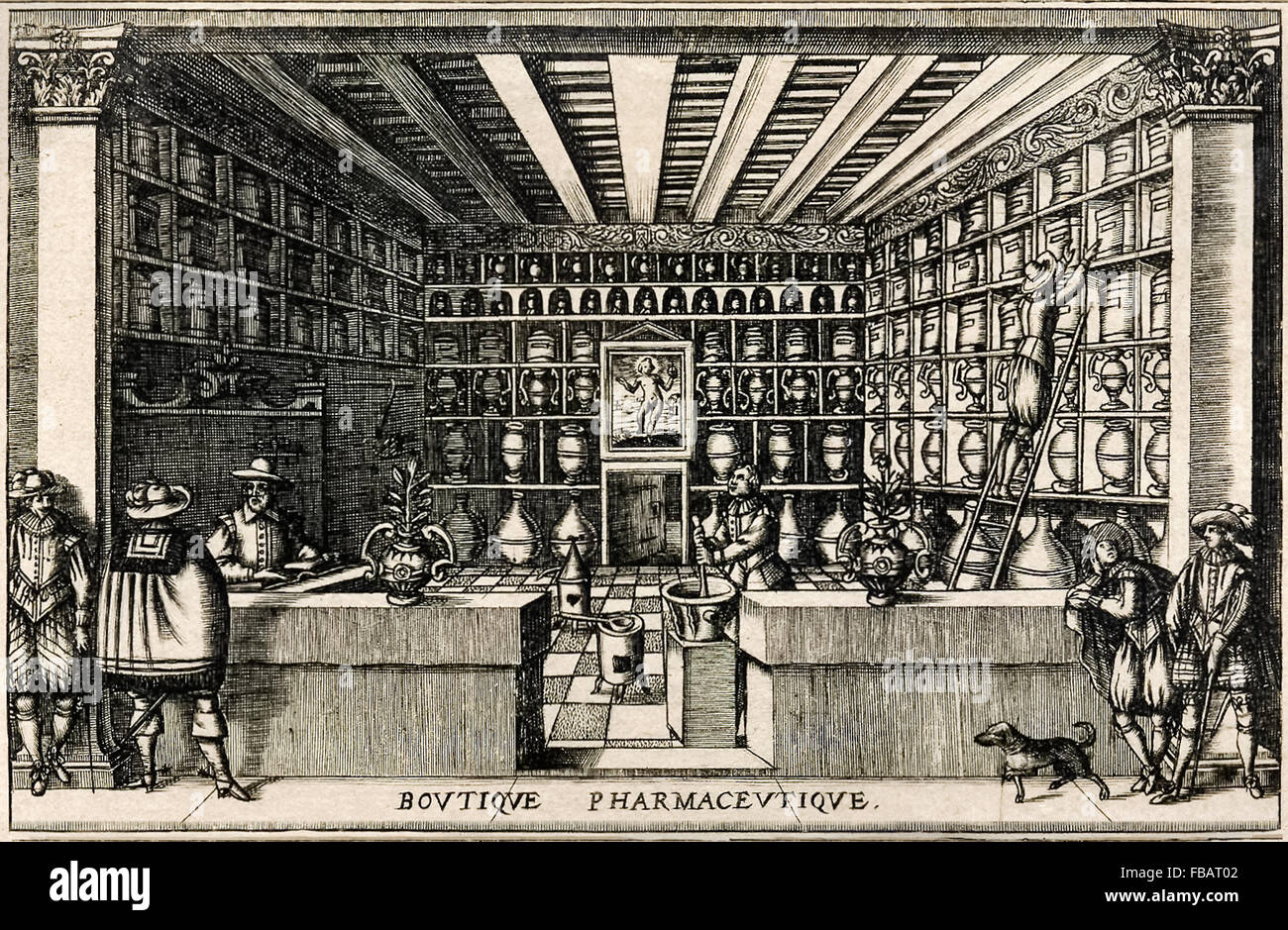 Illustration showing the inside of a French apothecary (pharmacist) in the early 17th century. See description for more information. Stock Photohttps://www.alamy.com/image-license-details/?v=1https://www.alamy.com/stock-photo-illustration-showing-the-inside-of-a-french-apothecary-pharmacist-93051394.html
Illustration showing the inside of a French apothecary (pharmacist) in the early 17th century. See description for more information. Stock Photohttps://www.alamy.com/image-license-details/?v=1https://www.alamy.com/stock-photo-illustration-showing-the-inside-of-a-french-apothecary-pharmacist-93051394.htmlRMFBAT02–Illustration showing the inside of a French apothecary (pharmacist) in the early 17th century. See description for more information.
 Sherlock Holmes in Act 1 from stage adaptation of 'Sherlock Holmes' adapted from storied by Sir Arthur Conan Doyle by William Gillette who also played the title role. The play opened at the Garrick Theatre in 1899 and was highly successful, a silent movie based on it was released in 1916 and Gillette made over 1300 performances in the US and Great Britain. See description for more information. Stock Photohttps://www.alamy.com/image-license-details/?v=1https://www.alamy.com/stock-photo-sherlock-holmes-in-act-1-from-stage-adaptation-of-sherlock-holmes-93090687.html
Sherlock Holmes in Act 1 from stage adaptation of 'Sherlock Holmes' adapted from storied by Sir Arthur Conan Doyle by William Gillette who also played the title role. The play opened at the Garrick Theatre in 1899 and was highly successful, a silent movie based on it was released in 1916 and Gillette made over 1300 performances in the US and Great Britain. See description for more information. Stock Photohttps://www.alamy.com/image-license-details/?v=1https://www.alamy.com/stock-photo-sherlock-holmes-in-act-1-from-stage-adaptation-of-sherlock-holmes-93090687.htmlRMFBCJ3B–Sherlock Holmes in Act 1 from stage adaptation of 'Sherlock Holmes' adapted from storied by Sir Arthur Conan Doyle by William Gillette who also played the title role. The play opened at the Garrick Theatre in 1899 and was highly successful, a silent movie based on it was released in 1916 and Gillette made over 1300 performances in the US and Great Britain. See description for more information.
 Character sketch of Holmes from Act II (see image FBCJ3G for William Gillette in this pose) from stage adaptation of 'Sherlock Holmes' adapted from stories by Sir Arthur Conan Doyle by William Gillette who also played the title role. The play opened at the Garrick Theatre in 1899 and was highly successful, a silent movie based on it was released in 1916 and Gillette made over 1300 performances in the US and Great Britain. See description for more information. Stock Photohttps://www.alamy.com/image-license-details/?v=1https://www.alamy.com/stock-photo-character-sketch-of-holmes-from-act-ii-see-image-fbcj3g-for-william-93090695.html
Character sketch of Holmes from Act II (see image FBCJ3G for William Gillette in this pose) from stage adaptation of 'Sherlock Holmes' adapted from stories by Sir Arthur Conan Doyle by William Gillette who also played the title role. The play opened at the Garrick Theatre in 1899 and was highly successful, a silent movie based on it was released in 1916 and Gillette made over 1300 performances in the US and Great Britain. See description for more information. Stock Photohttps://www.alamy.com/image-license-details/?v=1https://www.alamy.com/stock-photo-character-sketch-of-holmes-from-act-ii-see-image-fbcj3g-for-william-93090695.htmlRMFBCJ3K–Character sketch of Holmes from Act II (see image FBCJ3G for William Gillette in this pose) from stage adaptation of 'Sherlock Holmes' adapted from stories by Sir Arthur Conan Doyle by William Gillette who also played the title role. The play opened at the Garrick Theatre in 1899 and was highly successful, a silent movie based on it was released in 1916 and Gillette made over 1300 performances in the US and Great Britain. See description for more information.
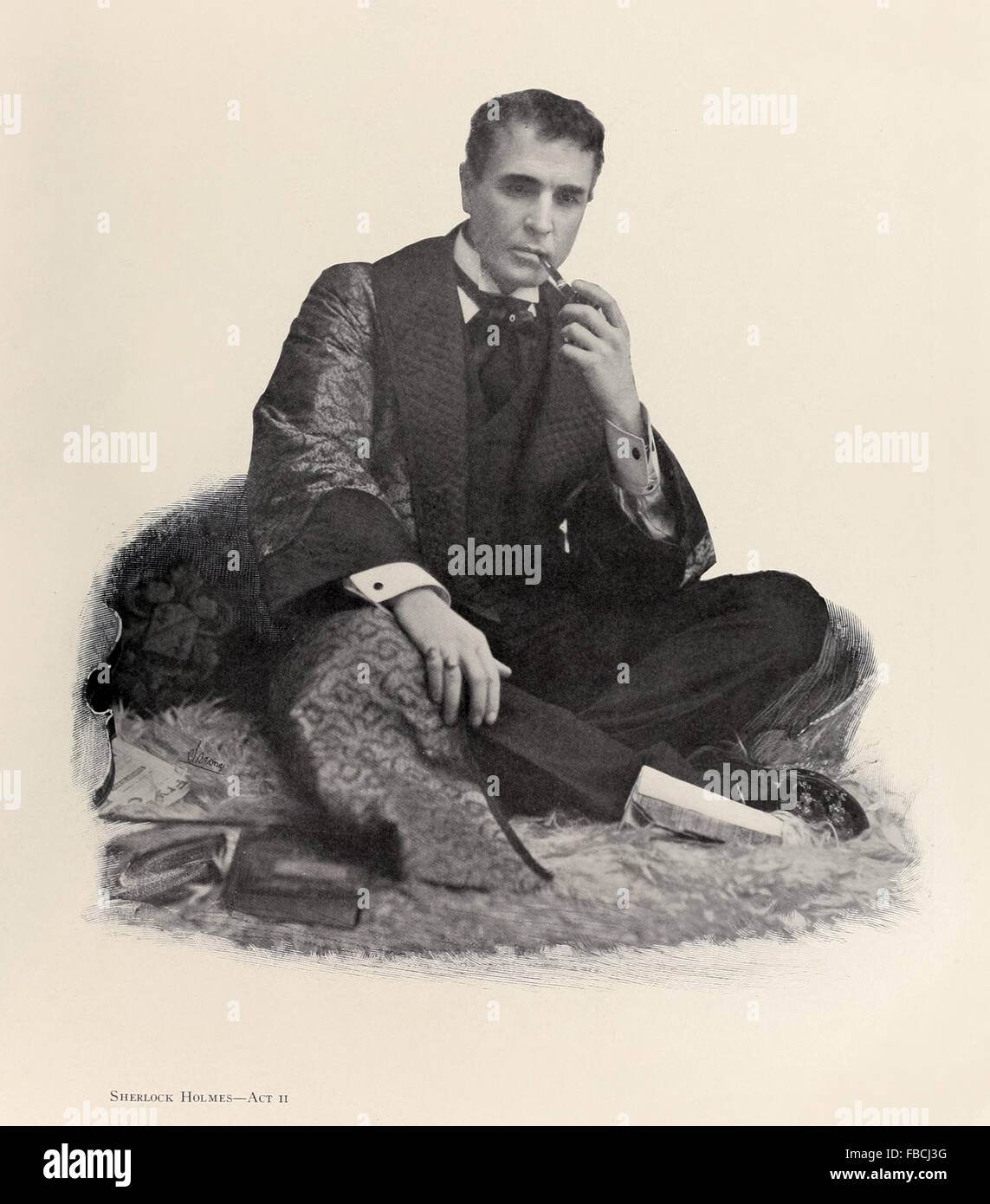 Sherlock Holmes in Act II smoking his pipe from the stage adaptation of 'Sherlock Holmes' adapted from storied by Sir Arthur Conan Doyle by William Gillette who also played the title role. The play opened at the Garrick Theatre in 1899 and was highly successful, a silent movie based on it was released in 1916 and Gillette made over 1300 performances in the US and Great Britain. See description for more information. Stock Photohttps://www.alamy.com/image-license-details/?v=1https://www.alamy.com/stock-photo-sherlock-holmes-in-act-ii-smoking-his-pipe-from-the-stage-adaptation-93090692.html
Sherlock Holmes in Act II smoking his pipe from the stage adaptation of 'Sherlock Holmes' adapted from storied by Sir Arthur Conan Doyle by William Gillette who also played the title role. The play opened at the Garrick Theatre in 1899 and was highly successful, a silent movie based on it was released in 1916 and Gillette made over 1300 performances in the US and Great Britain. See description for more information. Stock Photohttps://www.alamy.com/image-license-details/?v=1https://www.alamy.com/stock-photo-sherlock-holmes-in-act-ii-smoking-his-pipe-from-the-stage-adaptation-93090692.htmlRMFBCJ3G–Sherlock Holmes in Act II smoking his pipe from the stage adaptation of 'Sherlock Holmes' adapted from storied by Sir Arthur Conan Doyle by William Gillette who also played the title role. The play opened at the Garrick Theatre in 1899 and was highly successful, a silent movie based on it was released in 1916 and Gillette made over 1300 performances in the US and Great Britain. See description for more information.
 'Beaten on Points' Punch Cartoon Magazine September 1914, advantage of the bus over tram. See description for more information. Stock Photohttps://www.alamy.com/image-license-details/?v=1https://www.alamy.com/stock-photo-beaten-on-points-punch-cartoon-magazine-september-1914-advantage-of-73196951.html
'Beaten on Points' Punch Cartoon Magazine September 1914, advantage of the bus over tram. See description for more information. Stock Photohttps://www.alamy.com/image-license-details/?v=1https://www.alamy.com/stock-photo-beaten-on-points-punch-cartoon-magazine-september-1914-advantage-of-73196951.htmlRME72BCR–'Beaten on Points' Punch Cartoon Magazine September 1914, advantage of the bus over tram. See description for more information.
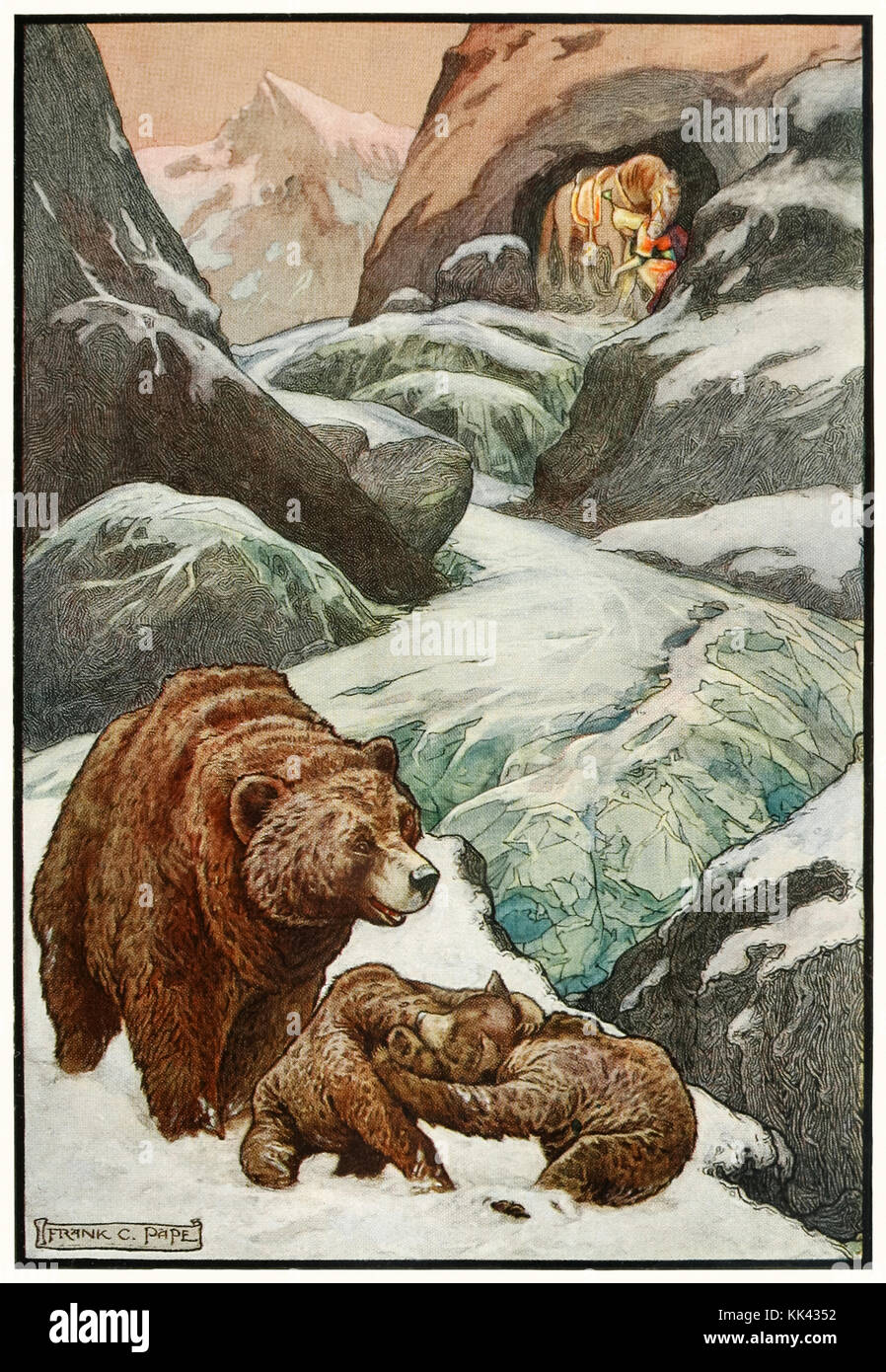 ‘A mountain cave that no man had ever seen’ from ‘The Russian Story Book’ by Richard Wilson (1878-1916) illustration by Frank C. Papé (1878-1972). See more information below. Stock Photohttps://www.alamy.com/image-license-details/?v=1https://www.alamy.com/stock-image-a-mountain-cave-that-no-man-had-ever-seen-from-the-russian-story-book-166662078.html
‘A mountain cave that no man had ever seen’ from ‘The Russian Story Book’ by Richard Wilson (1878-1916) illustration by Frank C. Papé (1878-1972). See more information below. Stock Photohttps://www.alamy.com/image-license-details/?v=1https://www.alamy.com/stock-image-a-mountain-cave-that-no-man-had-ever-seen-from-the-russian-story-book-166662078.htmlRMKK4352–‘A mountain cave that no man had ever seen’ from ‘The Russian Story Book’ by Richard Wilson (1878-1916) illustration by Frank C. Papé (1878-1972). See more information below.
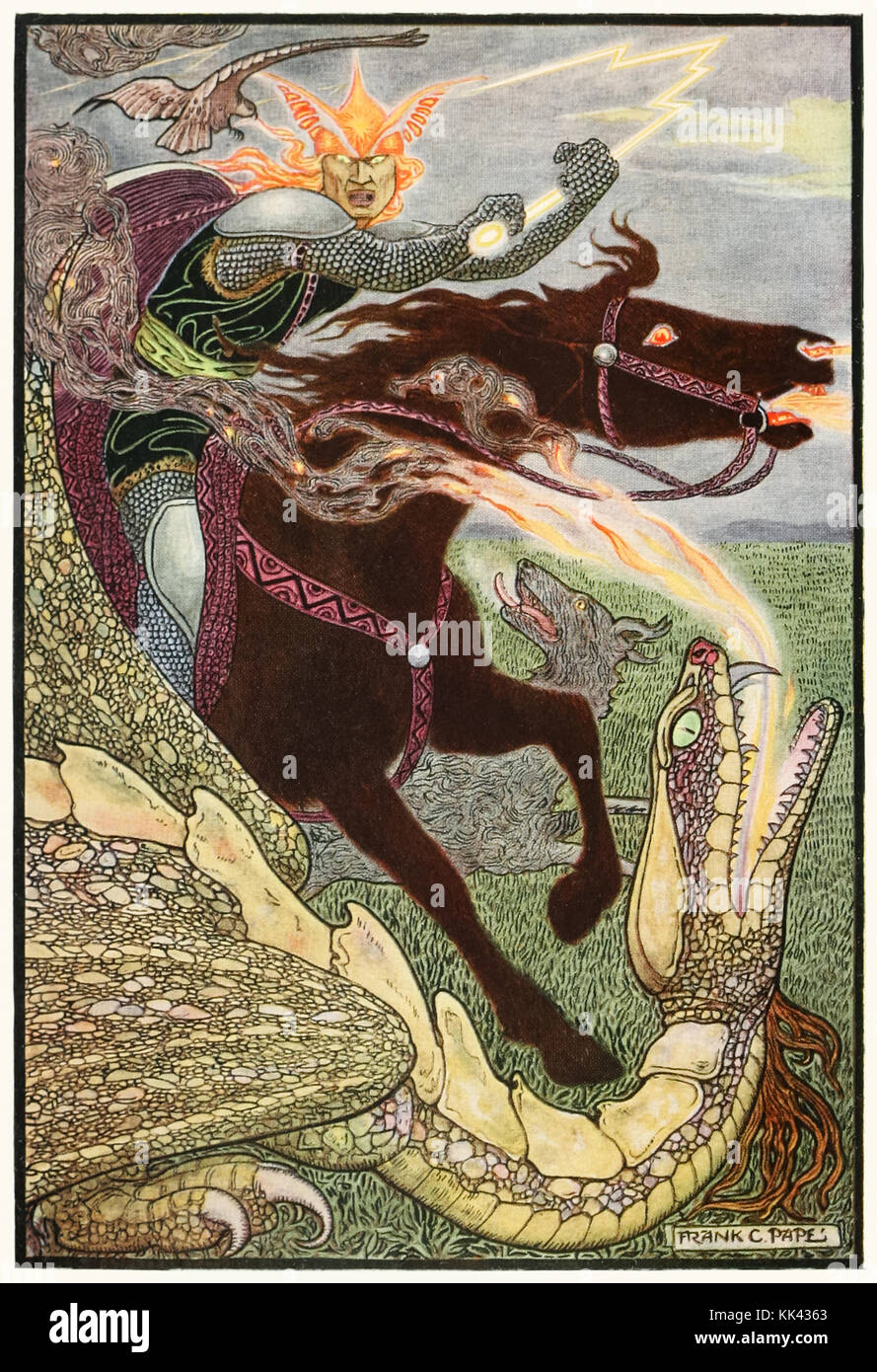 ‘Falcon the Hunter’ from ‘The Russian Story Book’ by Richard Wilson (1878-1916) illustration by Frank C. Papé (1878-1972). See more information below. Stock Photohttps://www.alamy.com/image-license-details/?v=1https://www.alamy.com/stock-image-falcon-the-hunter-from-the-russian-story-book-by-richard-wilson-1878-166662107.html
‘Falcon the Hunter’ from ‘The Russian Story Book’ by Richard Wilson (1878-1916) illustration by Frank C. Papé (1878-1972). See more information below. Stock Photohttps://www.alamy.com/image-license-details/?v=1https://www.alamy.com/stock-image-falcon-the-hunter-from-the-russian-story-book-by-richard-wilson-1878-166662107.htmlRMKK4363–‘Falcon the Hunter’ from ‘The Russian Story Book’ by Richard Wilson (1878-1916) illustration by Frank C. Papé (1878-1972). See more information below.
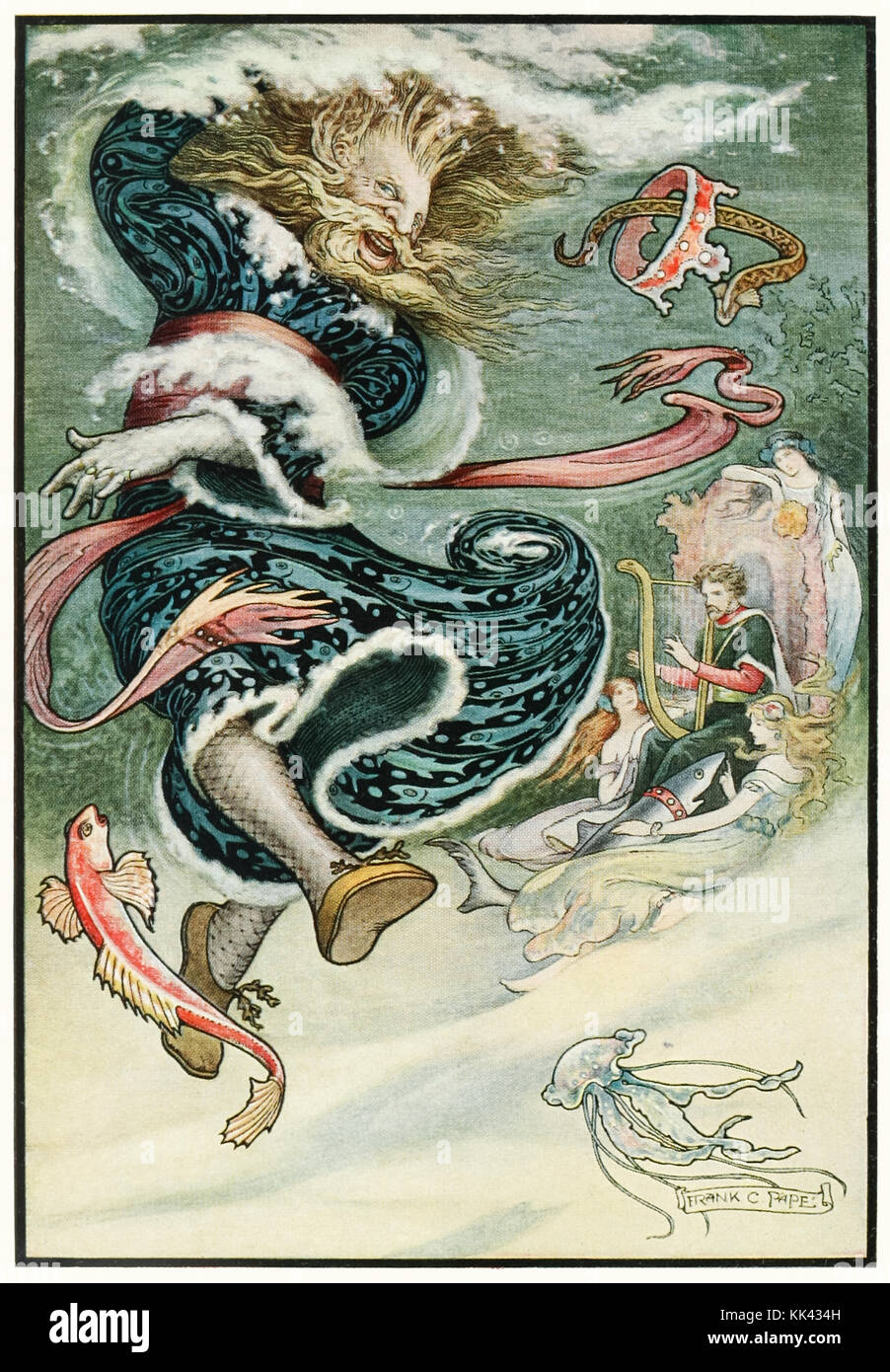 ‘The Water Tsar dances’ from ‘The Russian Story Book’ by Richard Wilson (1878-1916) illustration by Frank C. Papé (1878-1972). See more information below. Stock Photohttps://www.alamy.com/image-license-details/?v=1https://www.alamy.com/stock-image-the-water-tsar-dances-from-the-russian-story-book-by-richard-wilson-166662065.html
‘The Water Tsar dances’ from ‘The Russian Story Book’ by Richard Wilson (1878-1916) illustration by Frank C. Papé (1878-1972). See more information below. Stock Photohttps://www.alamy.com/image-license-details/?v=1https://www.alamy.com/stock-image-the-water-tsar-dances-from-the-russian-story-book-by-richard-wilson-166662065.htmlRMKK434H–‘The Water Tsar dances’ from ‘The Russian Story Book’ by Richard Wilson (1878-1916) illustration by Frank C. Papé (1878-1972). See more information below.
 ‘She put her good steed to the walls and leapt lightly over them’ from ‘The Russian Story Book’ by Richard Wilson (1878-1916) illustration by Frank C. Papé (1878-1972). See more information below. Stock Photohttps://www.alamy.com/image-license-details/?v=1https://www.alamy.com/stock-image-she-put-her-good-steed-to-the-walls-and-leapt-lightly-over-them-from-166662080.html
‘She put her good steed to the walls and leapt lightly over them’ from ‘The Russian Story Book’ by Richard Wilson (1878-1916) illustration by Frank C. Papé (1878-1972). See more information below. Stock Photohttps://www.alamy.com/image-license-details/?v=1https://www.alamy.com/stock-image-she-put-her-good-steed-to-the-walls-and-leapt-lightly-over-them-from-166662080.htmlRMKK4354–‘She put her good steed to the walls and leapt lightly over them’ from ‘The Russian Story Book’ by Richard Wilson (1878-1916) illustration by Frank C. Papé (1878-1972). See more information below.
 Illustration of Guy Fawkes by Jack Matthew; from 'The Fifth Of November' by L.A.G. Strong (1896-1958). Stock Photohttps://www.alamy.com/image-license-details/?v=1https://www.alamy.com/stock-photo-illustration-of-guy-fawkes-by-jack-matthew-from-the-fifth-of-november-88611769.html
Illustration of Guy Fawkes by Jack Matthew; from 'The Fifth Of November' by L.A.G. Strong (1896-1958). Stock Photohttps://www.alamy.com/image-license-details/?v=1https://www.alamy.com/stock-photo-illustration-of-guy-fawkes-by-jack-matthew-from-the-fifth-of-november-88611769.htmlRMF44H61–Illustration of Guy Fawkes by Jack Matthew; from 'The Fifth Of November' by L.A.G. Strong (1896-1958).
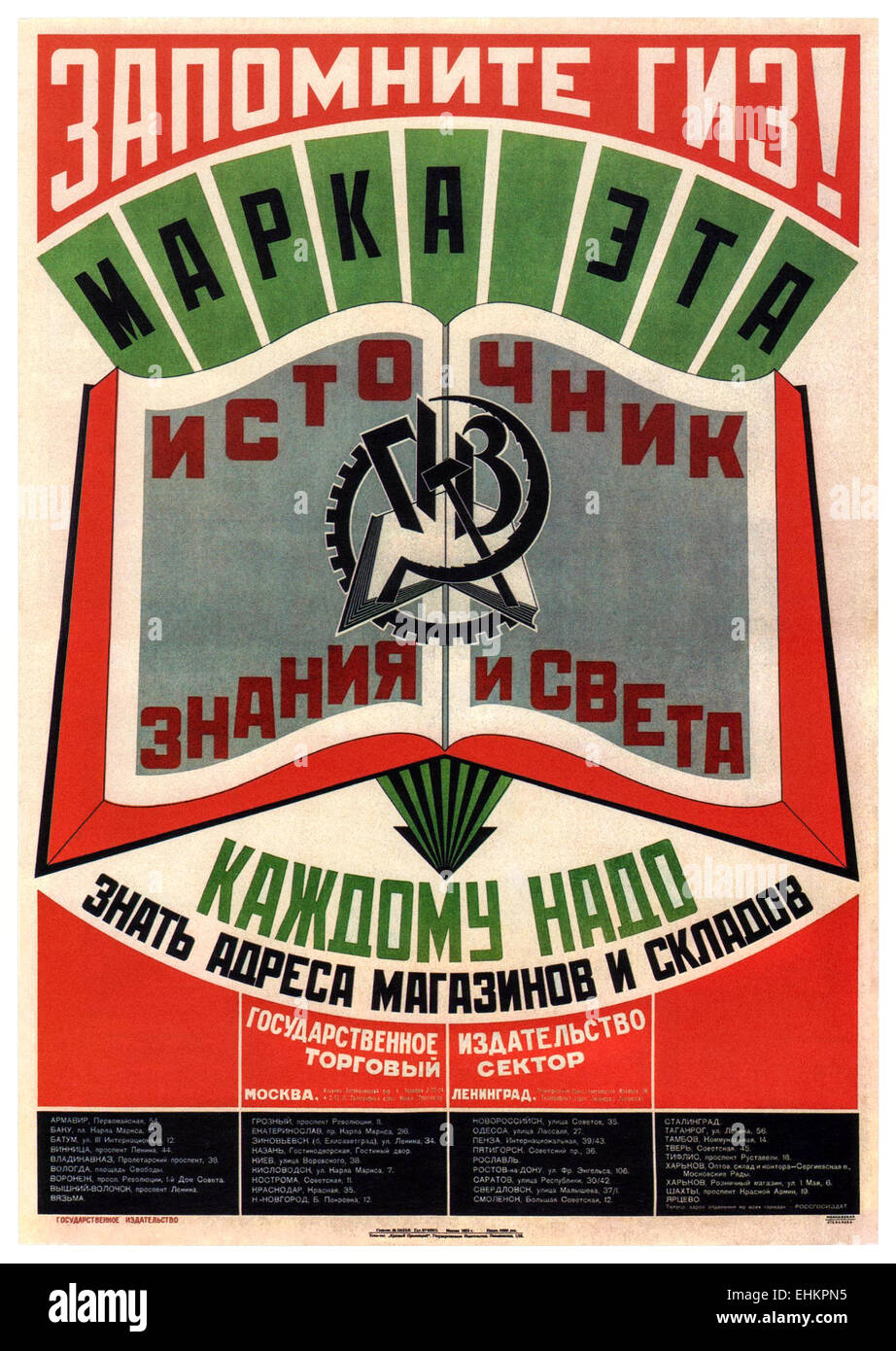 Soviet publishing house Giz poster designed by Varvara Stepanova (1894-1958). See description for more information. Stock Photohttps://www.alamy.com/image-license-details/?v=1https://www.alamy.com/stock-photo-soviet-publishing-house-giz-poster-designed-by-varvara-stepanova-1894-79725553.html
Soviet publishing house Giz poster designed by Varvara Stepanova (1894-1958). See description for more information. Stock Photohttps://www.alamy.com/image-license-details/?v=1https://www.alamy.com/stock-photo-soviet-publishing-house-giz-poster-designed-by-varvara-stepanova-1894-79725553.htmlRMEHKPN5–Soviet publishing house Giz poster designed by Varvara Stepanova (1894-1958). See description for more information.
 Fantasy Illustration of Edgar Allan Poe (1809-1849) by Harry Clarke (1889-1931) who illustrated a compilation of his works. Photograph of original lithograph published in 1923. Credit: Private Collection / AF Fotografie Stock Photohttps://www.alamy.com/image-license-details/?v=1https://www.alamy.com/stock-photo-fantasy-illustration-of-edgar-allan-poe-1809-1849-by-harry-clarke-122990324.html
Fantasy Illustration of Edgar Allan Poe (1809-1849) by Harry Clarke (1889-1931) who illustrated a compilation of his works. Photograph of original lithograph published in 1923. Credit: Private Collection / AF Fotografie Stock Photohttps://www.alamy.com/image-license-details/?v=1https://www.alamy.com/stock-photo-fantasy-illustration-of-edgar-allan-poe-1809-1849-by-harry-clarke-122990324.htmlRMH42KBG–Fantasy Illustration of Edgar Allan Poe (1809-1849) by Harry Clarke (1889-1931) who illustrated a compilation of his works. Photograph of original lithograph published in 1923. Credit: Private Collection / AF Fotografie
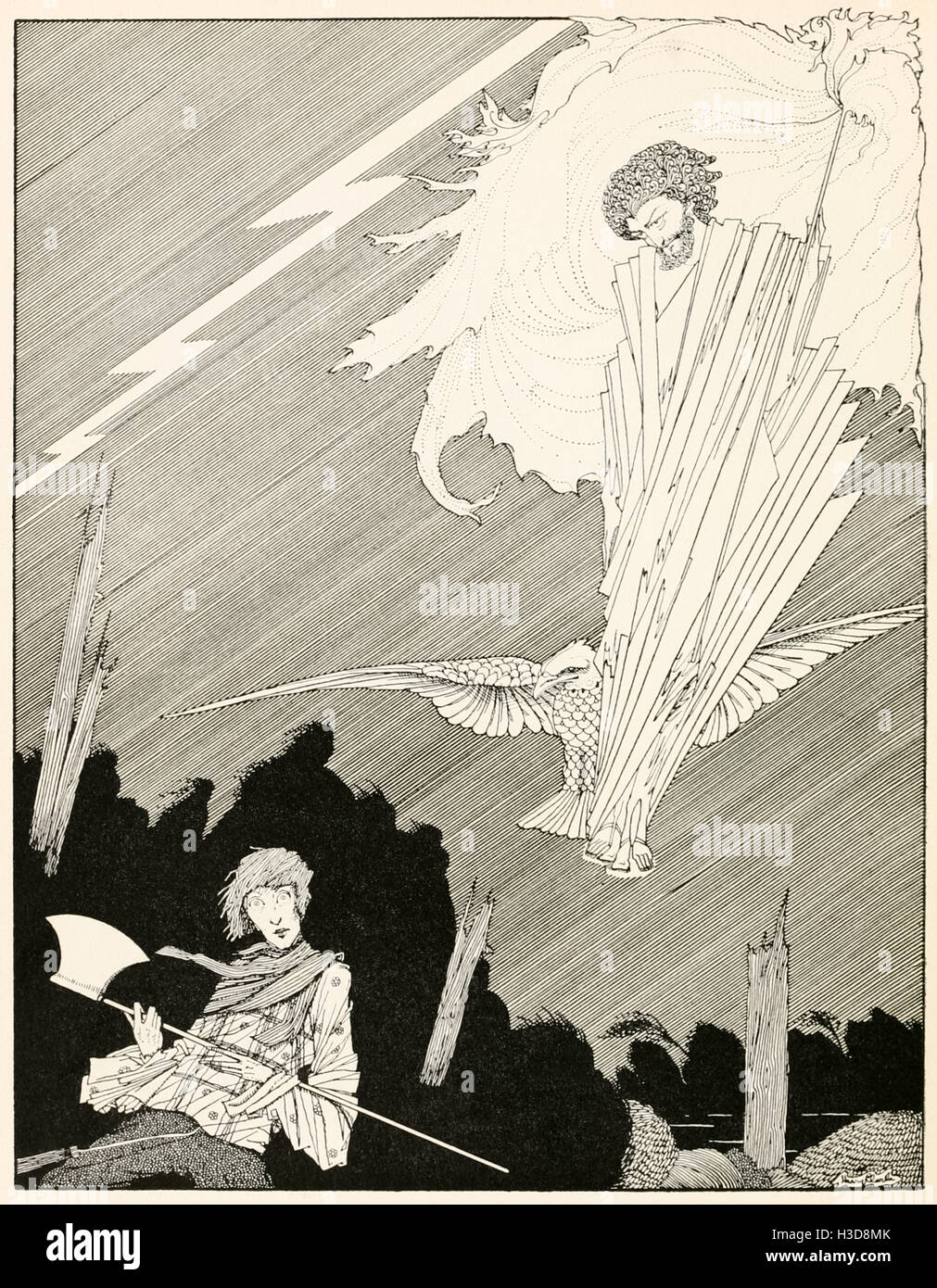 “Jupiter appeared before him wielding his mighty thunderbolts.” Illustration from ‘The Ridiculous Wishes’ by Harry Clarke (1889-1931). See description for more information. Stock Photohttps://www.alamy.com/image-license-details/?v=1https://www.alamy.com/stock-photo-jupiter-appeared-before-him-wielding-his-mighty-thunderbolts-illustration-122608771.html
“Jupiter appeared before him wielding his mighty thunderbolts.” Illustration from ‘The Ridiculous Wishes’ by Harry Clarke (1889-1931). See description for more information. Stock Photohttps://www.alamy.com/image-license-details/?v=1https://www.alamy.com/stock-photo-jupiter-appeared-before-him-wielding-his-mighty-thunderbolts-illustration-122608771.htmlRMH3D8MK–“Jupiter appeared before him wielding his mighty thunderbolts.” Illustration from ‘The Ridiculous Wishes’ by Harry Clarke (1889-1931). See description for more information.
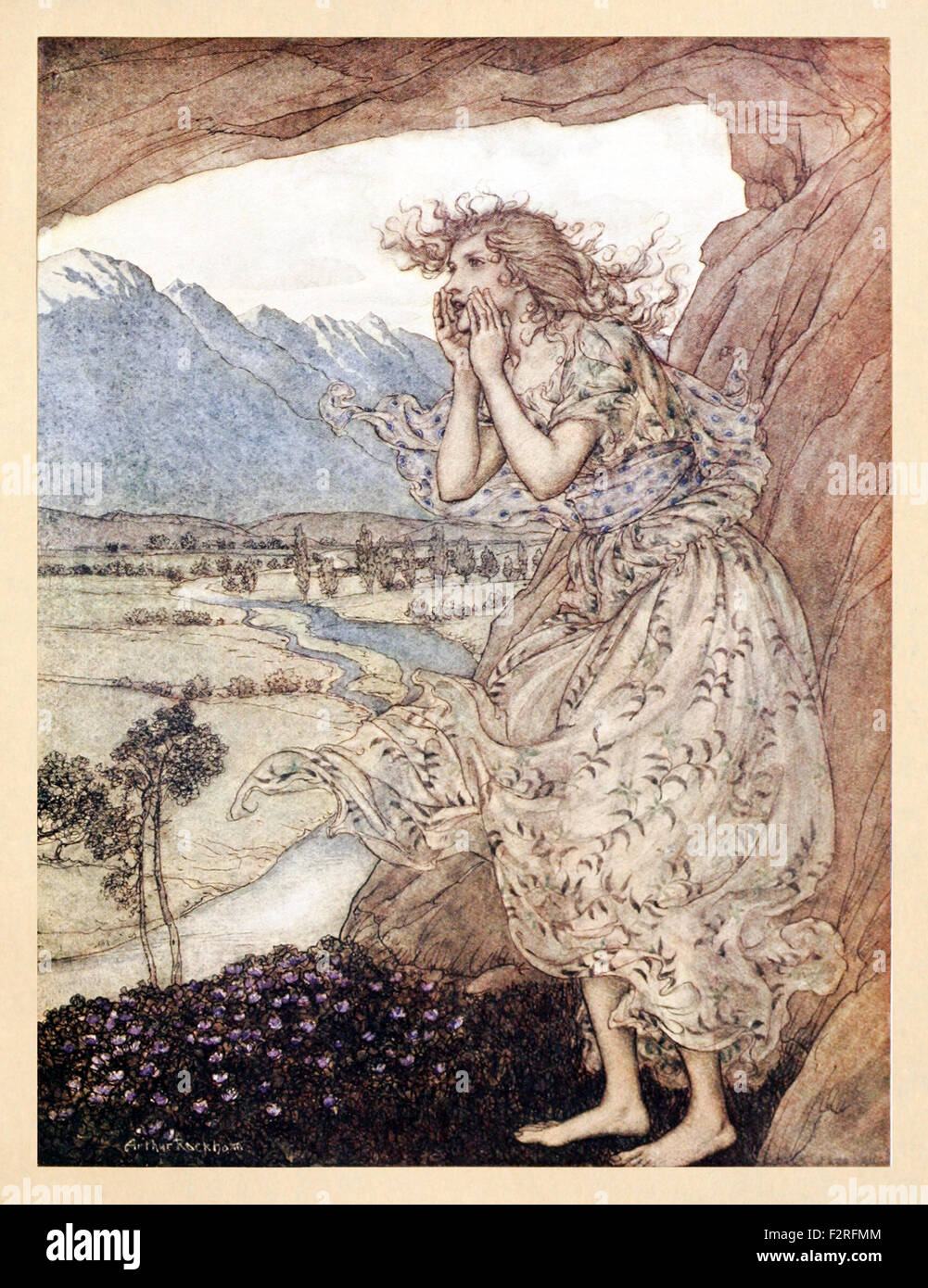 'Sweet Echo' from 'Comus' by John Milton, illustration by Arthur Rackham (1867-1939). See description for more information. Stock Photohttps://www.alamy.com/image-license-details/?v=1https://www.alamy.com/stock-photo-sweet-echo-from-comus-by-john-milton-illustration-by-arthur-rackham-87798388.html
'Sweet Echo' from 'Comus' by John Milton, illustration by Arthur Rackham (1867-1939). See description for more information. Stock Photohttps://www.alamy.com/image-license-details/?v=1https://www.alamy.com/stock-photo-sweet-echo-from-comus-by-john-milton-illustration-by-arthur-rackham-87798388.htmlRMF2RFMM–'Sweet Echo' from 'Comus' by John Milton, illustration by Arthur Rackham (1867-1939). See description for more information.
 'Calling shapes, and beckoning shadows dire' from 'Comus' by John Milton, illustration by Arthur Rackham (1867-1939). See description for more information. Stock Photohttps://www.alamy.com/image-license-details/?v=1https://www.alamy.com/stock-photo-calling-shapes-and-beckoning-shadows-dire-from-comus-by-john-milton-87798389.html
'Calling shapes, and beckoning shadows dire' from 'Comus' by John Milton, illustration by Arthur Rackham (1867-1939). See description for more information. Stock Photohttps://www.alamy.com/image-license-details/?v=1https://www.alamy.com/stock-photo-calling-shapes-and-beckoning-shadows-dire-from-comus-by-john-milton-87798389.htmlRMF2RFMN–'Calling shapes, and beckoning shadows dire' from 'Comus' by John Milton, illustration by Arthur Rackham (1867-1939). See description for more information.
 'The Water Nymphs, that in the bottom plaid, Held up their pearled wrists and took her in' from 'Comus' by John Milton, illustration by Arthur Rackham (1867-1939). See description for more information. Stock Photohttps://www.alamy.com/image-license-details/?v=1https://www.alamy.com/stock-photo-the-water-nymphs-that-in-the-bottom-plaid-held-up-their-pearled-wrists-87798374.html
'The Water Nymphs, that in the bottom plaid, Held up their pearled wrists and took her in' from 'Comus' by John Milton, illustration by Arthur Rackham (1867-1939). See description for more information. Stock Photohttps://www.alamy.com/image-license-details/?v=1https://www.alamy.com/stock-photo-the-water-nymphs-that-in-the-bottom-plaid-held-up-their-pearled-wrists-87798374.htmlRMF2RFM6–'The Water Nymphs, that in the bottom plaid, Held up their pearled wrists and took her in' from 'Comus' by John Milton, illustration by Arthur Rackham (1867-1939). See description for more information.
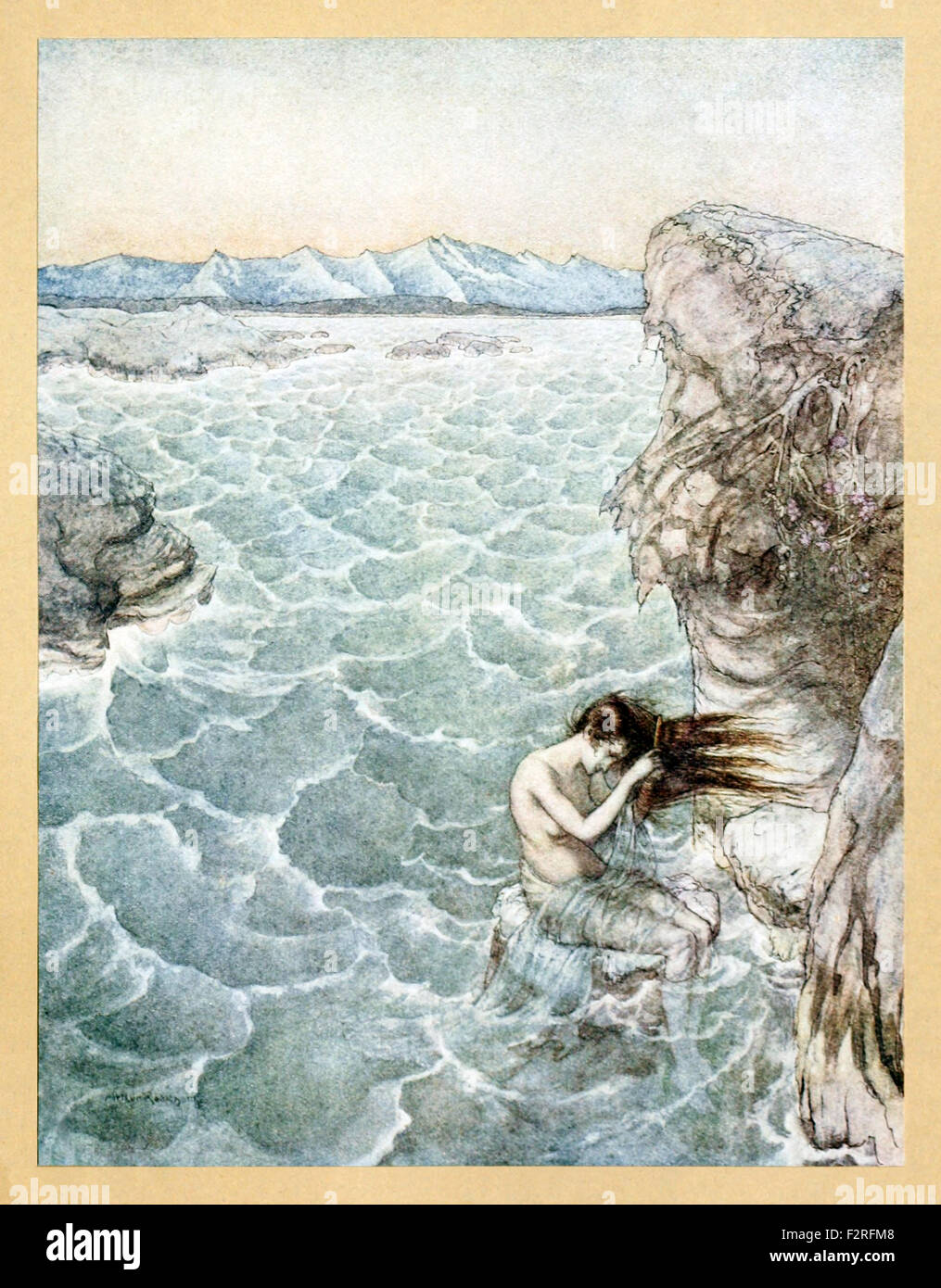 'Fair Ligea' from 'Comus' by John Milton, illustration by Arthur Rackham (1867-1939). See description for more information. Stock Photohttps://www.alamy.com/image-license-details/?v=1https://www.alamy.com/stock-photo-fair-ligea-from-comus-by-john-milton-illustration-by-arthur-rackham-87798376.html
'Fair Ligea' from 'Comus' by John Milton, illustration by Arthur Rackham (1867-1939). See description for more information. Stock Photohttps://www.alamy.com/image-license-details/?v=1https://www.alamy.com/stock-photo-fair-ligea-from-comus-by-john-milton-illustration-by-arthur-rackham-87798376.htmlRMF2RFM8–'Fair Ligea' from 'Comus' by John Milton, illustration by Arthur Rackham (1867-1939). See description for more information.
 'Sabrina fair, Listen where thou art sitting' from 'Comus' by John Milton, illustration by Arthur Rackham (1867-1939). See description for more information. Stock Photohttps://www.alamy.com/image-license-details/?v=1https://www.alamy.com/stock-photo-sabrina-fair-listen-where-thou-art-sitting-from-comus-by-john-milton-87798373.html
'Sabrina fair, Listen where thou art sitting' from 'Comus' by John Milton, illustration by Arthur Rackham (1867-1939). See description for more information. Stock Photohttps://www.alamy.com/image-license-details/?v=1https://www.alamy.com/stock-photo-sabrina-fair-listen-where-thou-art-sitting-from-comus-by-john-milton-87798373.htmlRMF2RFM5–'Sabrina fair, Listen where thou art sitting' from 'Comus' by John Milton, illustration by Arthur Rackham (1867-1939). See description for more information.
 Charles James Folkard (1878-1963) illustration, Lewis Carroll's ‘Songs from Alice in Wonderland and Through the Looking-Glass' Stock Photohttps://www.alamy.com/image-license-details/?v=1https://www.alamy.com/charles-james-folkard-1878-1963-illustration-lewis-carrolls-songs-image68708281.html
Charles James Folkard (1878-1963) illustration, Lewis Carroll's ‘Songs from Alice in Wonderland and Through the Looking-Glass' Stock Photohttps://www.alamy.com/image-license-details/?v=1https://www.alamy.com/charles-james-folkard-1878-1963-illustration-lewis-carrolls-songs-image68708281.htmlRMDYNX35–Charles James Folkard (1878-1963) illustration, Lewis Carroll's ‘Songs from Alice in Wonderland and Through the Looking-Glass'
 'The thumping of his big boots grew as continuous as the pattering of hailstones on a roof, and the wind of his passage blew trees down.' from 'The Carl of the Drab Coat' in 'Irish Fairy Tales', illustration by Arthur Rackham (1867-1939). See description for more information. Stock Photohttps://www.alamy.com/image-license-details/?v=1https://www.alamy.com/stock-photo-the-thumping-of-his-big-boots-grew-as-continuous-as-the-pattering-88286224.html
'The thumping of his big boots grew as continuous as the pattering of hailstones on a roof, and the wind of his passage blew trees down.' from 'The Carl of the Drab Coat' in 'Irish Fairy Tales', illustration by Arthur Rackham (1867-1939). See description for more information. Stock Photohttps://www.alamy.com/image-license-details/?v=1https://www.alamy.com/stock-photo-the-thumping-of-his-big-boots-grew-as-continuous-as-the-pattering-88286224.htmlRMF3HNYC–'The thumping of his big boots grew as continuous as the pattering of hailstones on a roof, and the wind of his passage blew trees down.' from 'The Carl of the Drab Coat' in 'Irish Fairy Tales', illustration by Arthur Rackham (1867-1939). See description for more information.
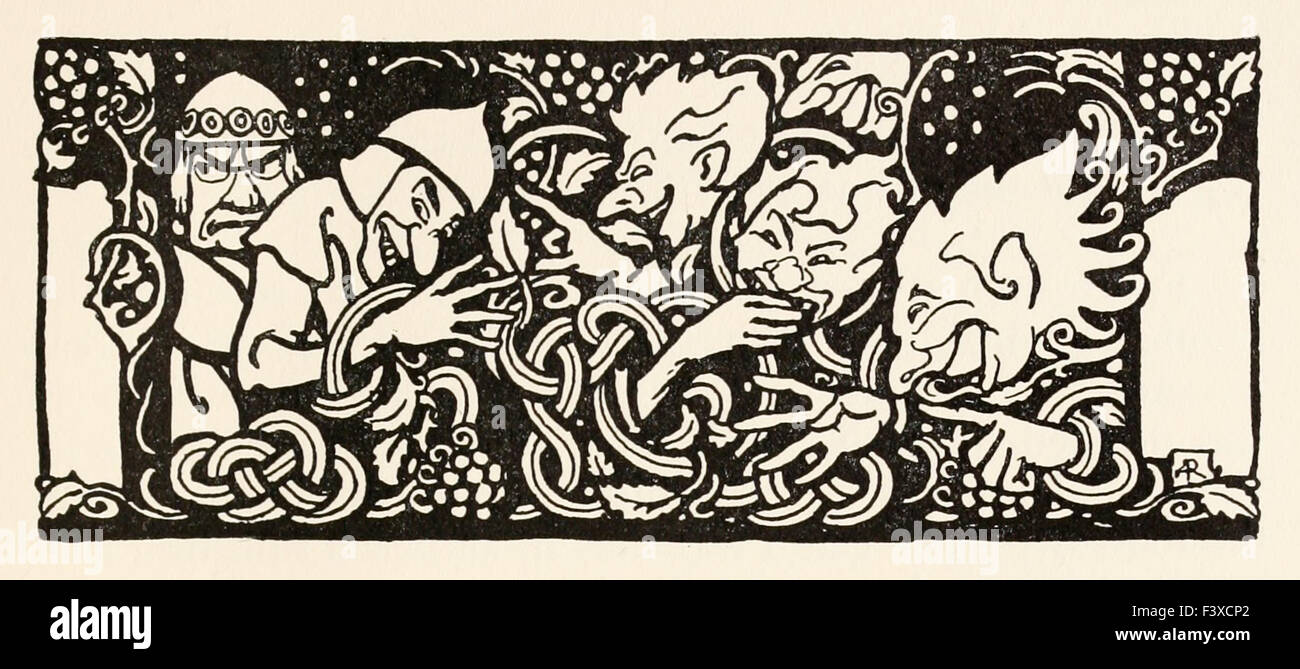 Becfola in her chariot from 'The Wooing of Becfola' in 'Irish Fairy Tales', illustration by Arthur Rackham (1867-1939). See desc Stock Photohttps://www.alamy.com/image-license-details/?v=1https://www.alamy.com/stock-photo-becfola-in-her-chariot-from-the-wooing-of-becfola-in-irish-fairy-tales-88476586.html
Becfola in her chariot from 'The Wooing of Becfola' in 'Irish Fairy Tales', illustration by Arthur Rackham (1867-1939). See desc Stock Photohttps://www.alamy.com/image-license-details/?v=1https://www.alamy.com/stock-photo-becfola-in-her-chariot-from-the-wooing-of-becfola-in-irish-fairy-tales-88476586.htmlRMF3XCP2–Becfola in her chariot from 'The Wooing of Becfola' in 'Irish Fairy Tales', illustration by Arthur Rackham (1867-1939). See desc